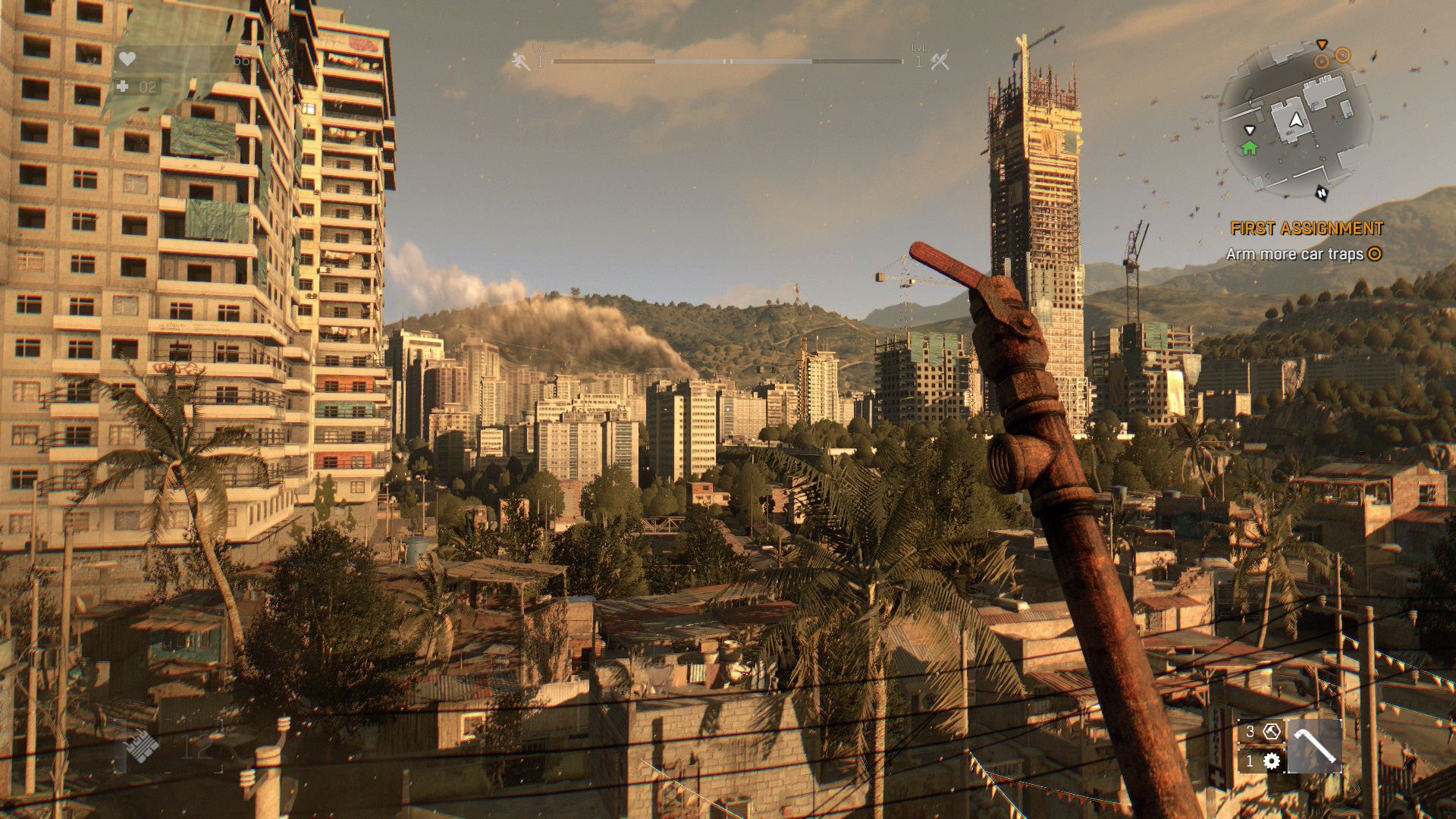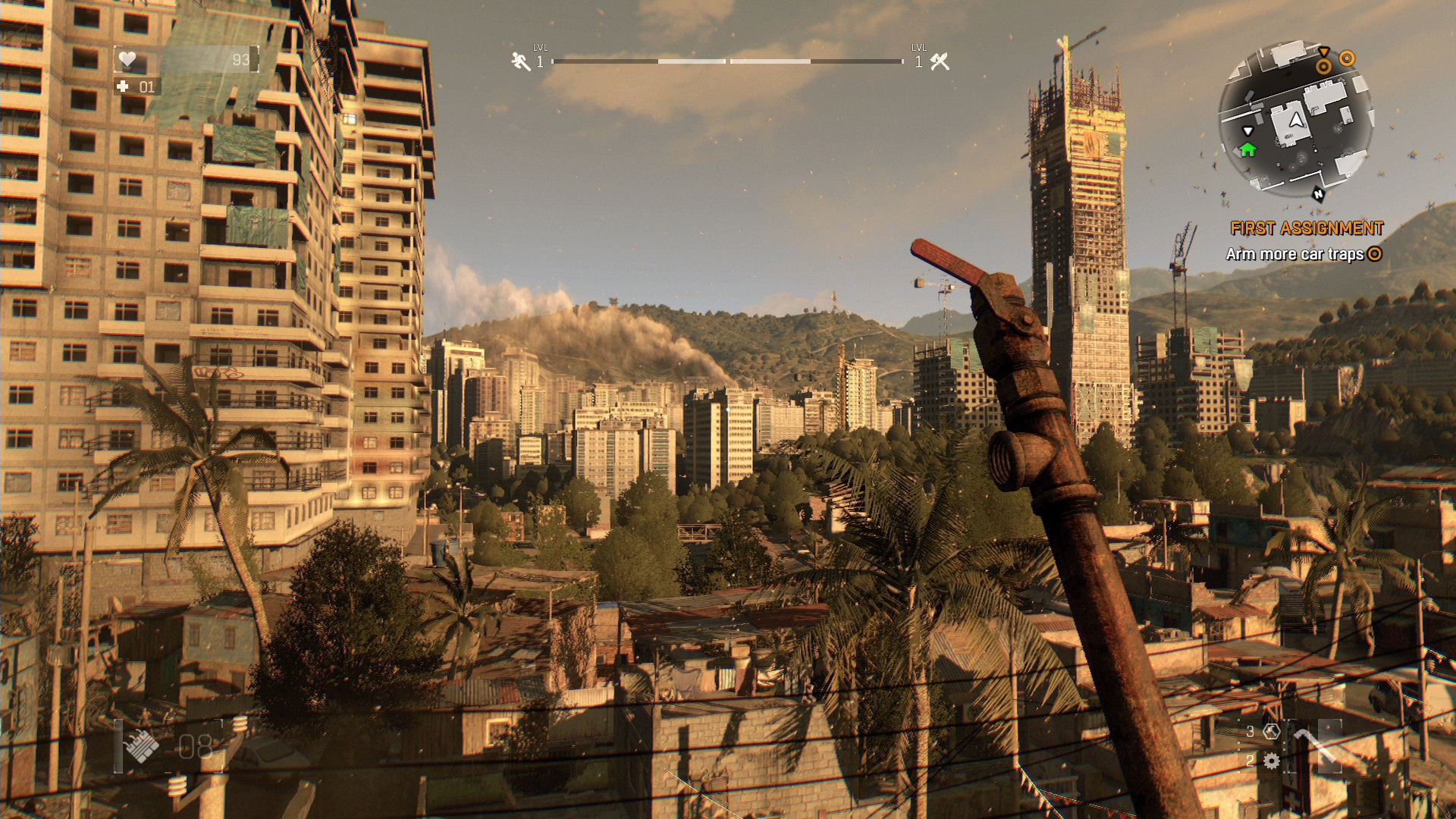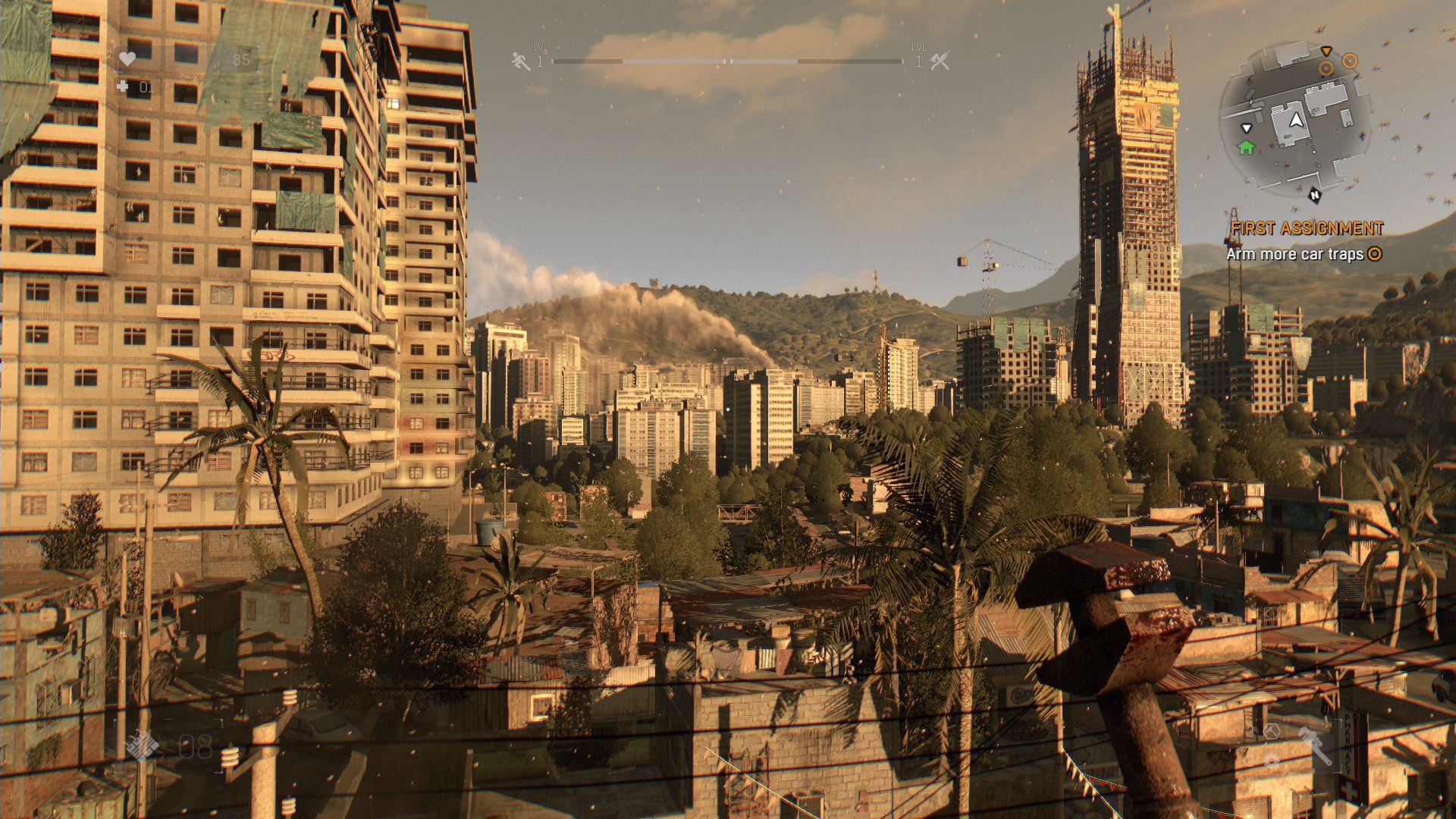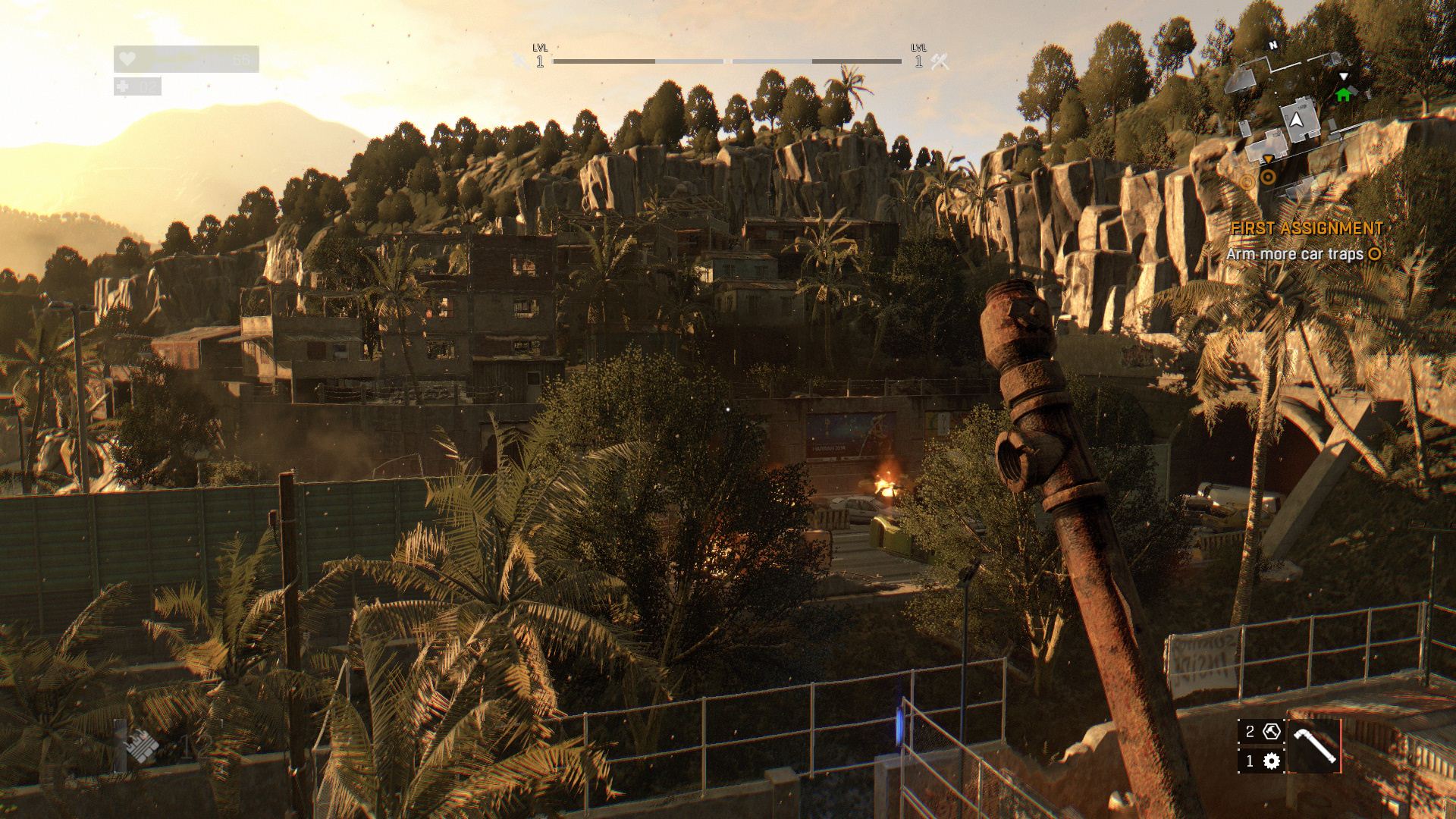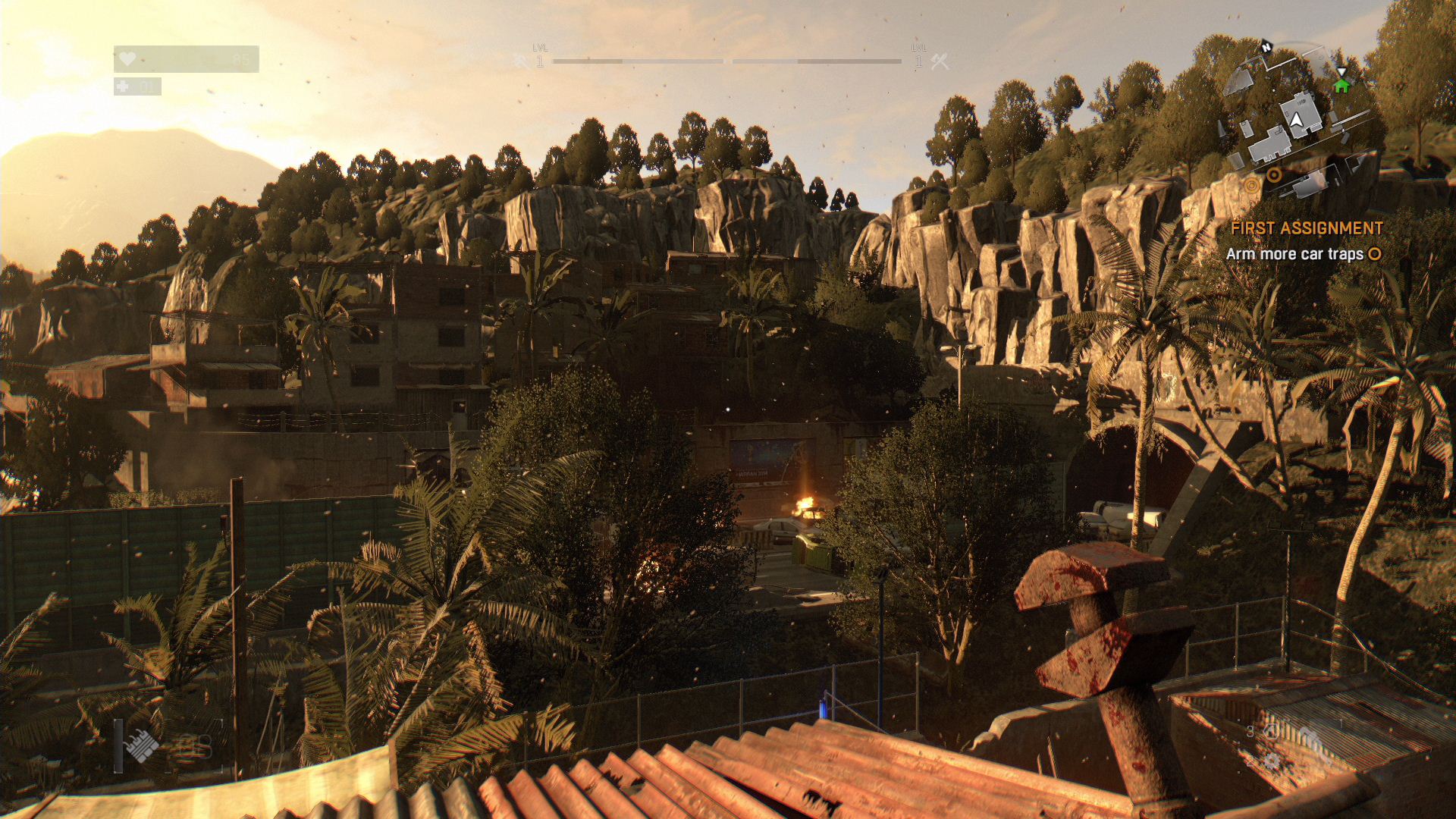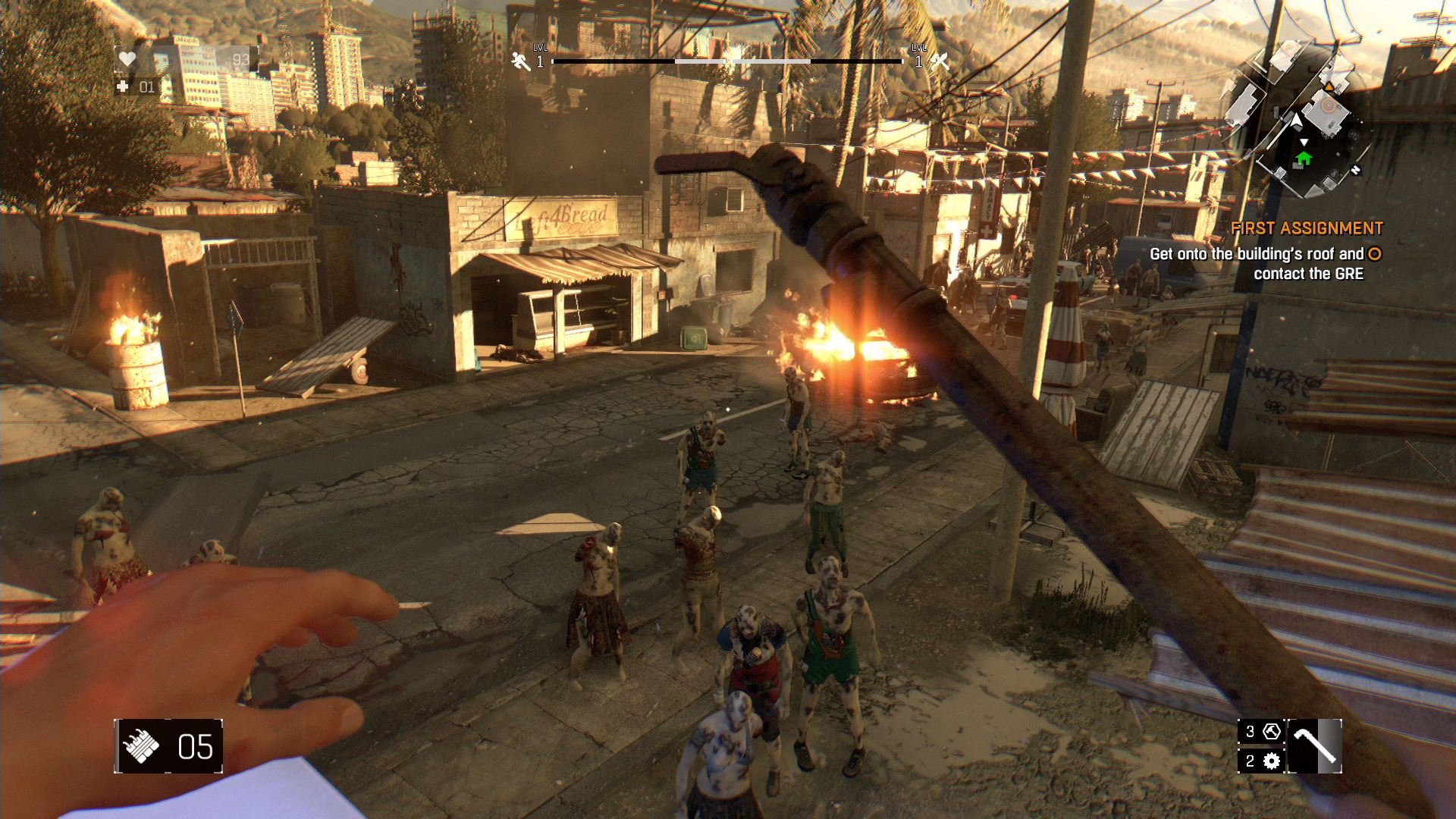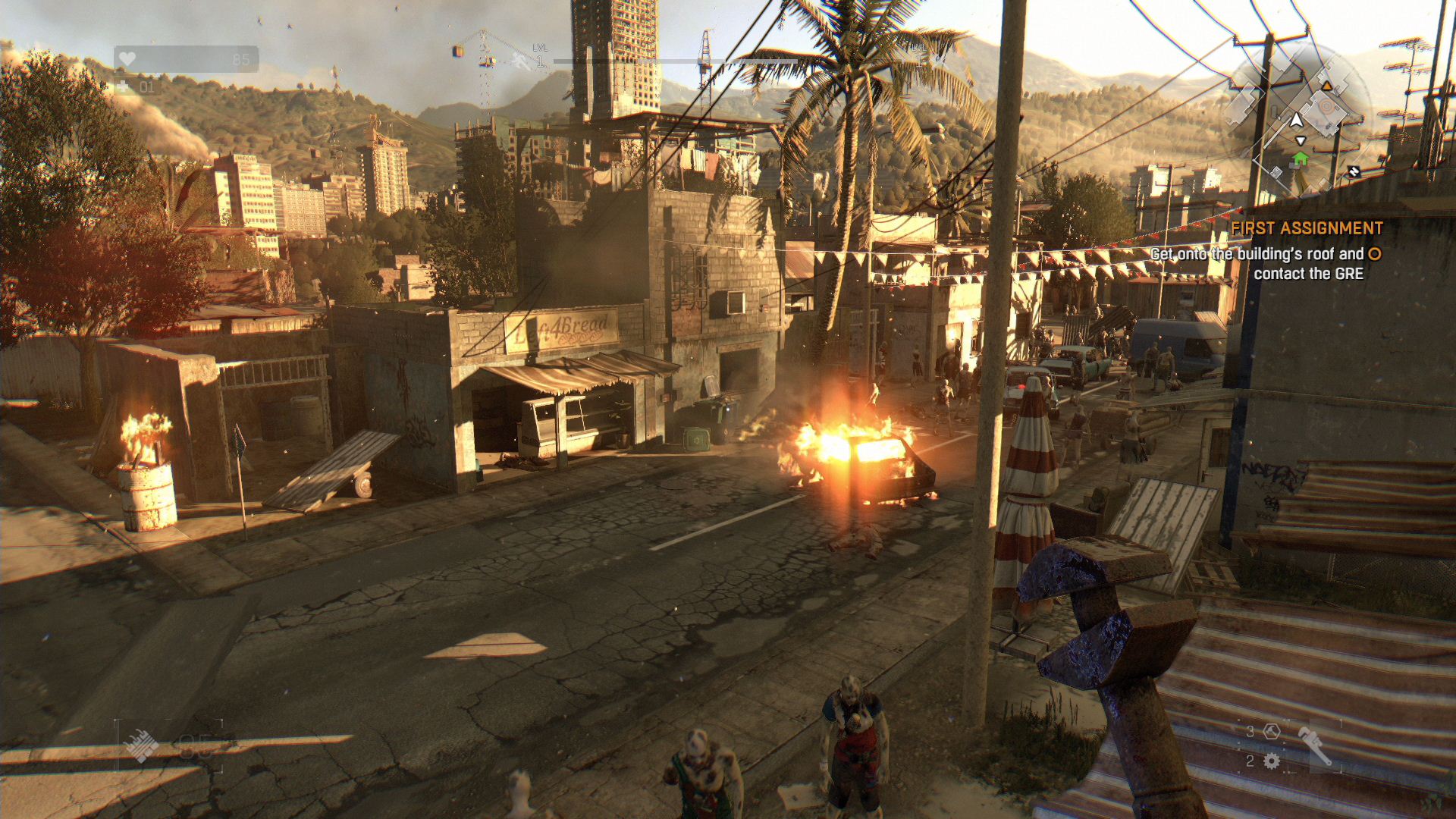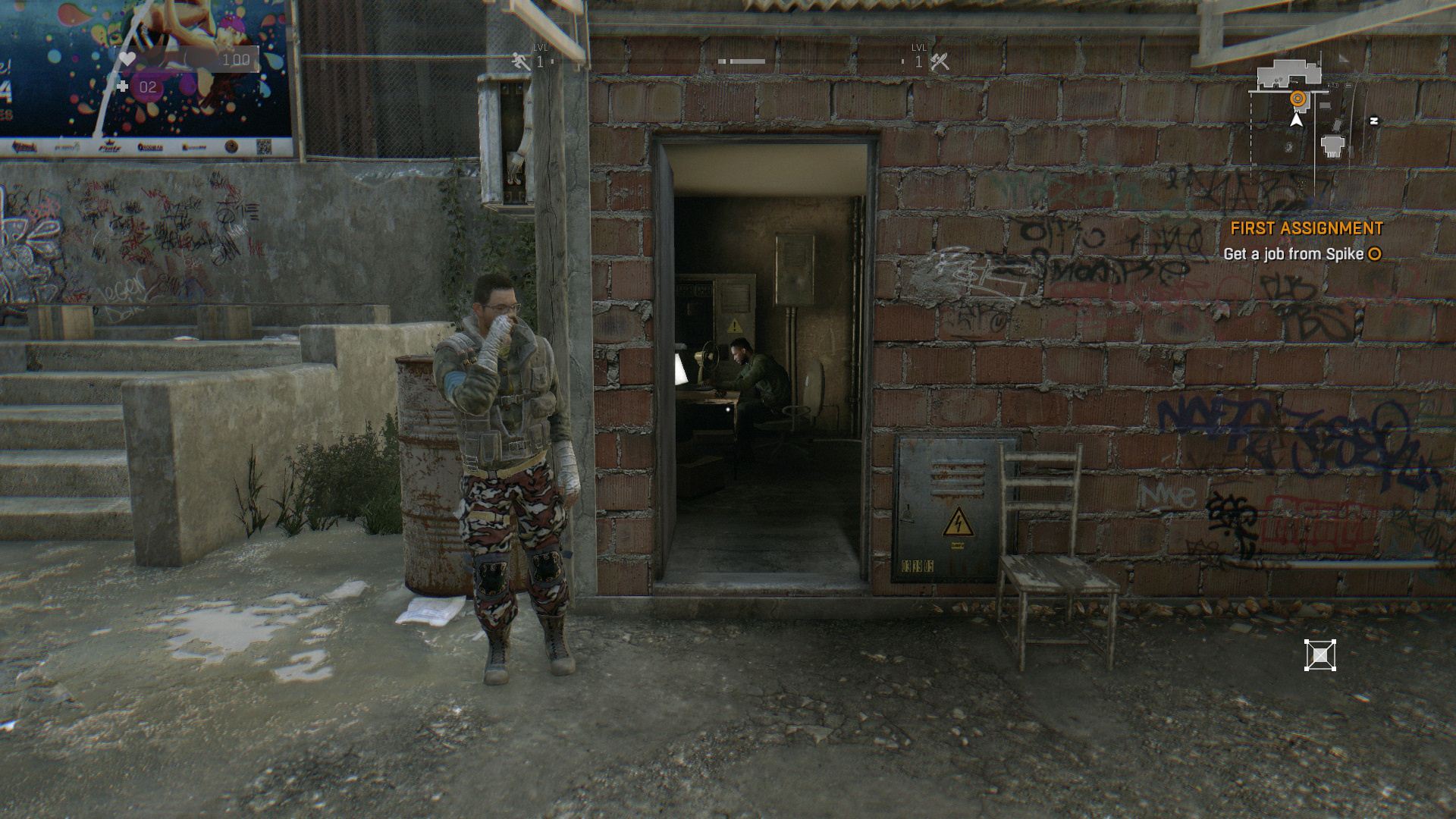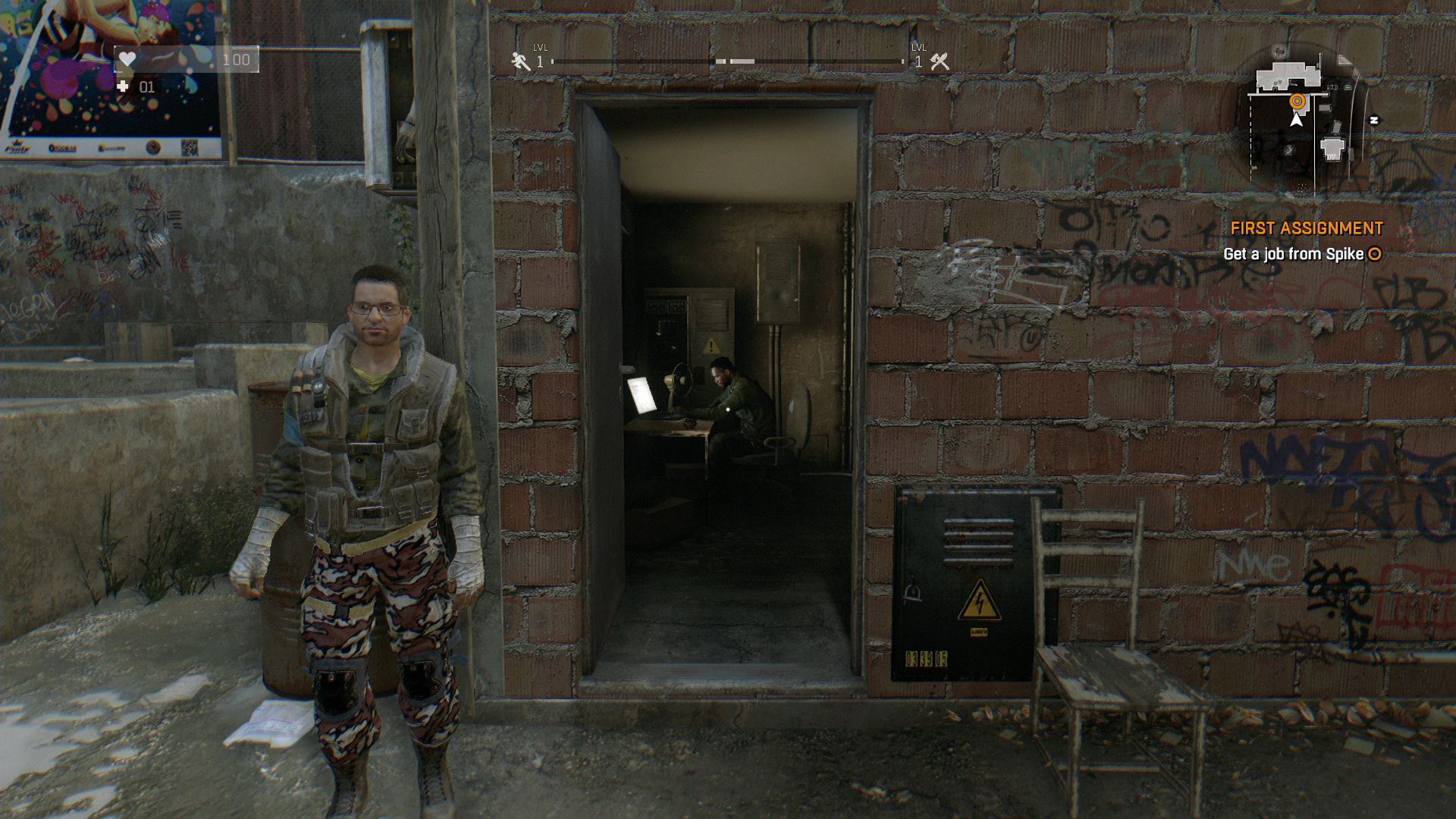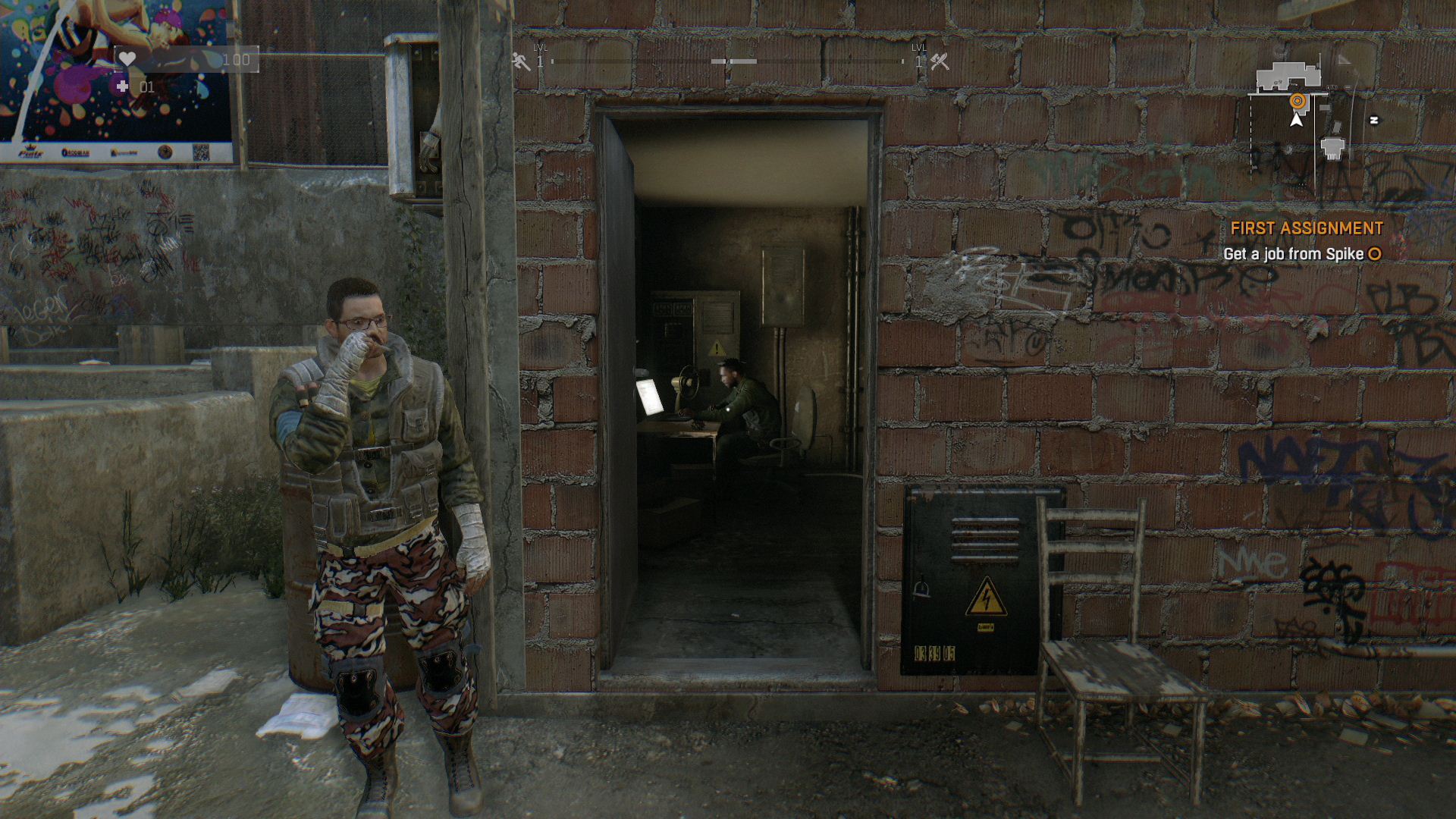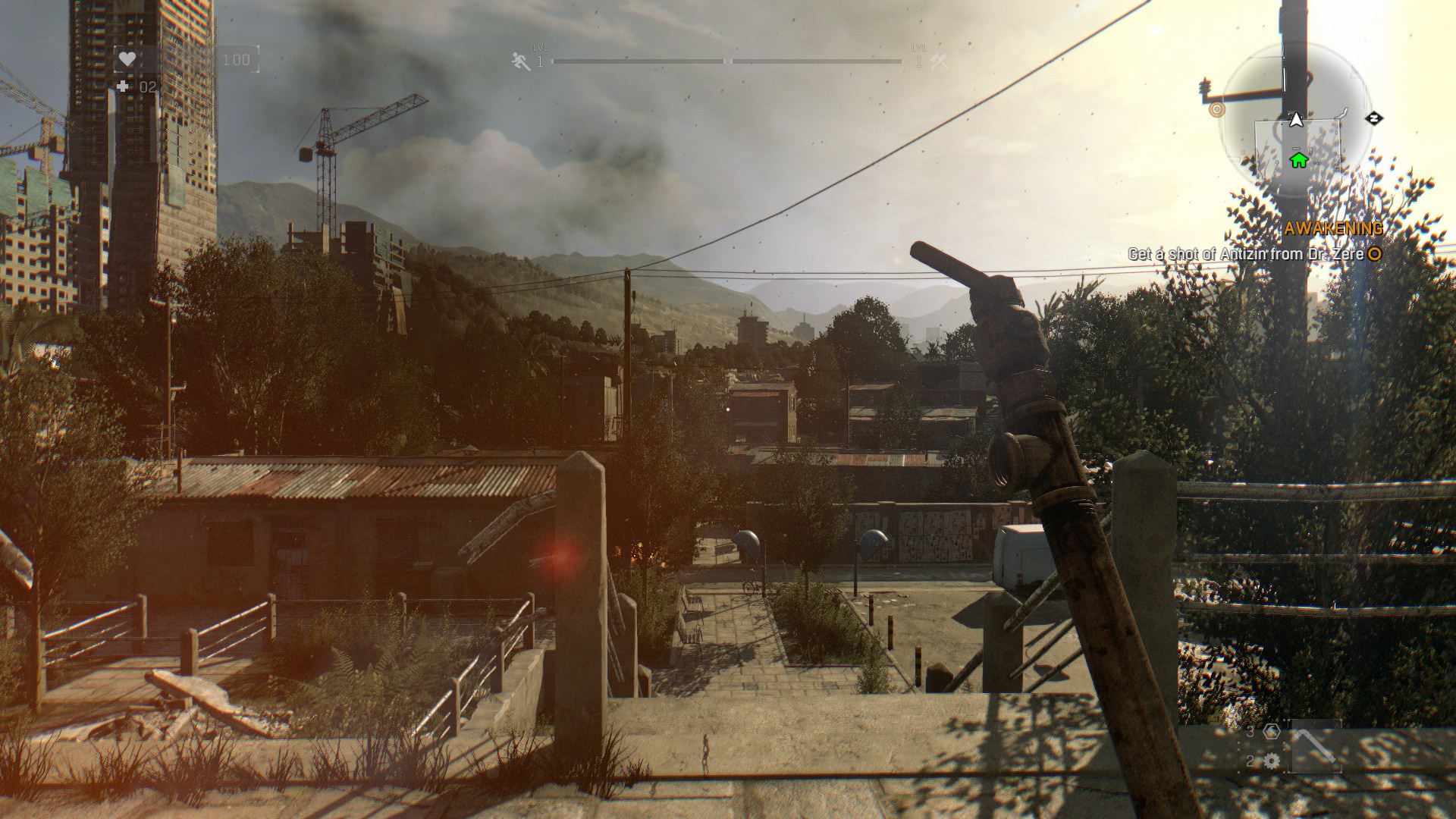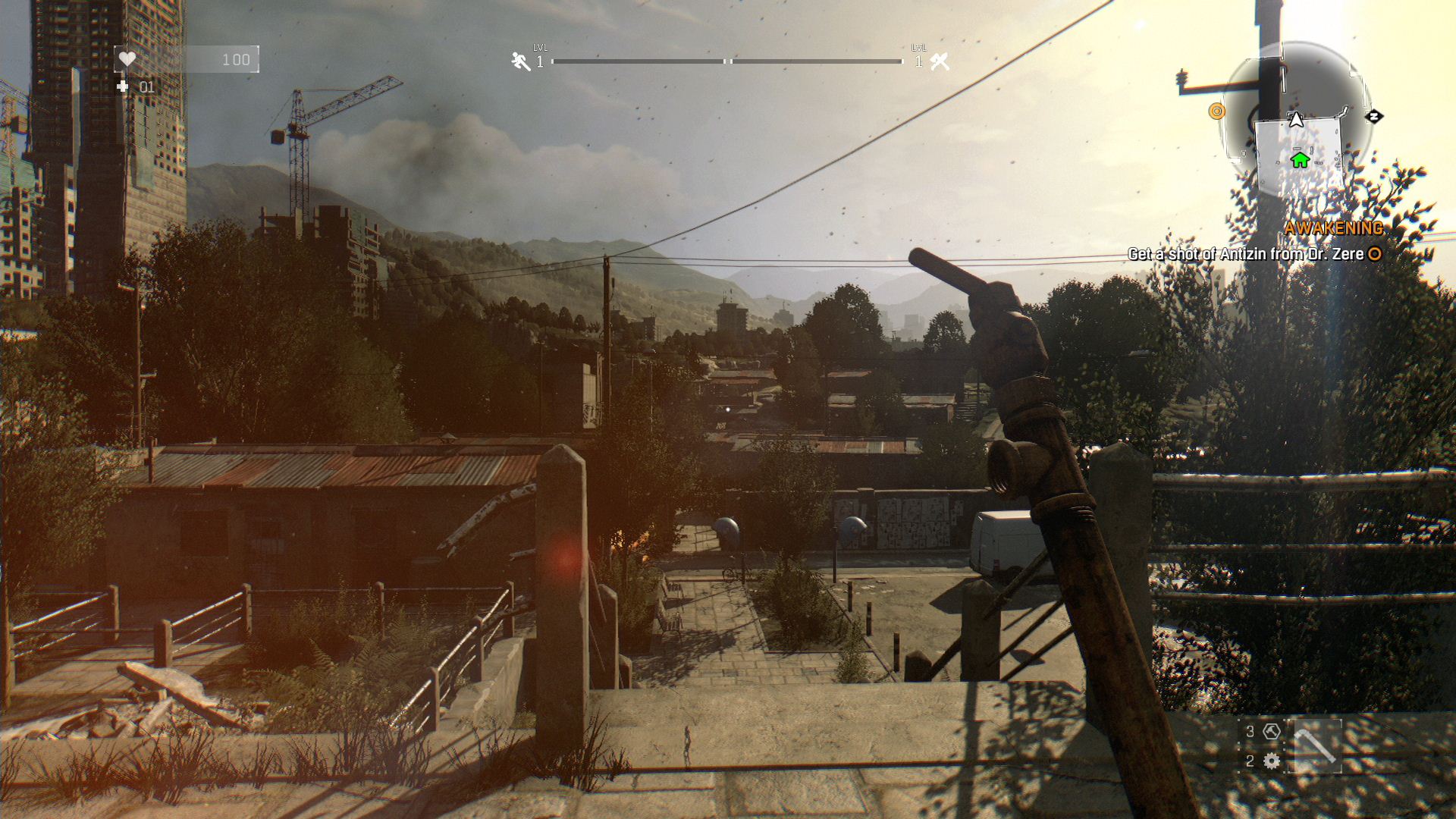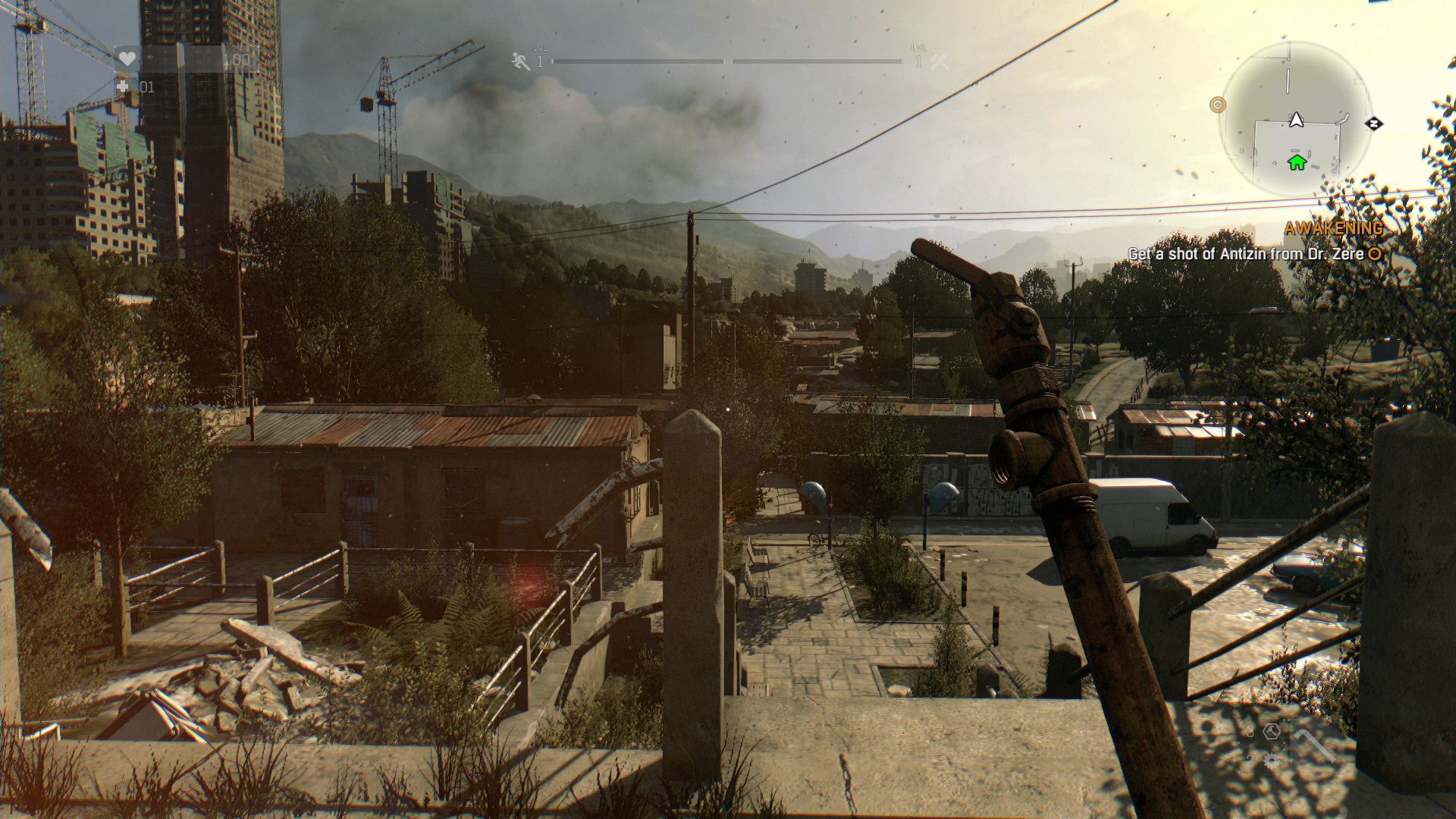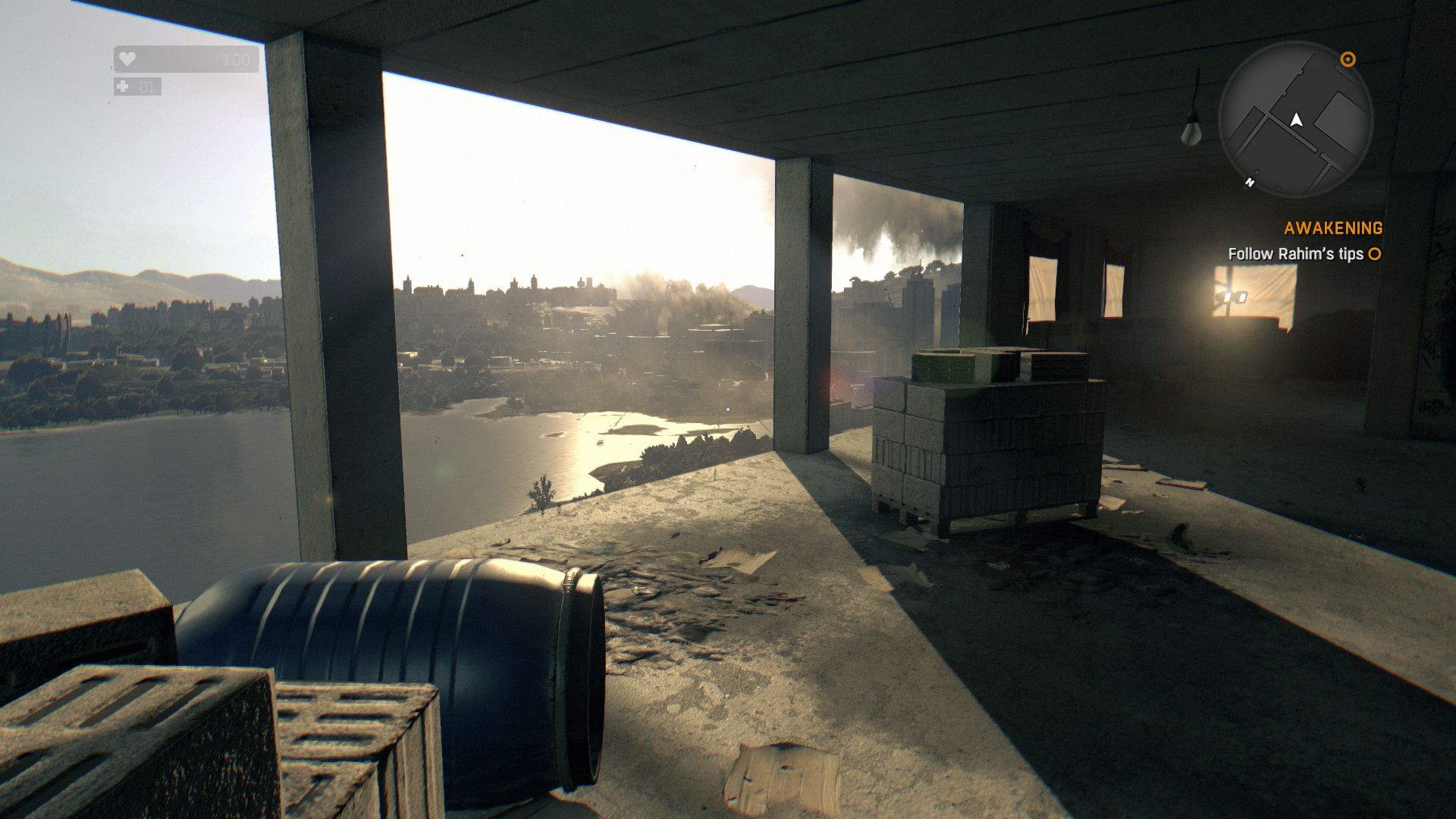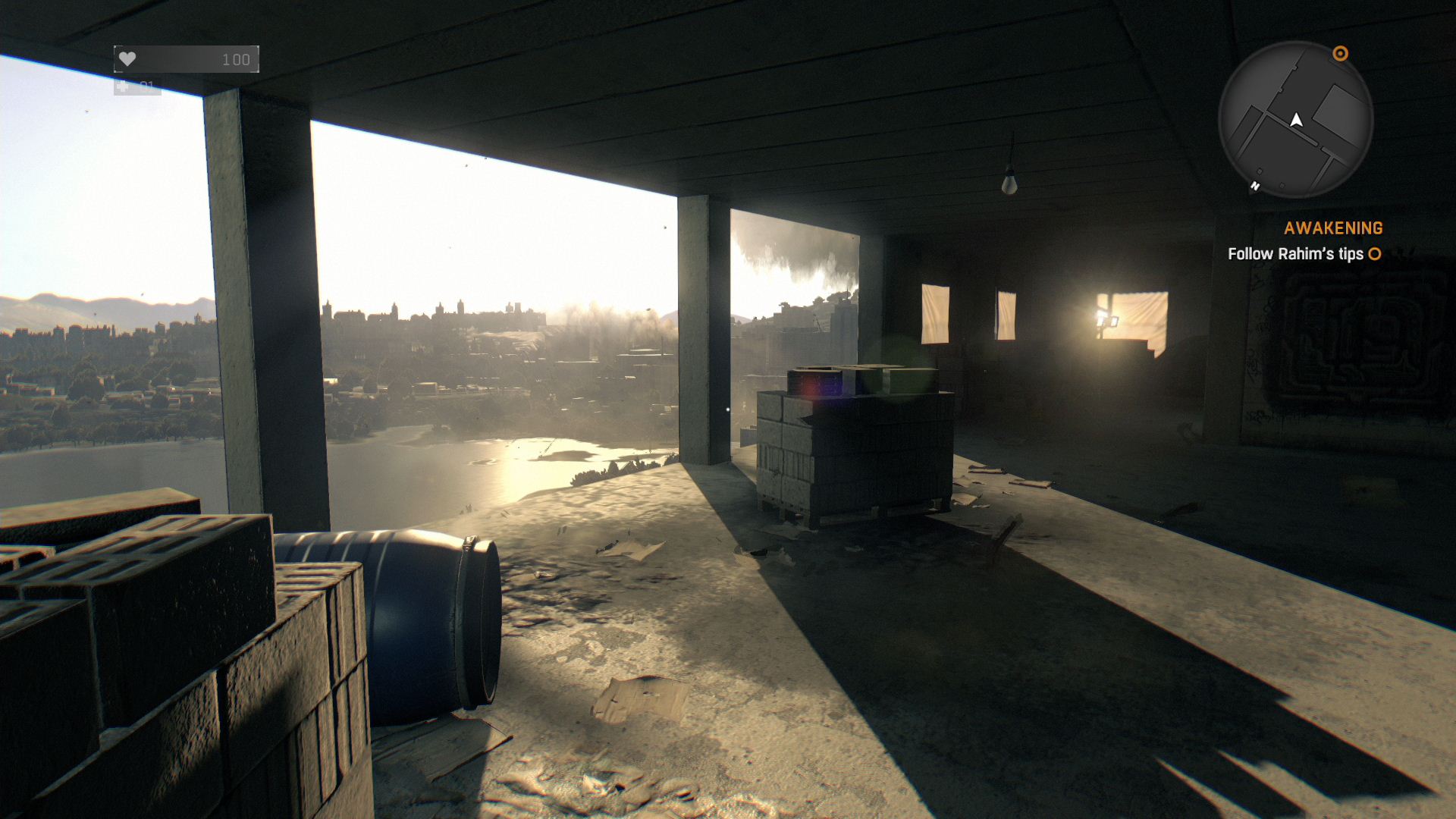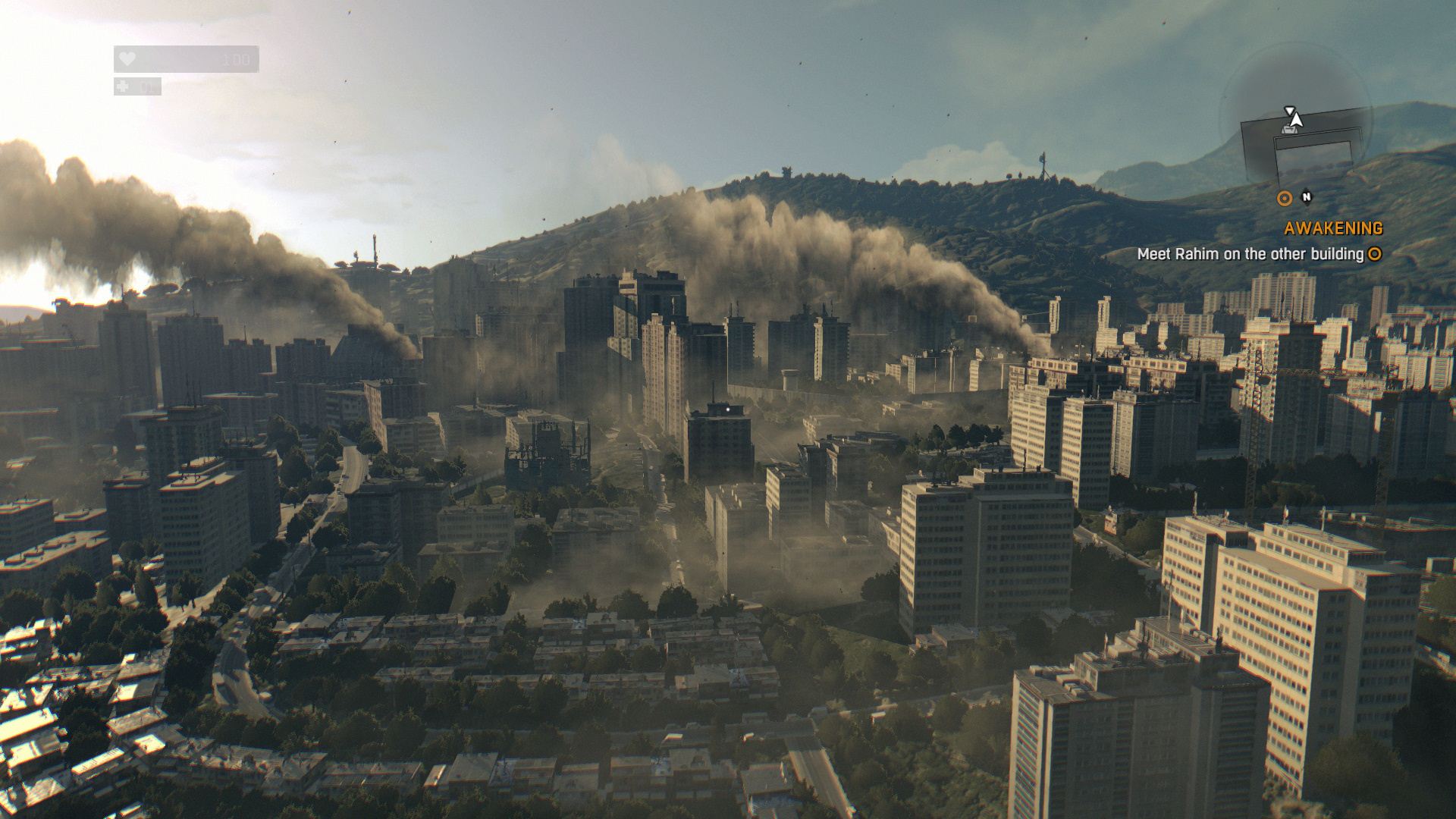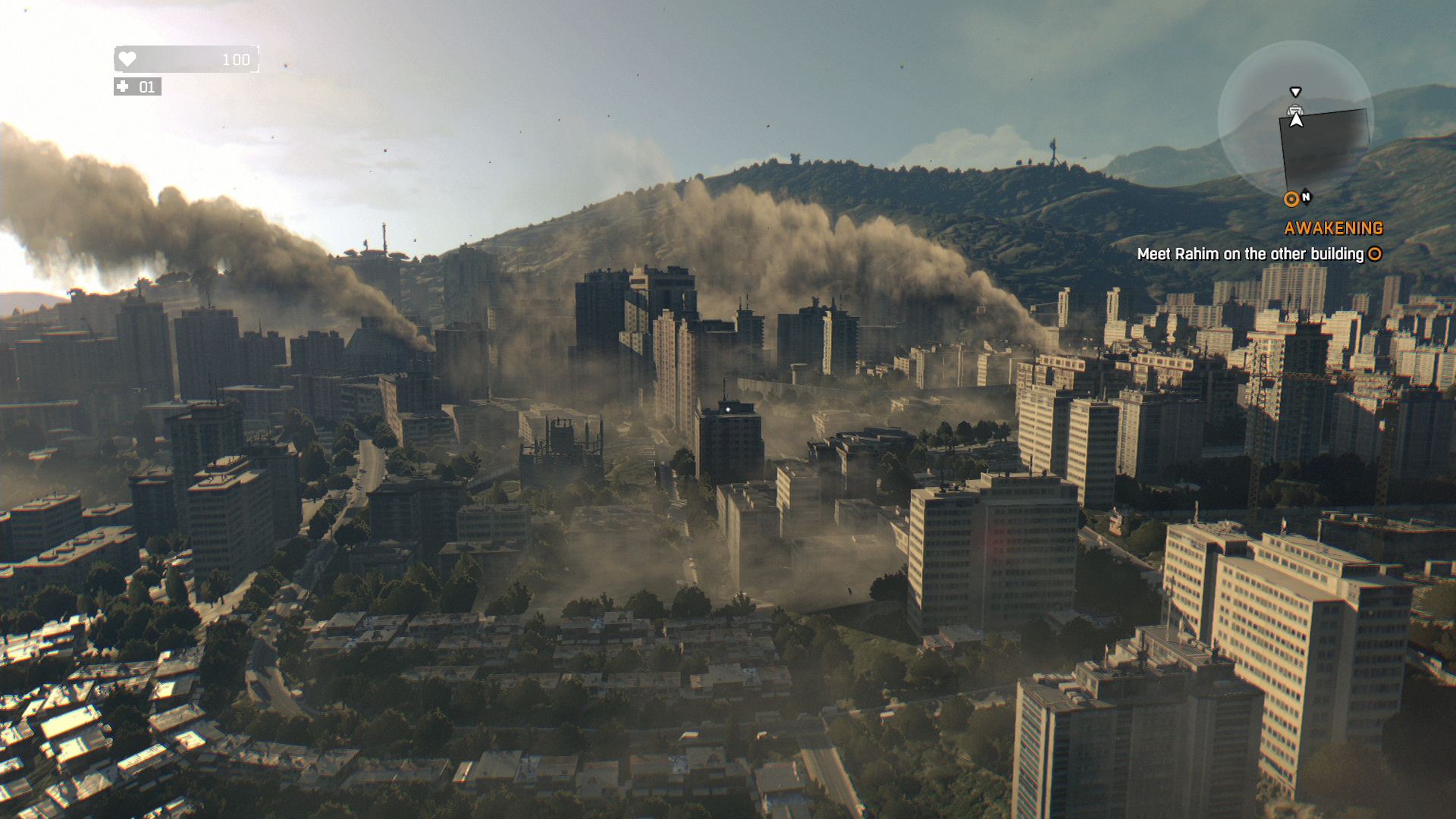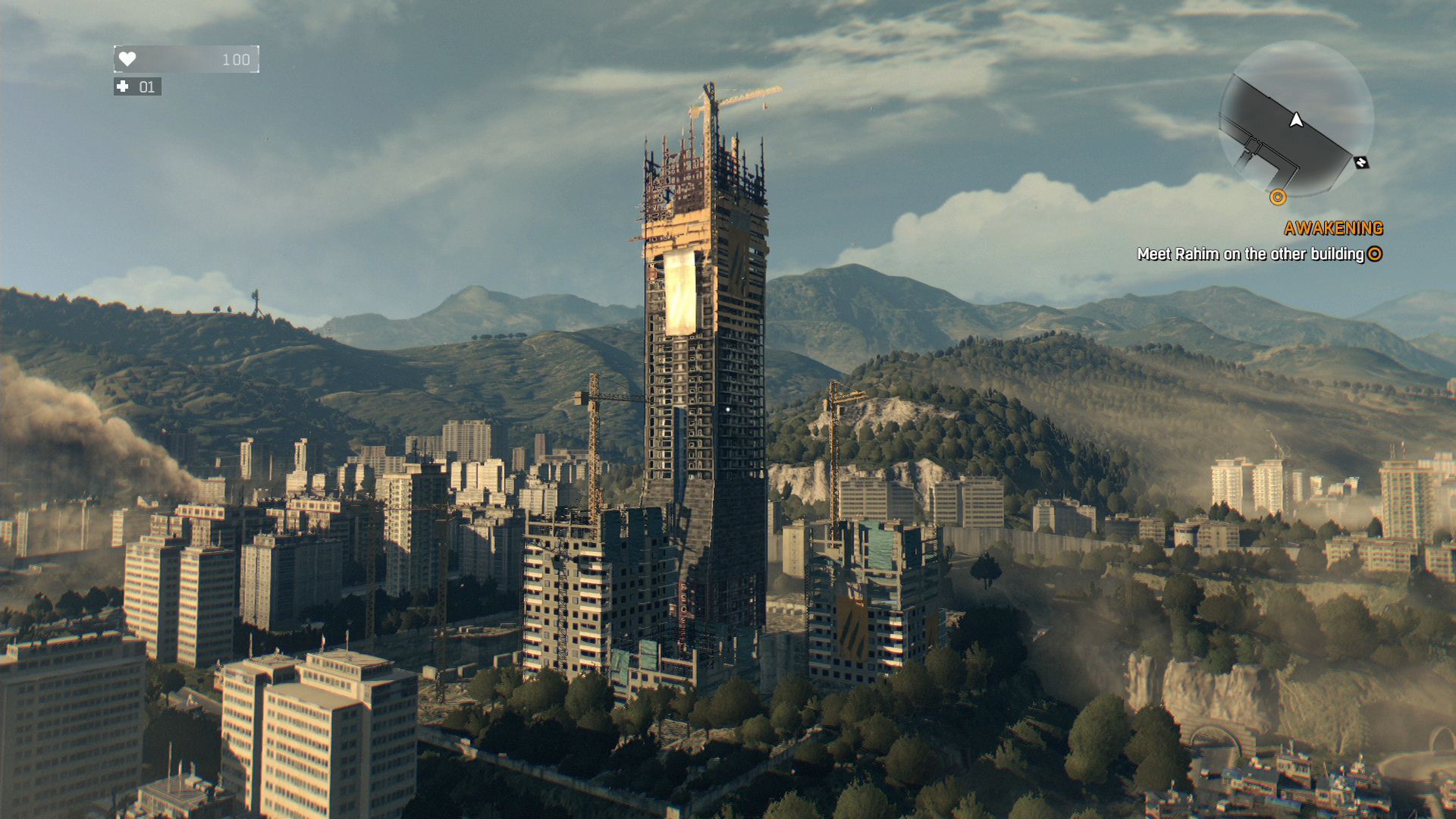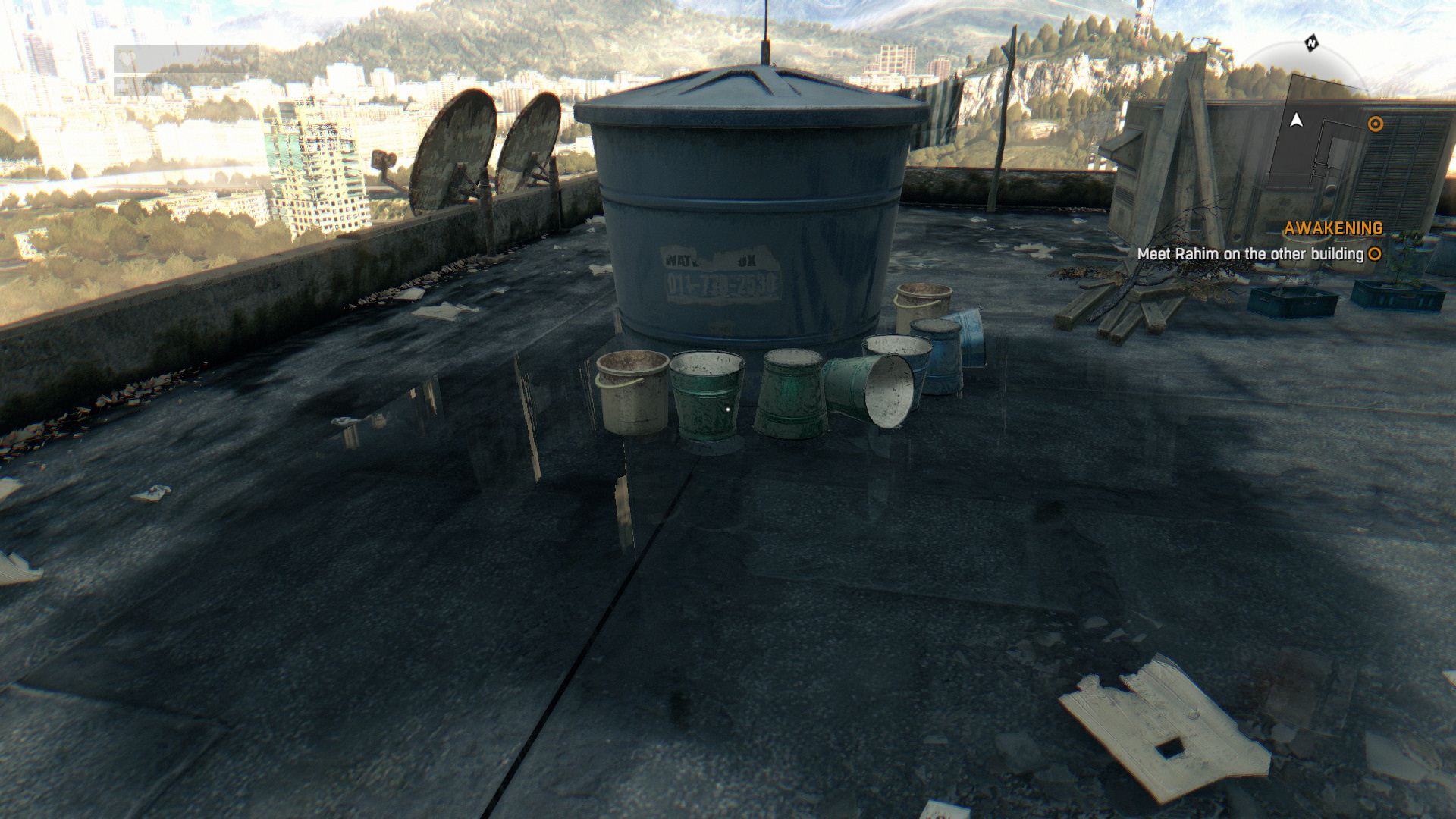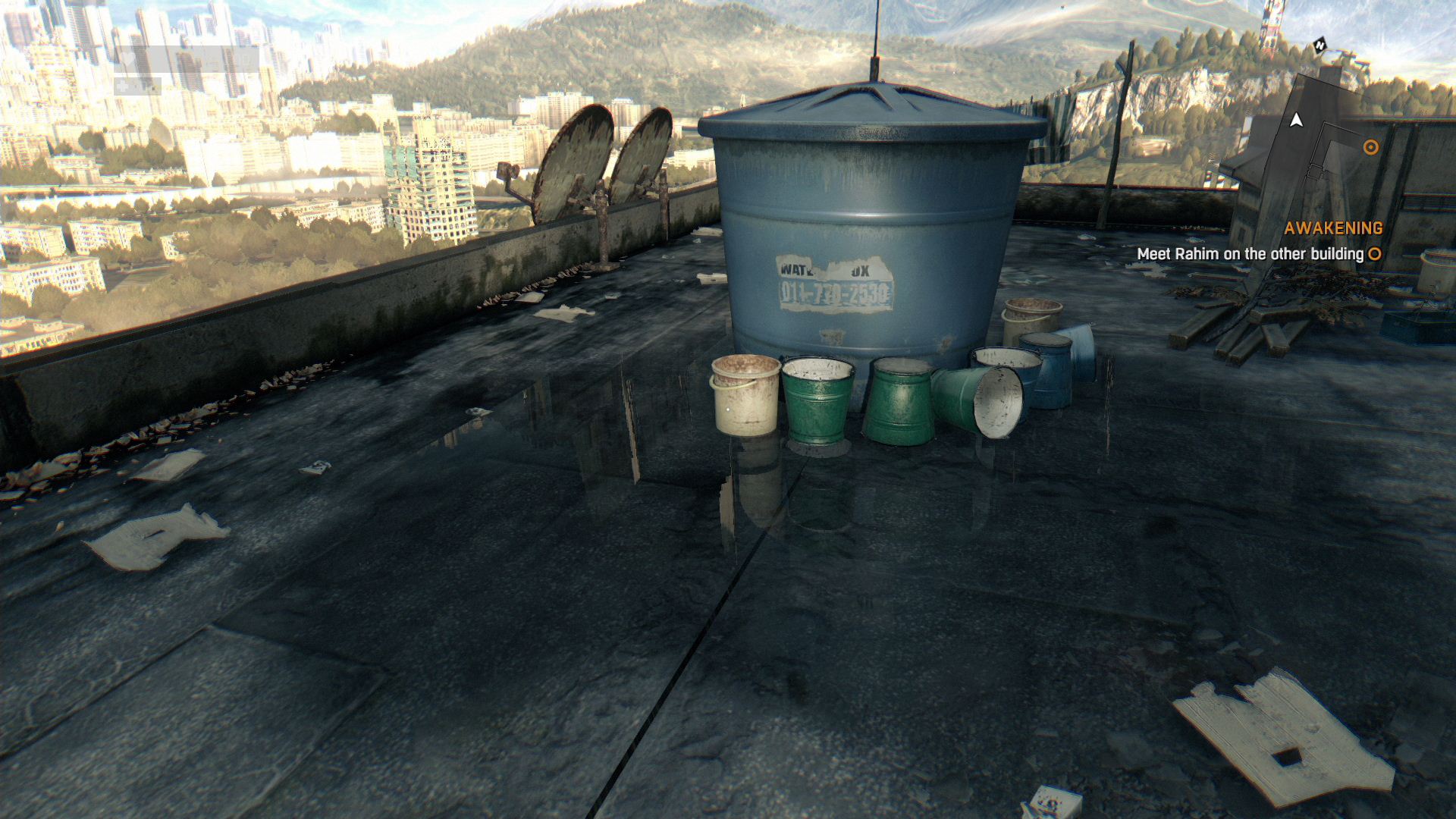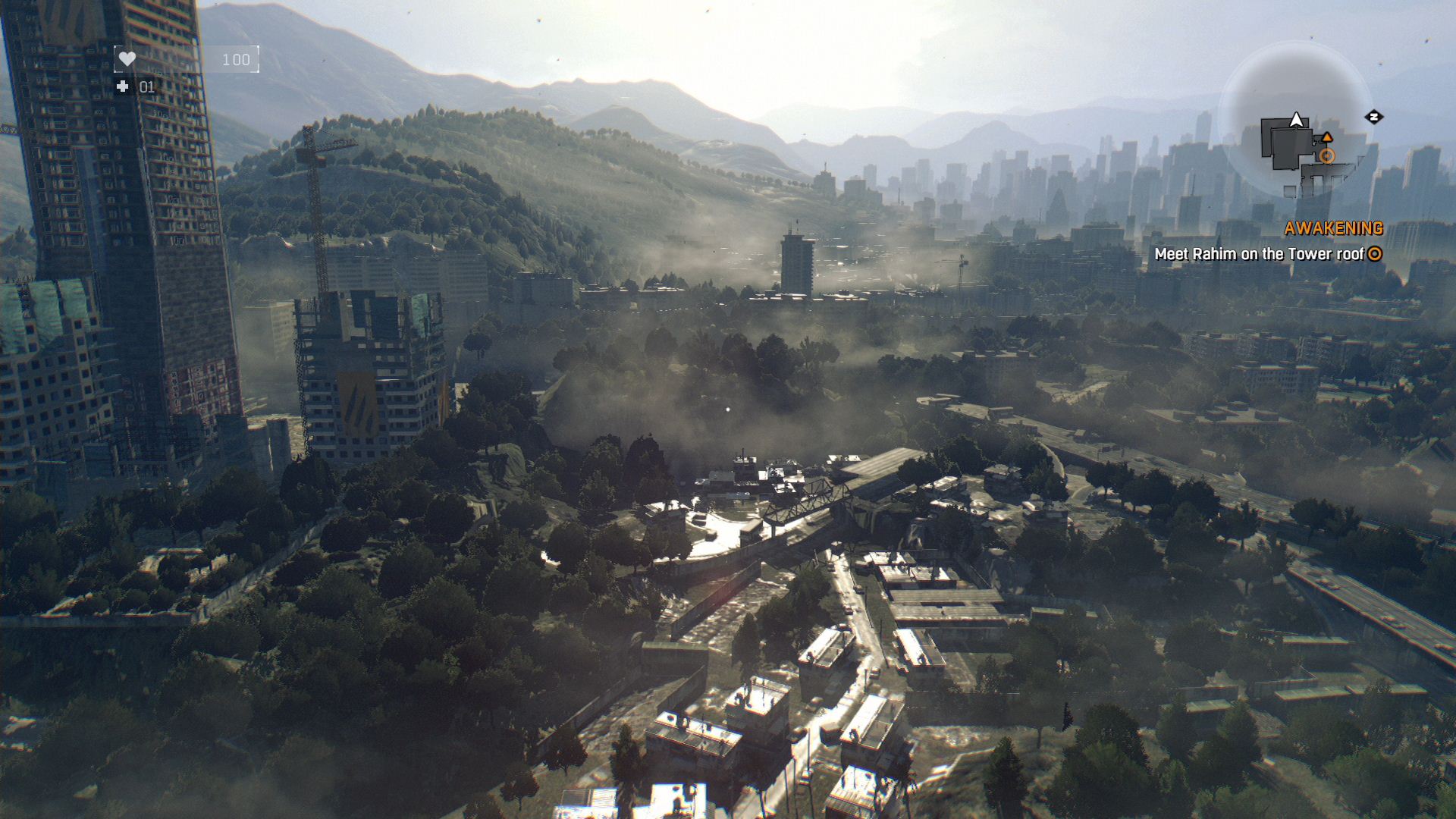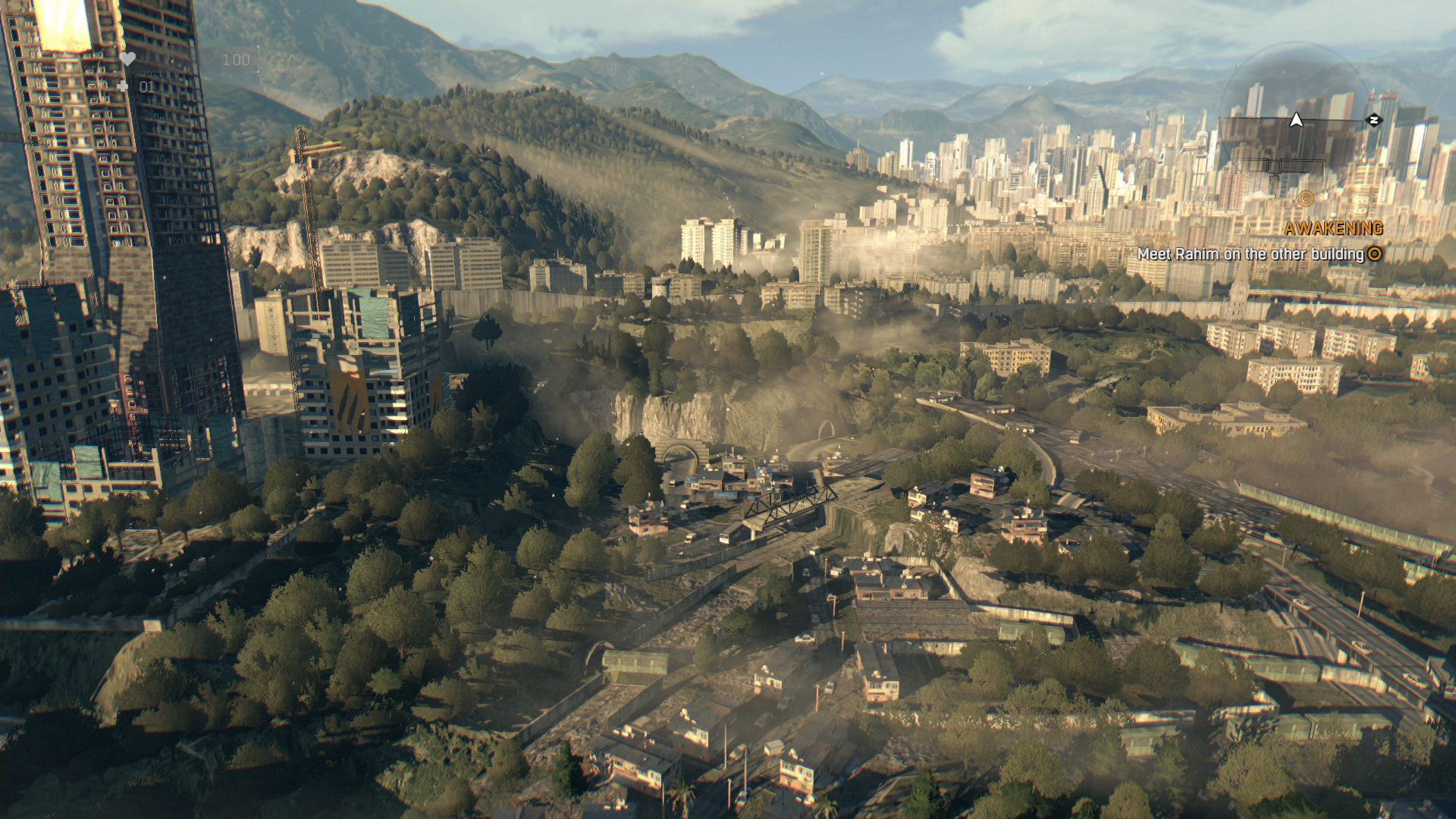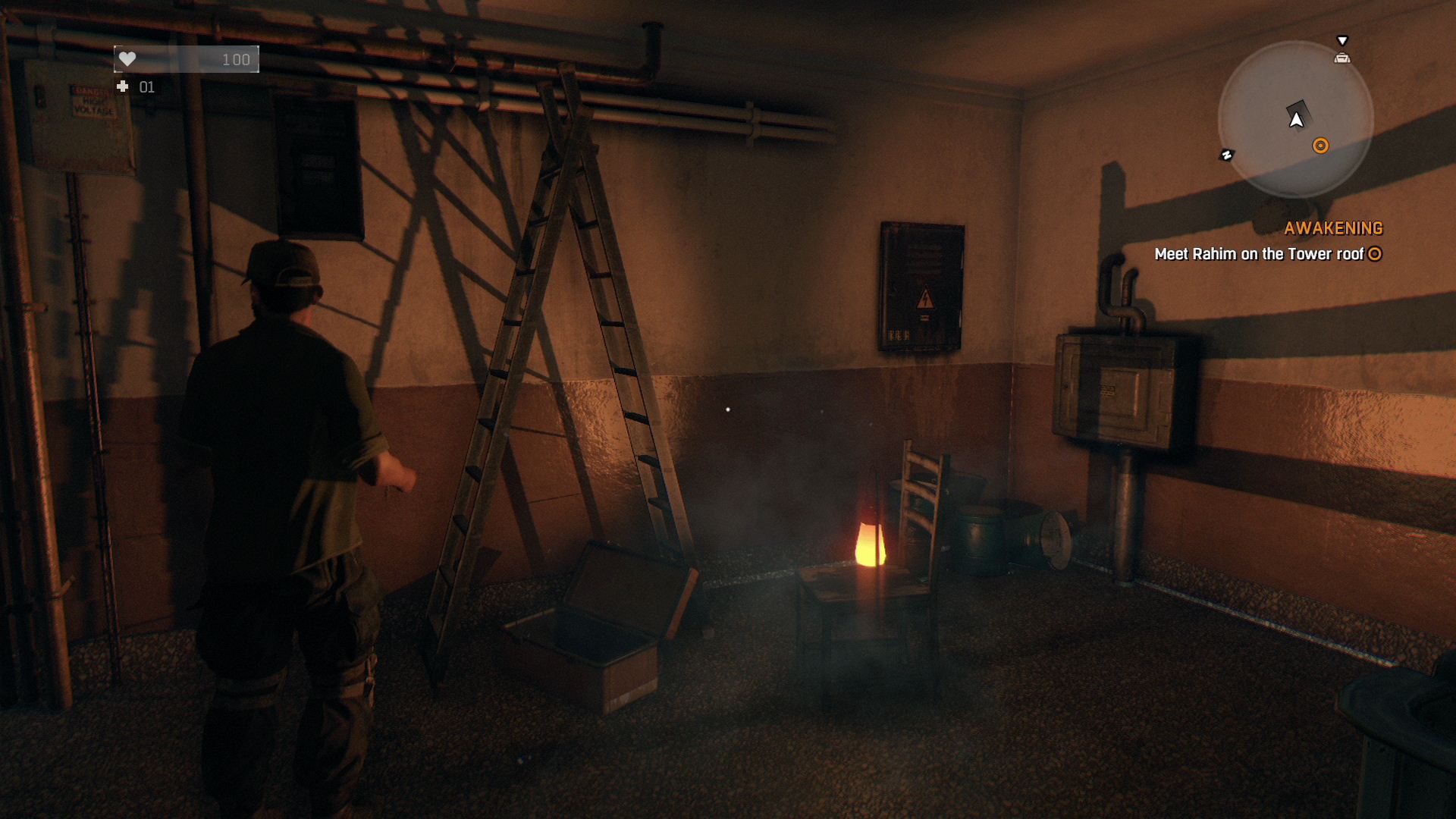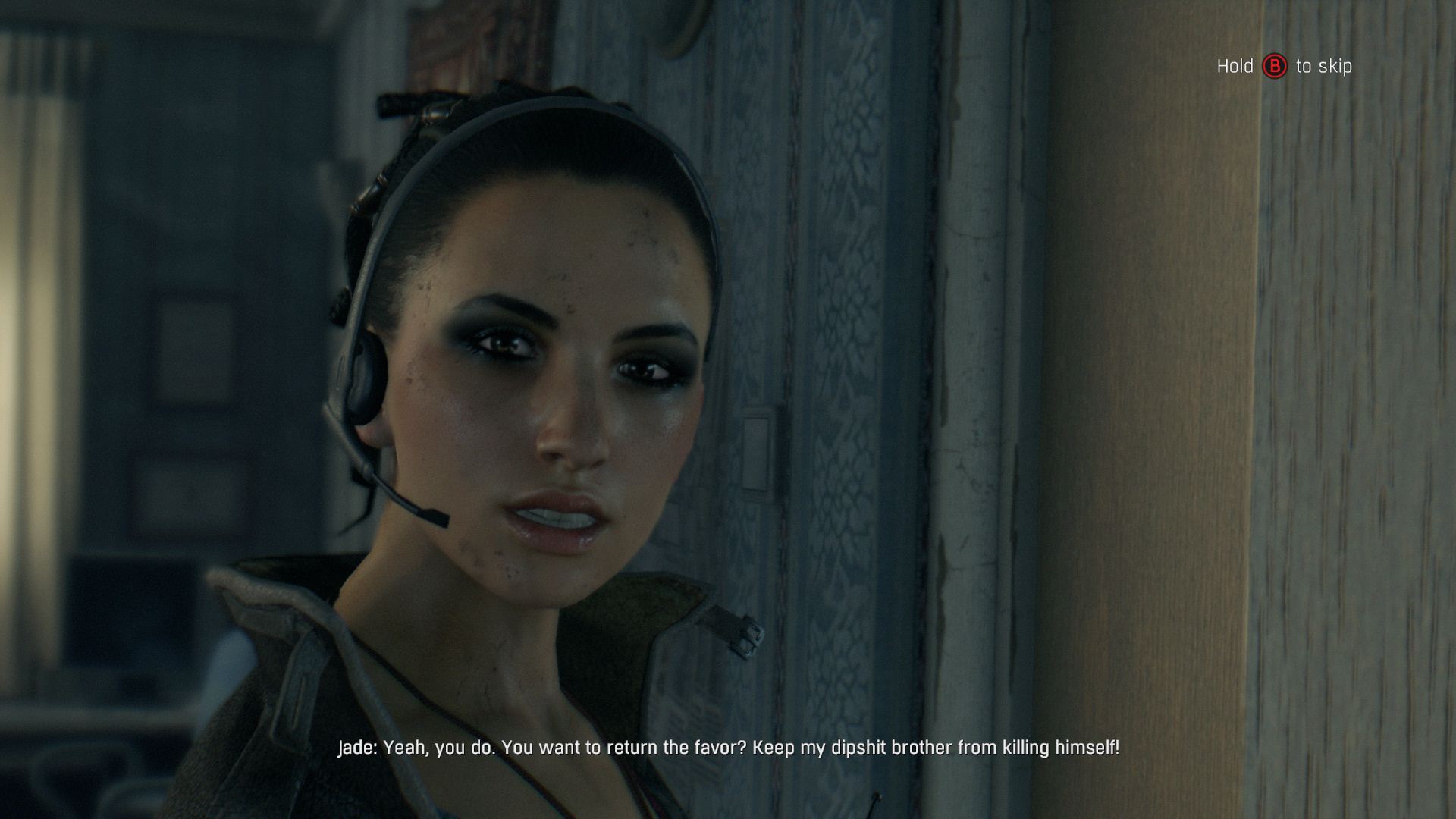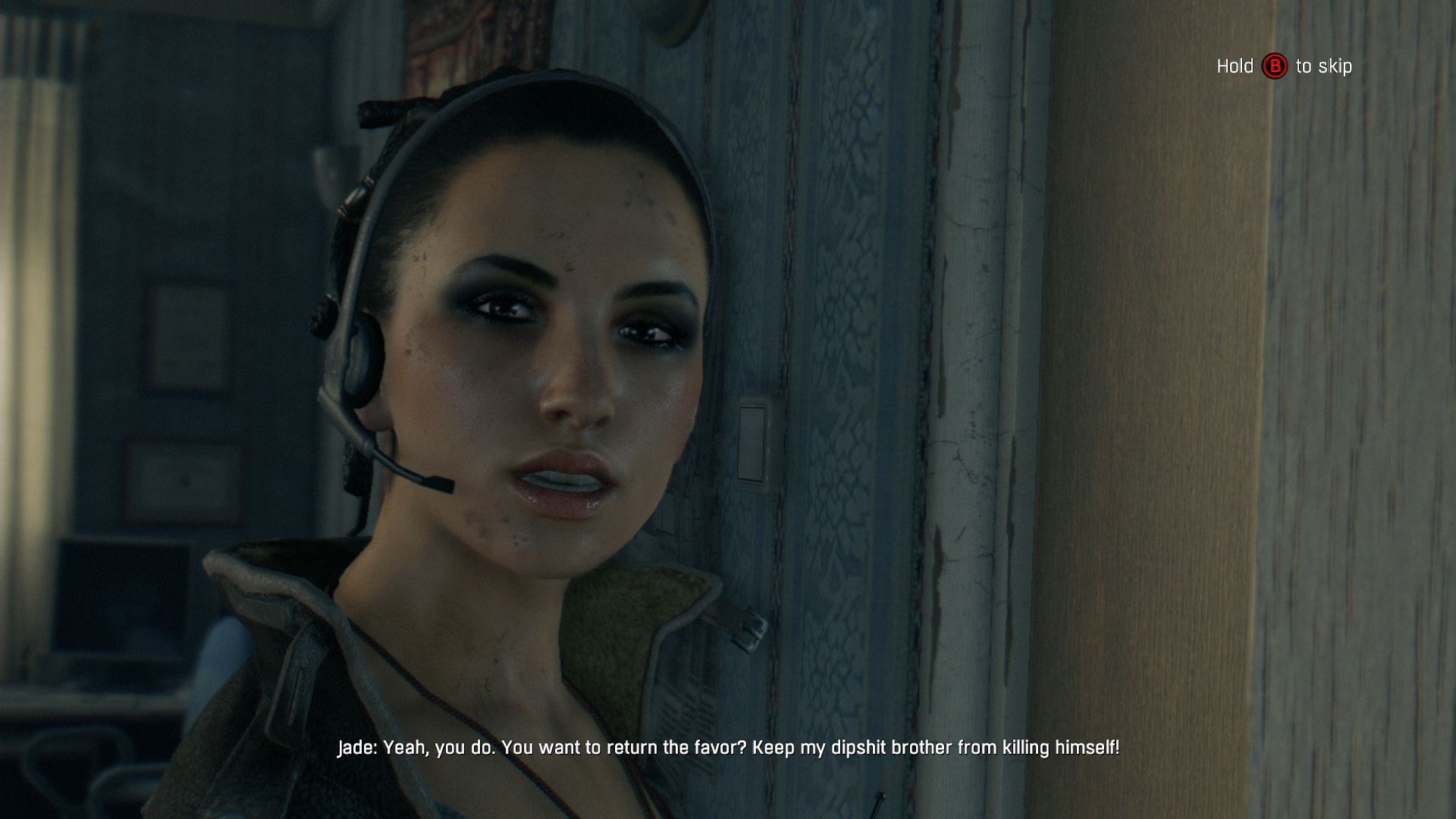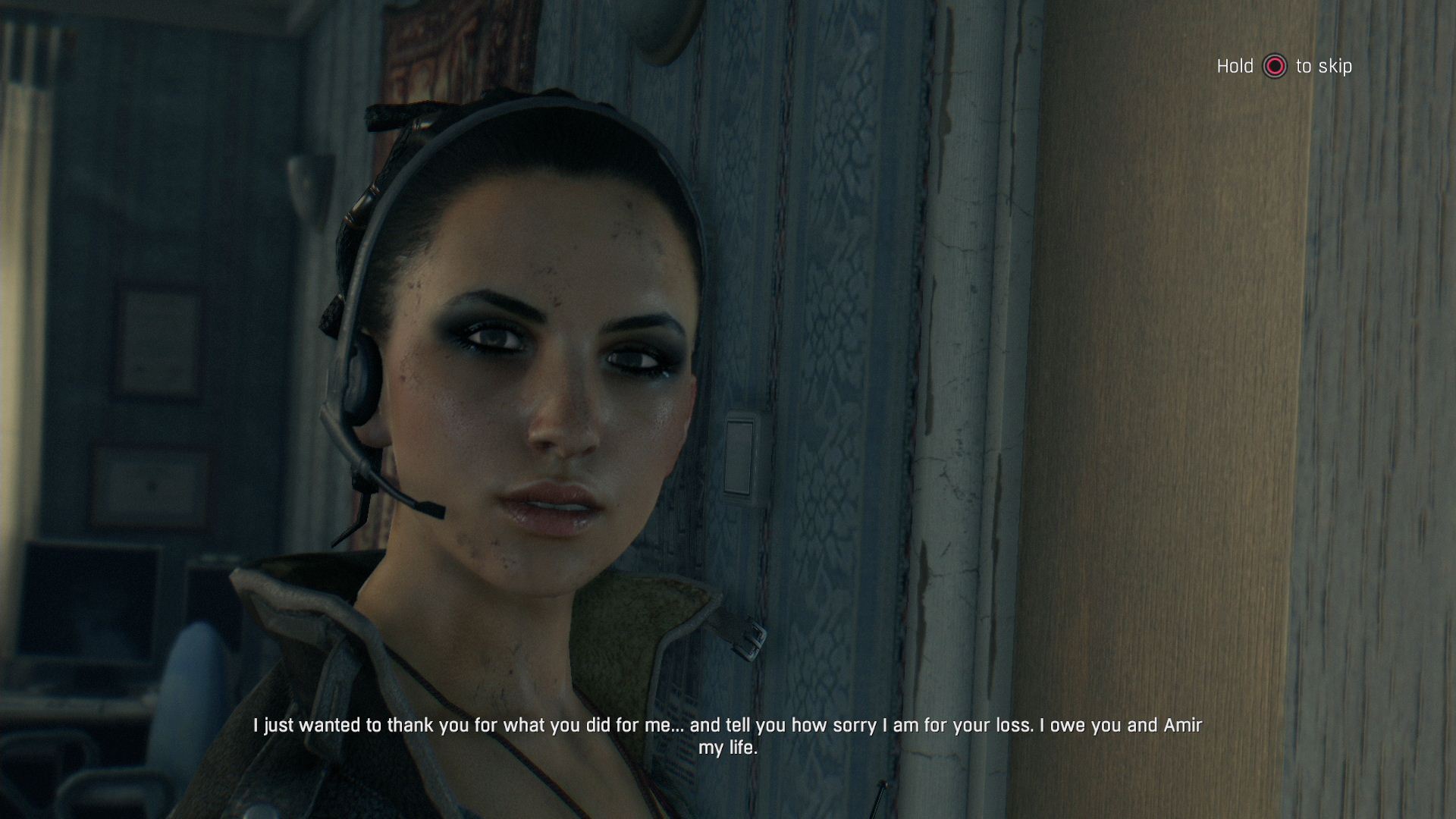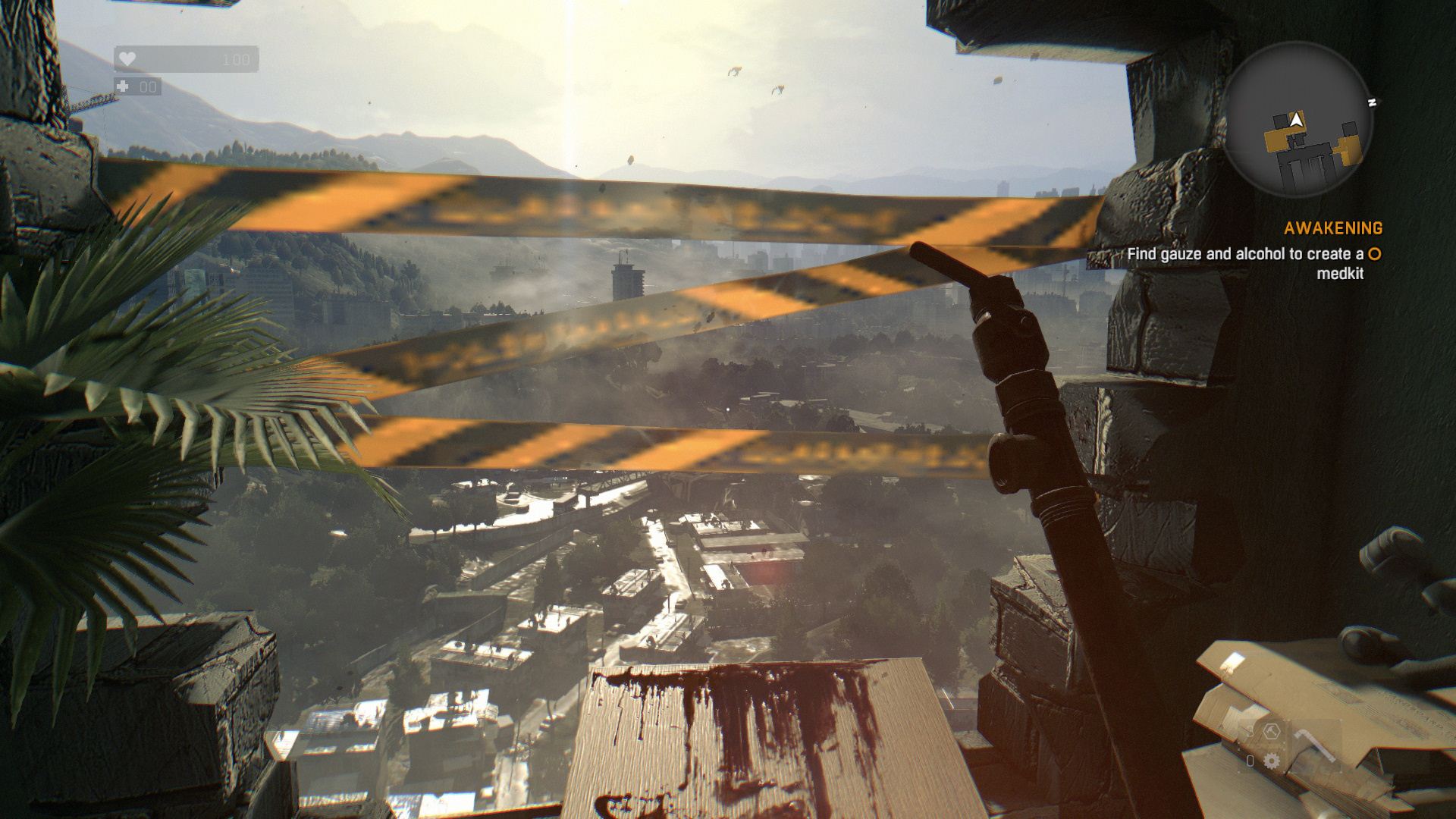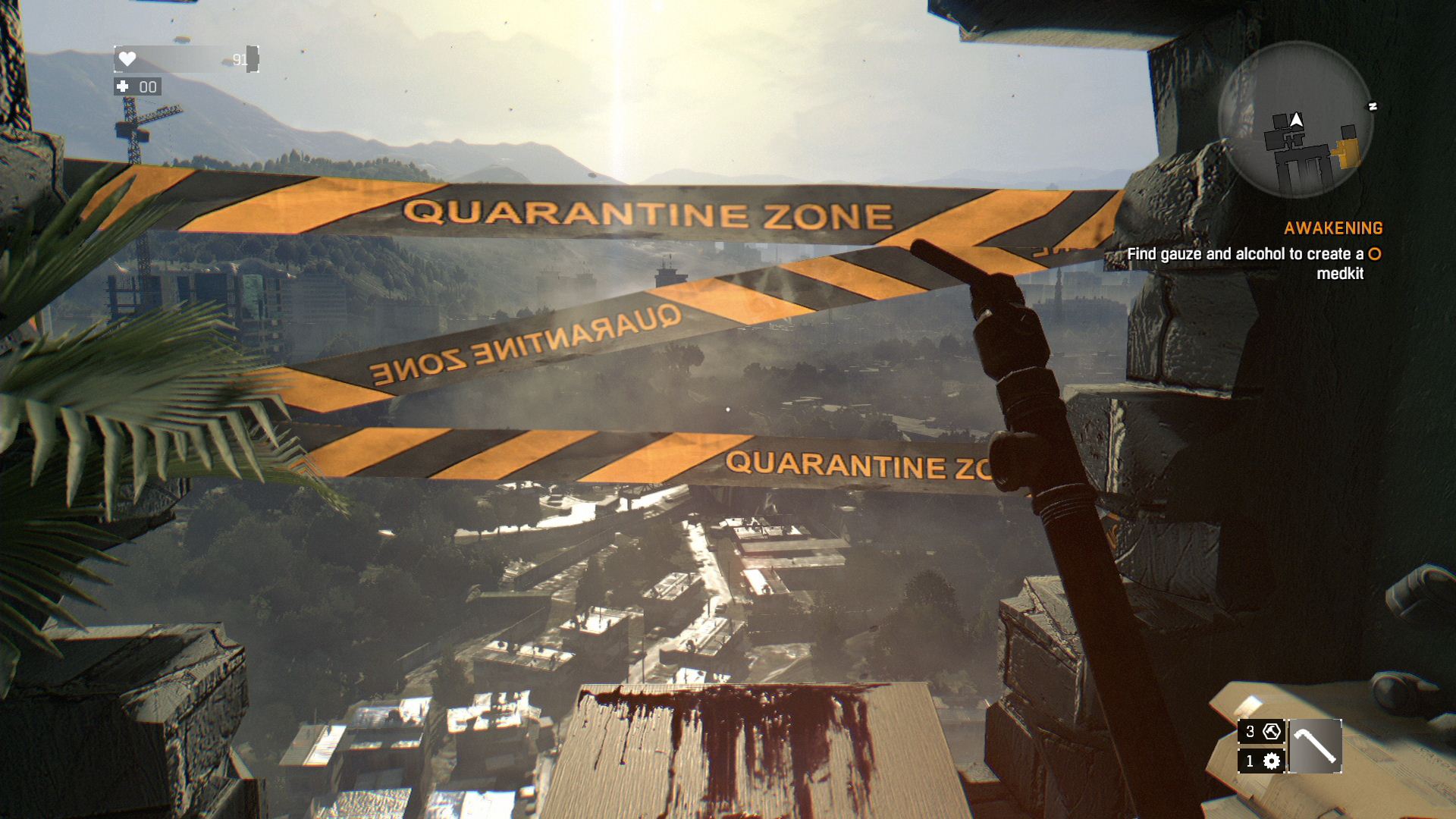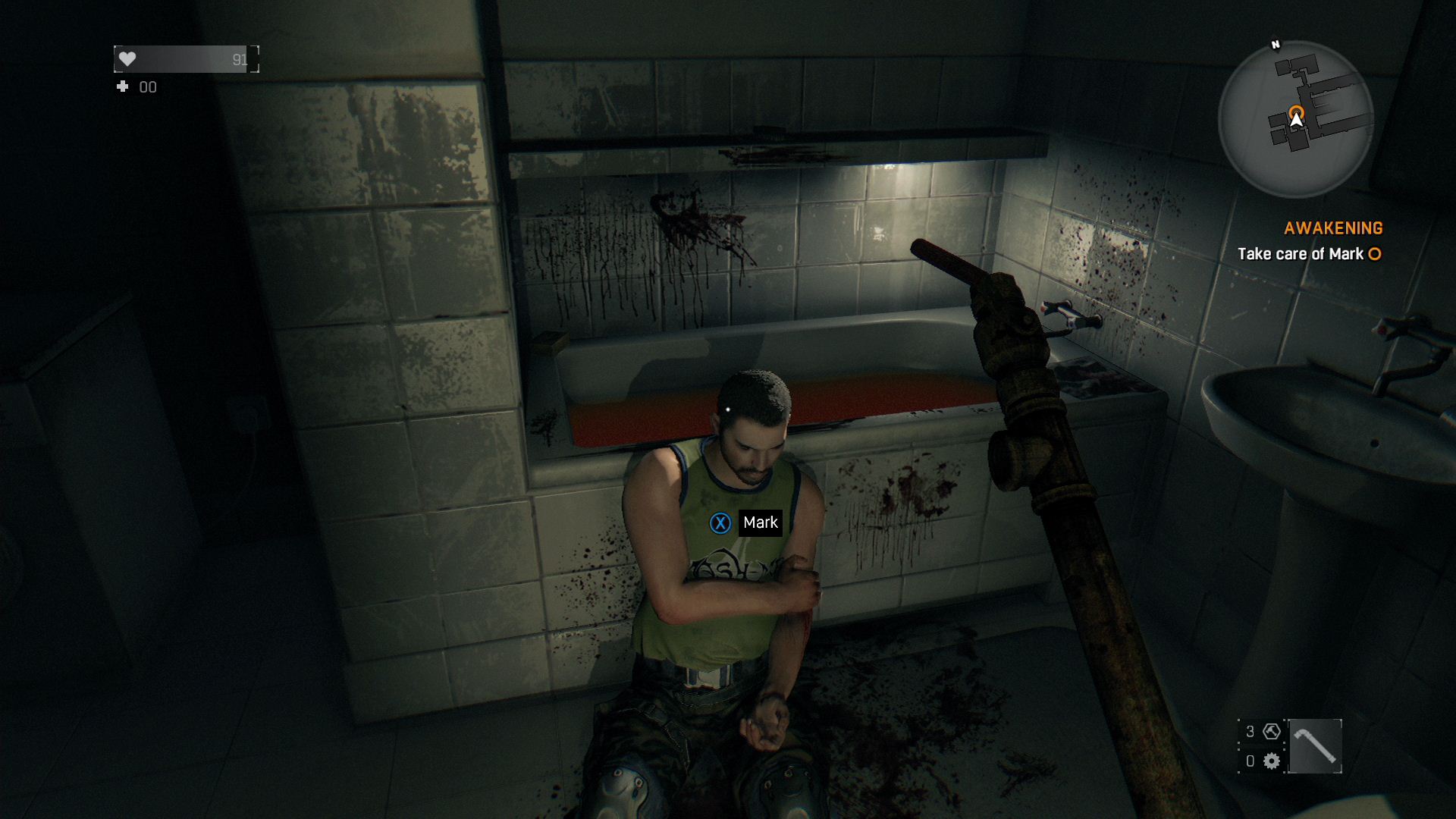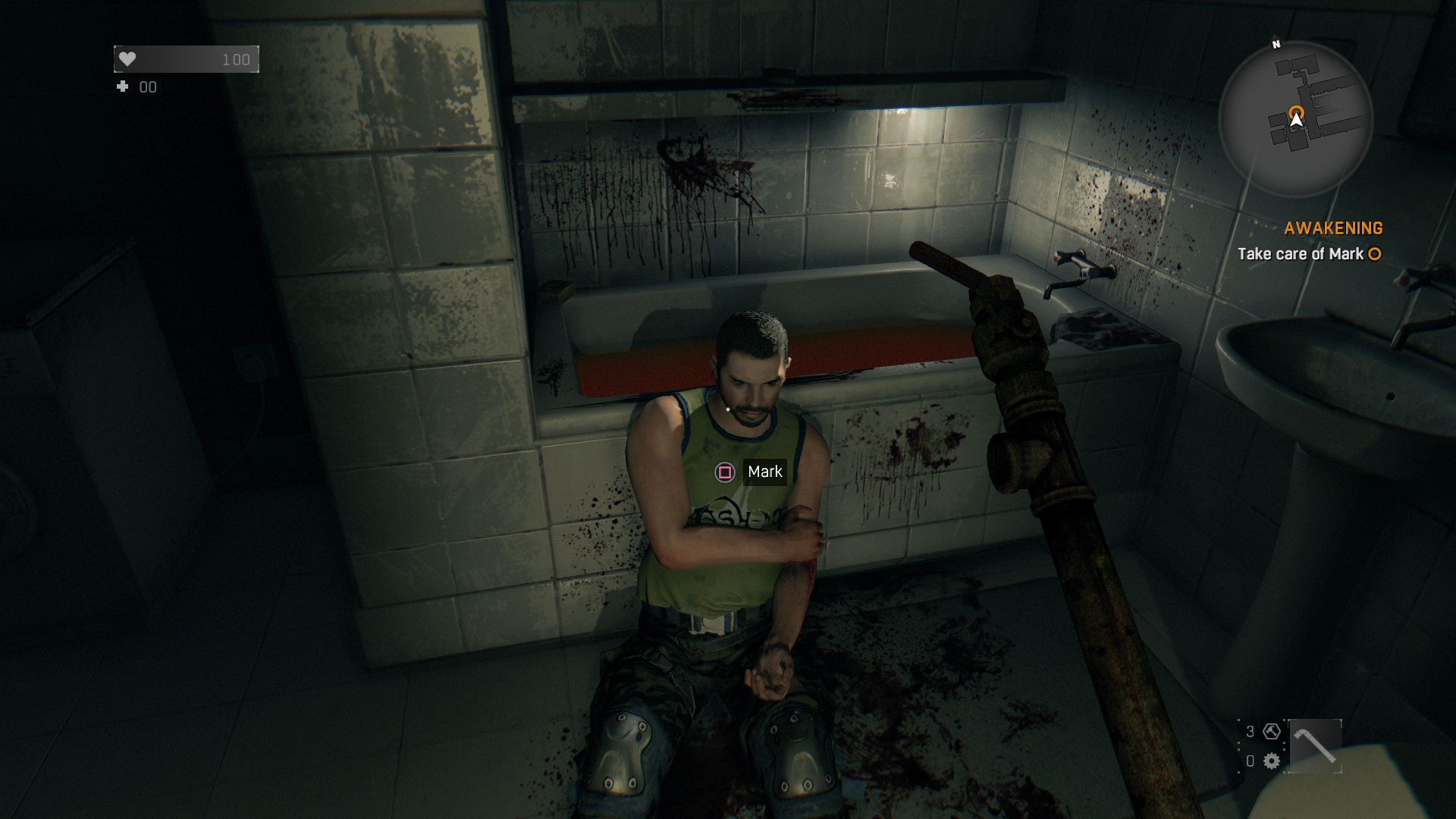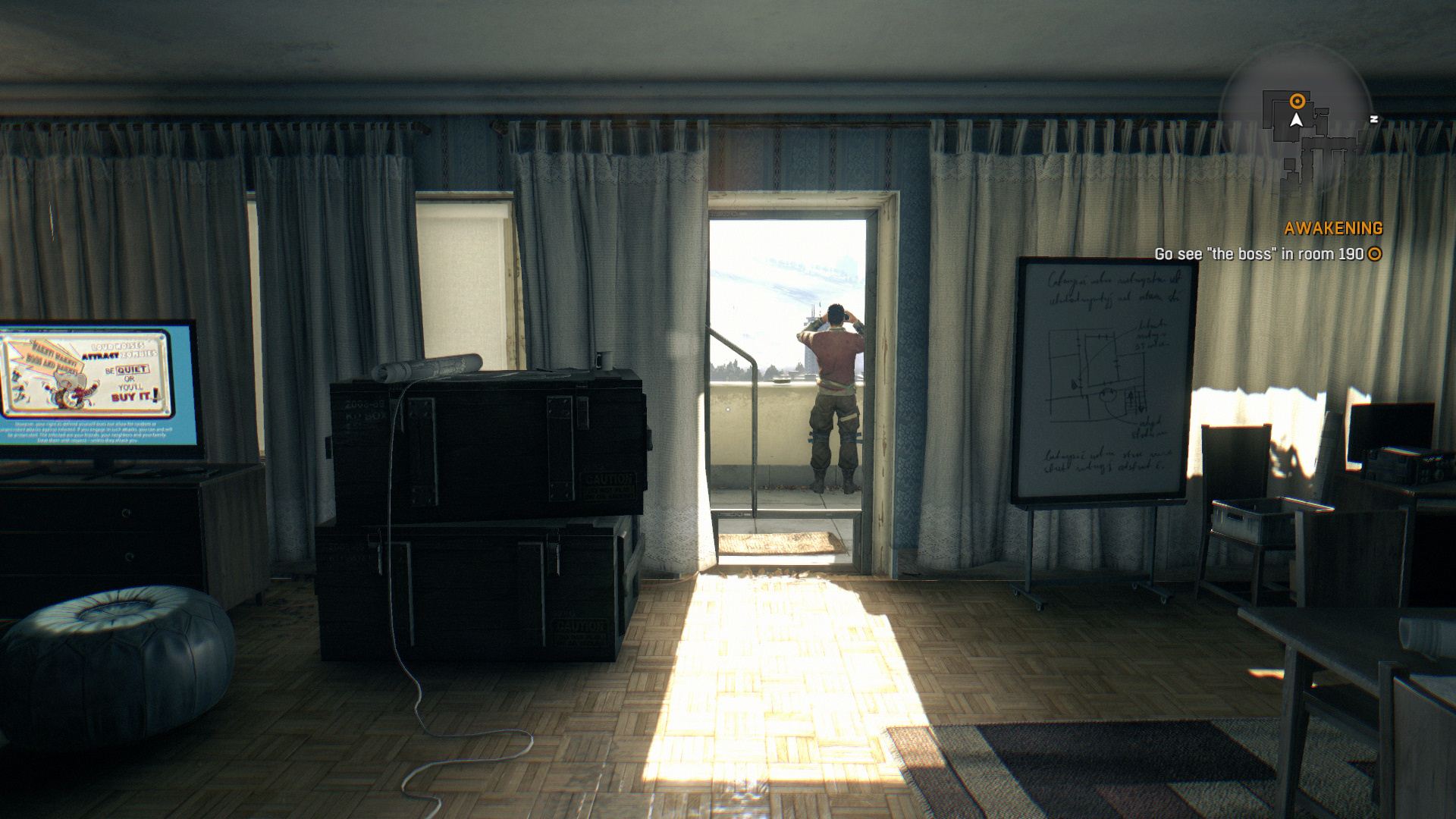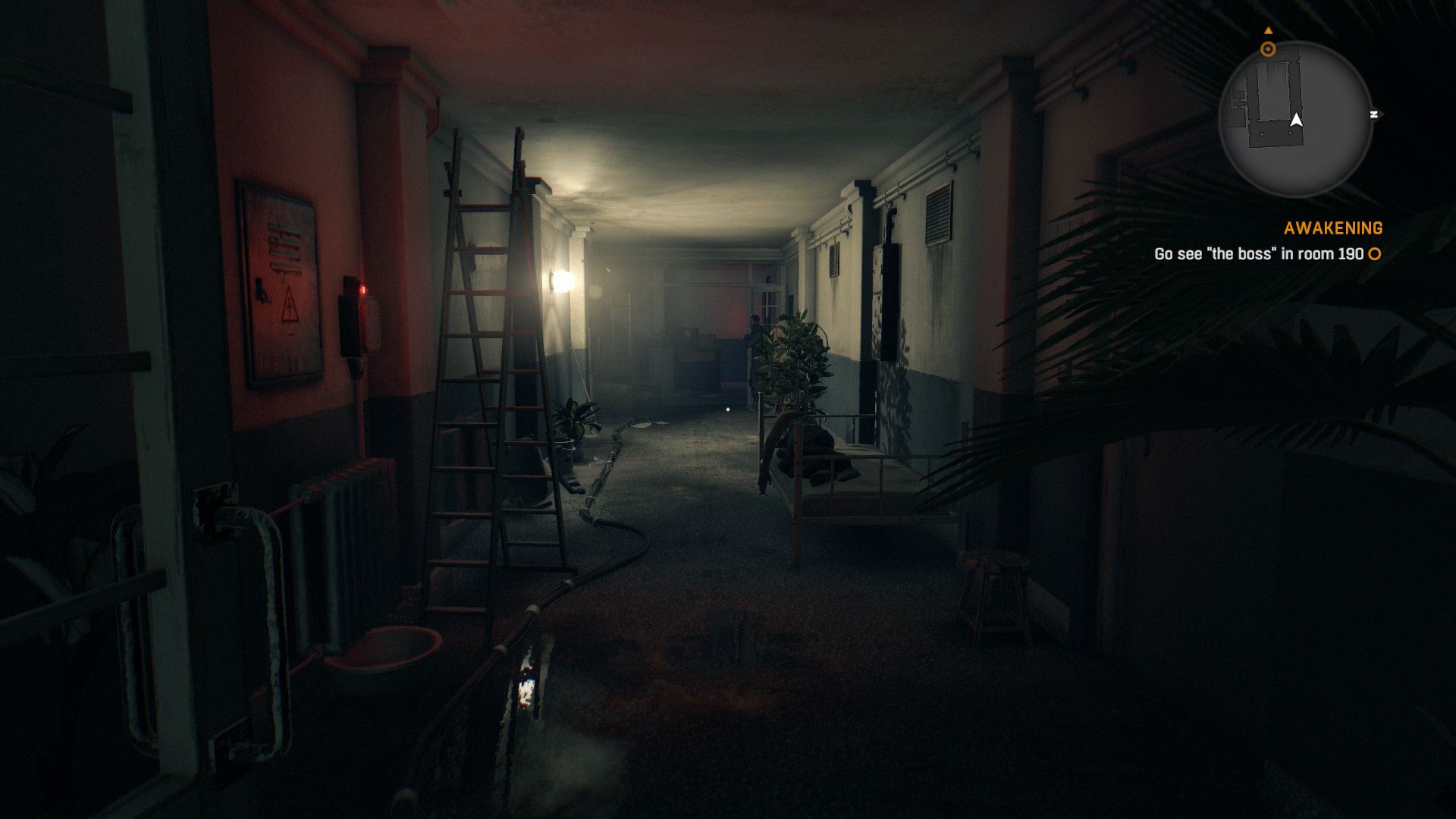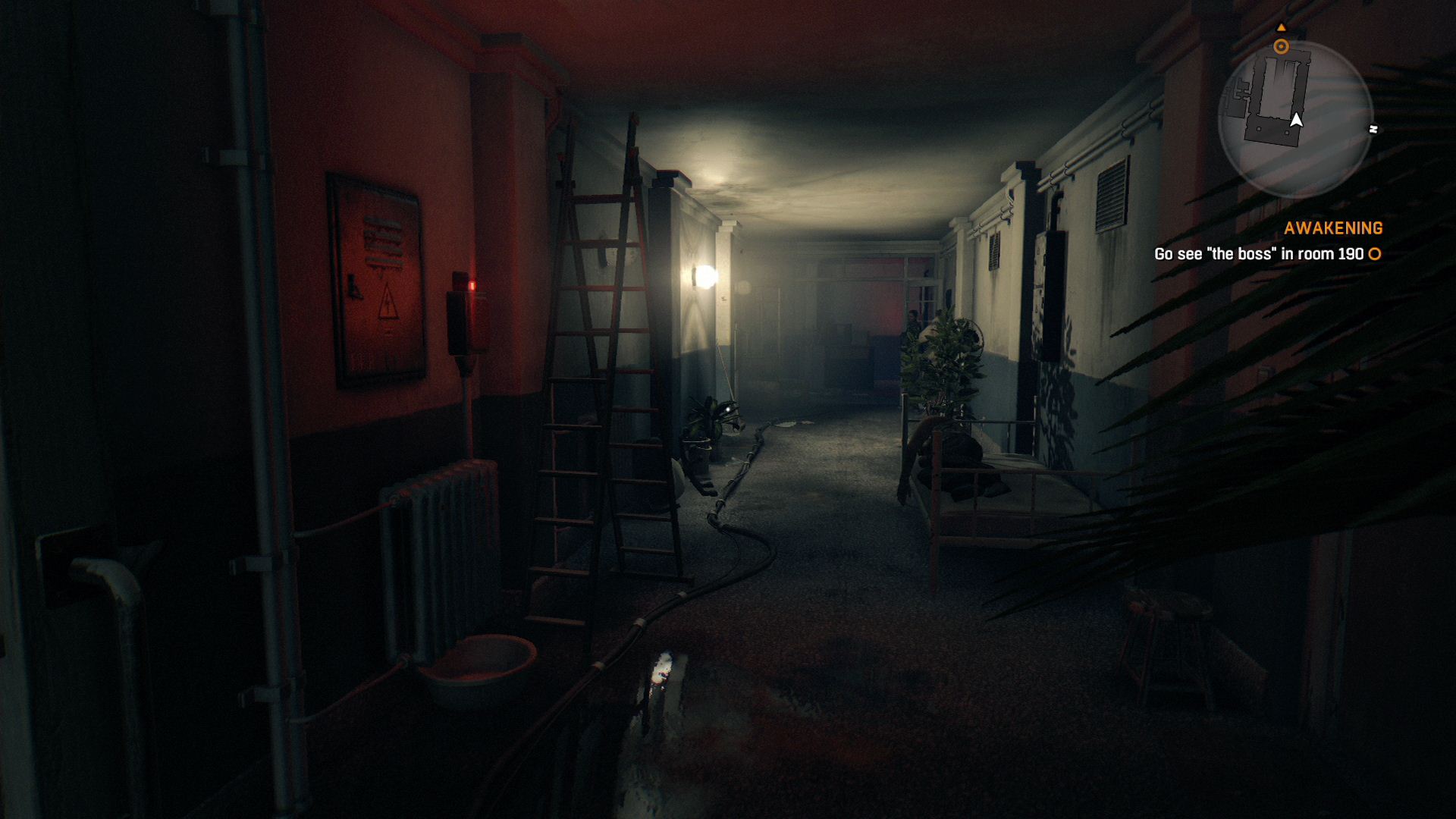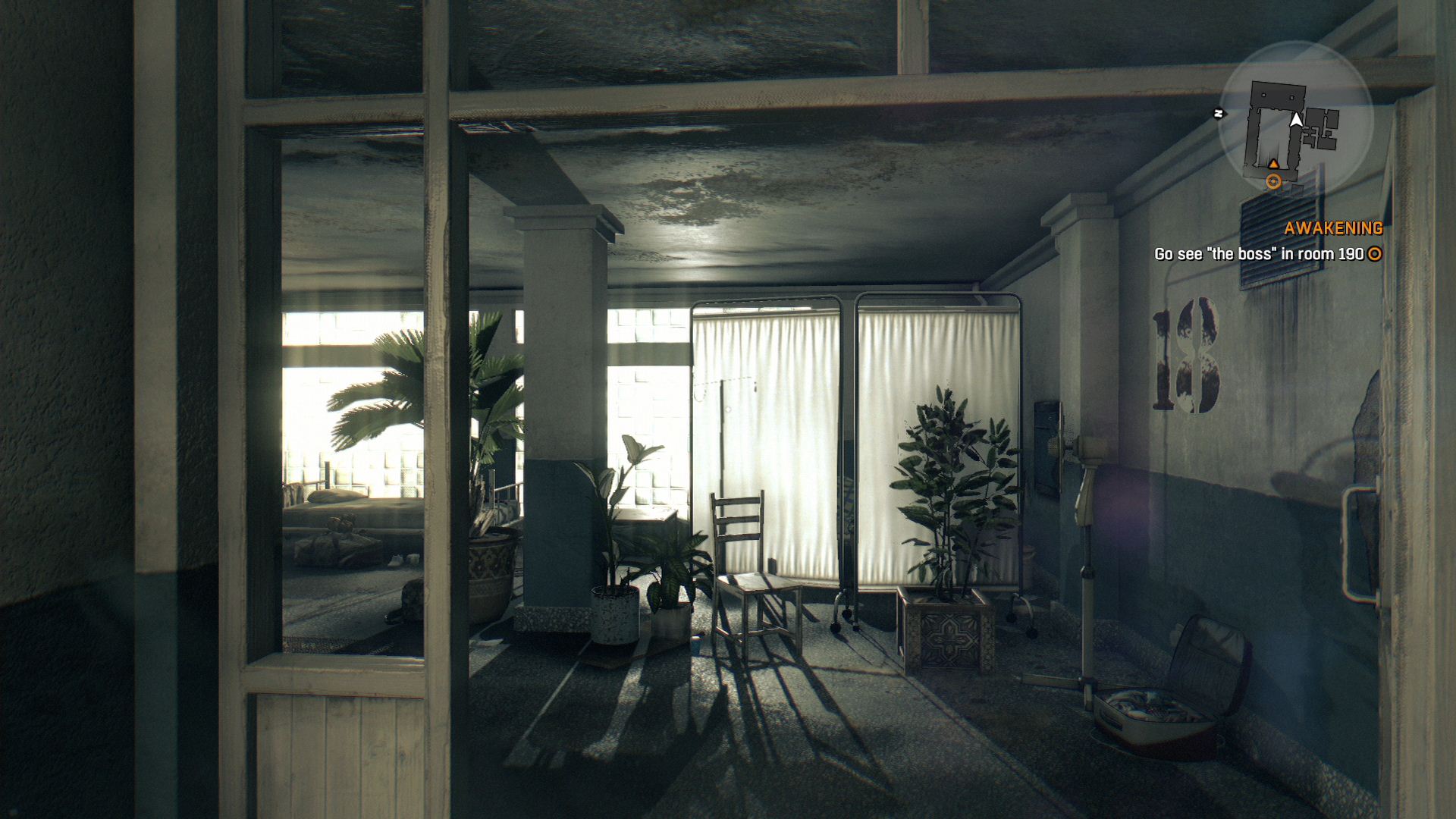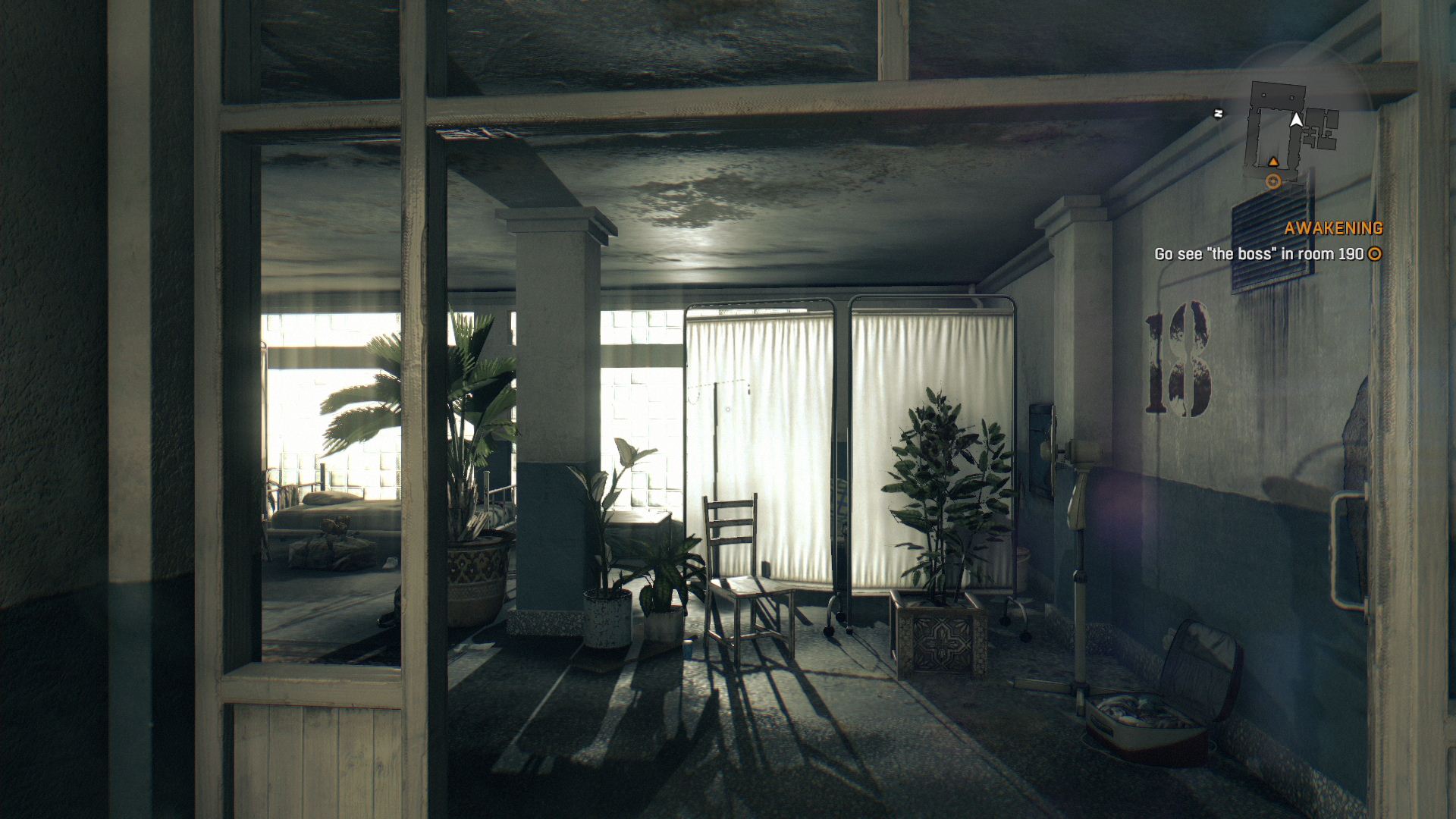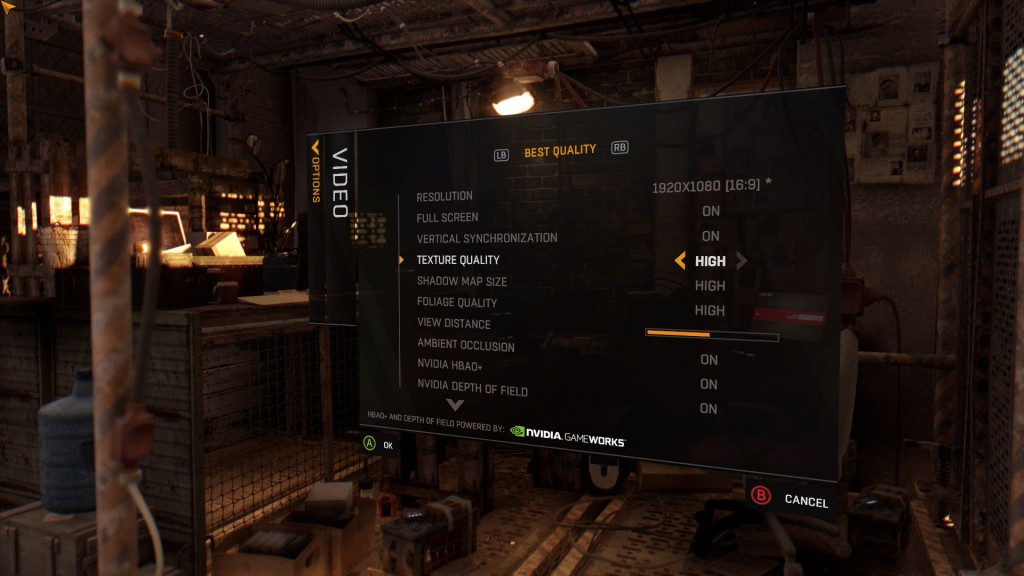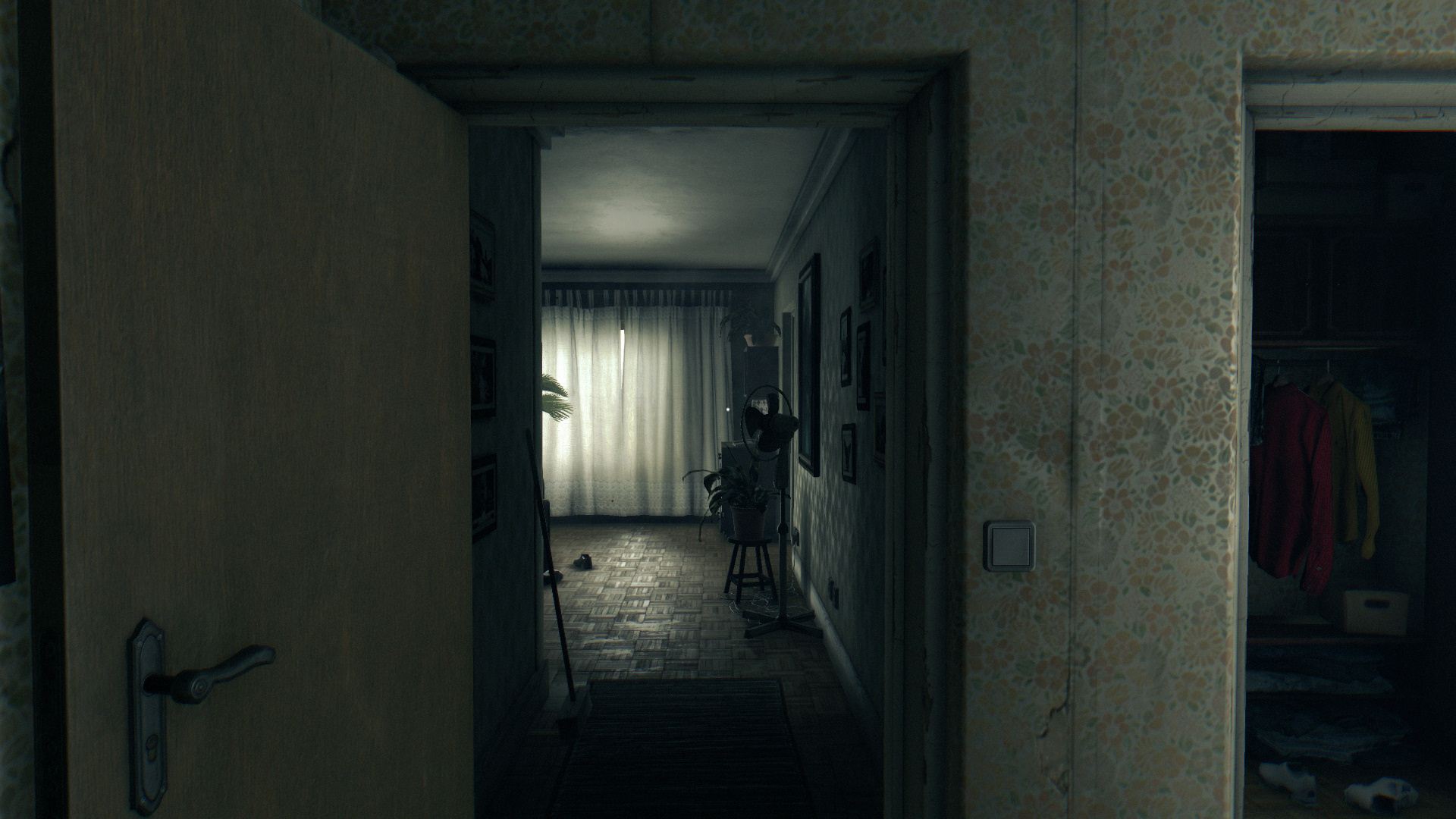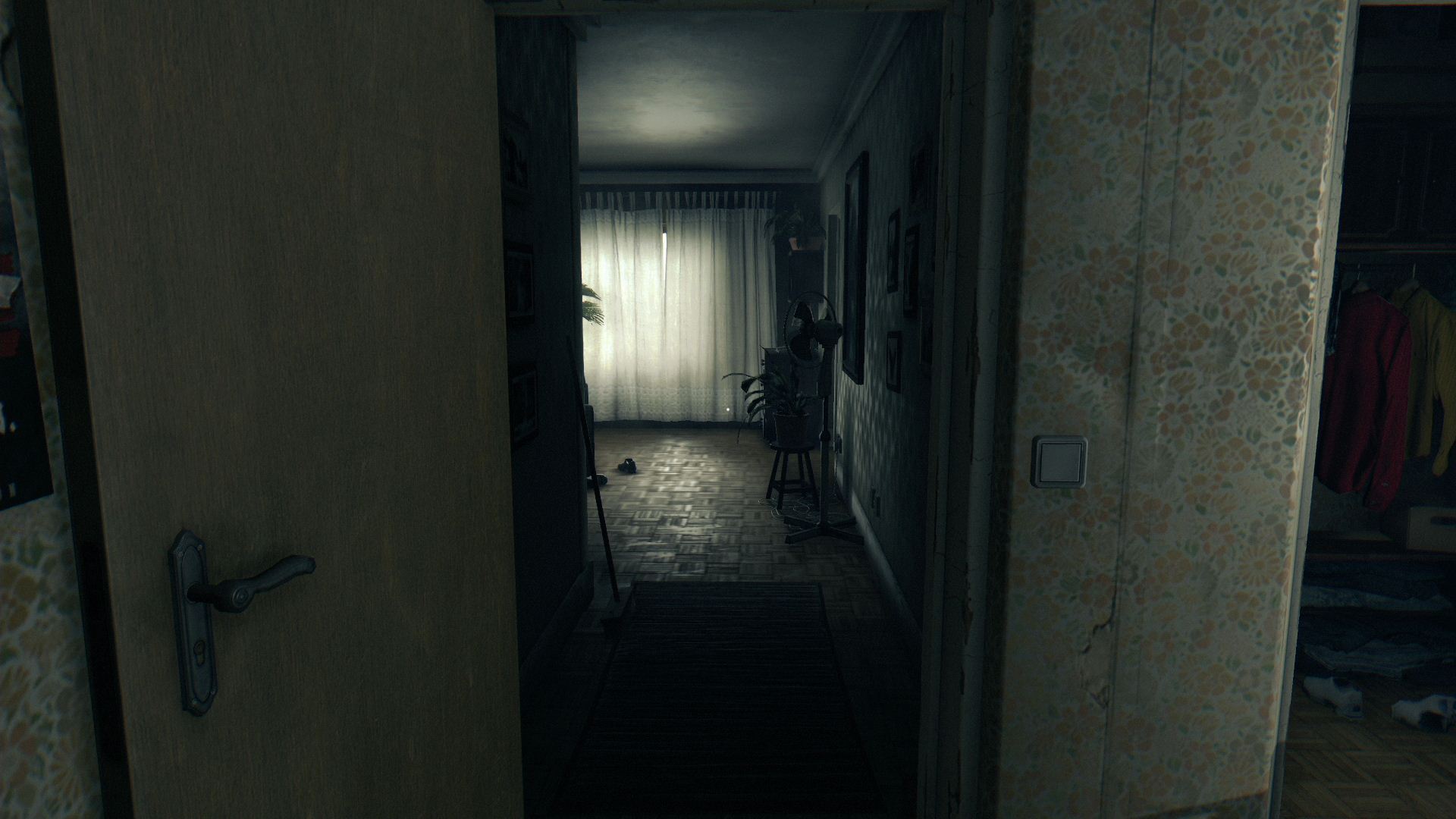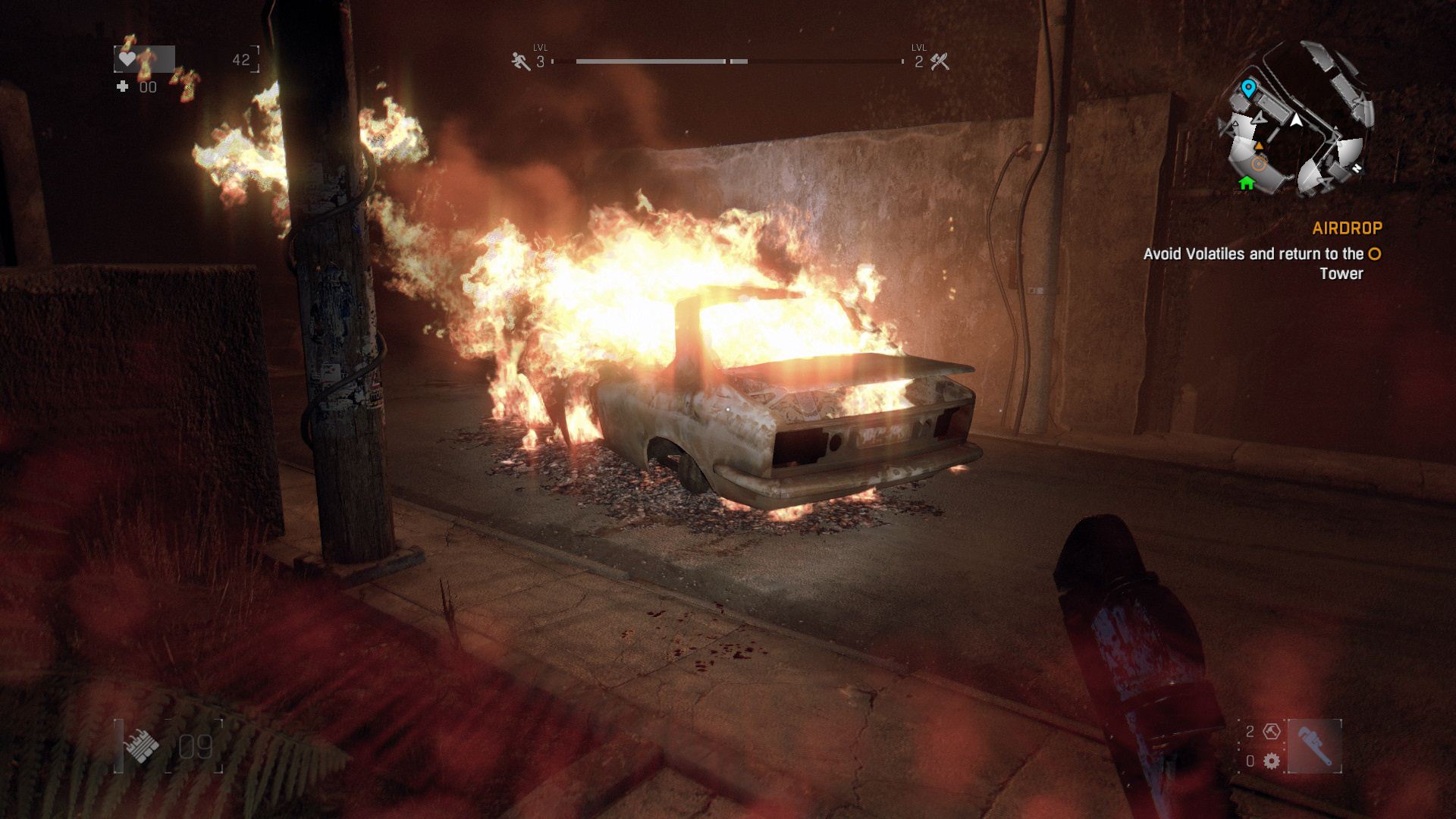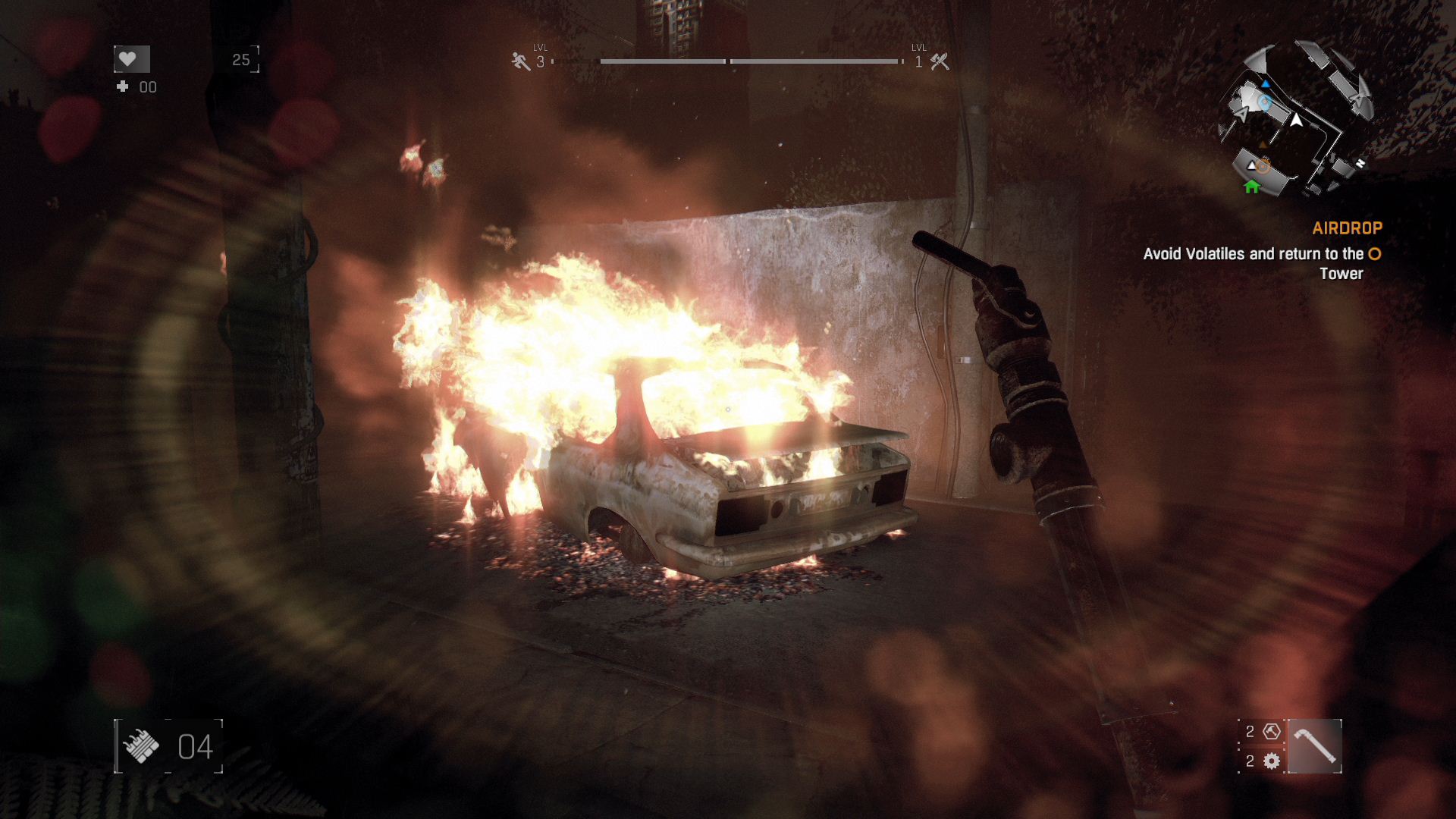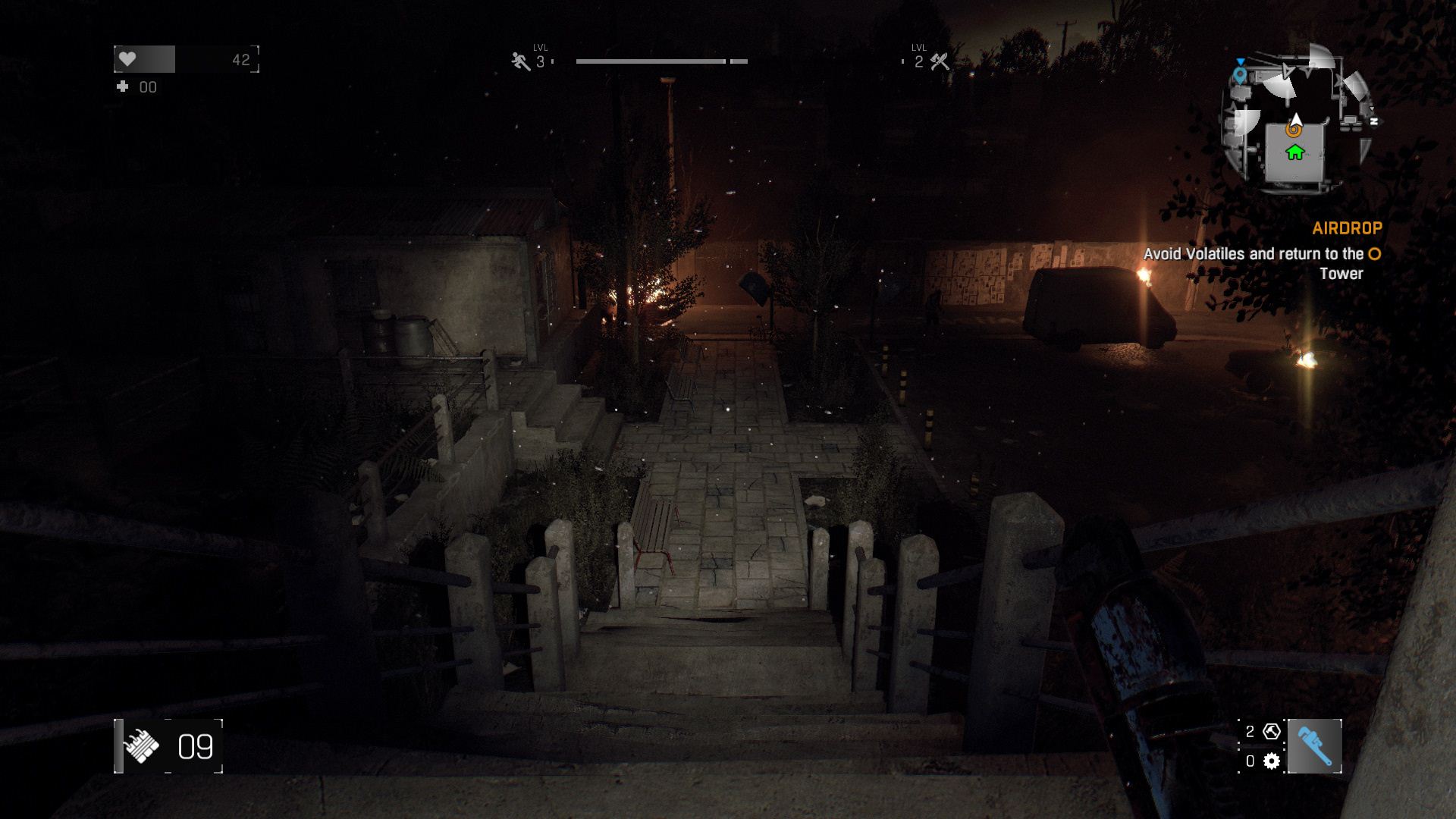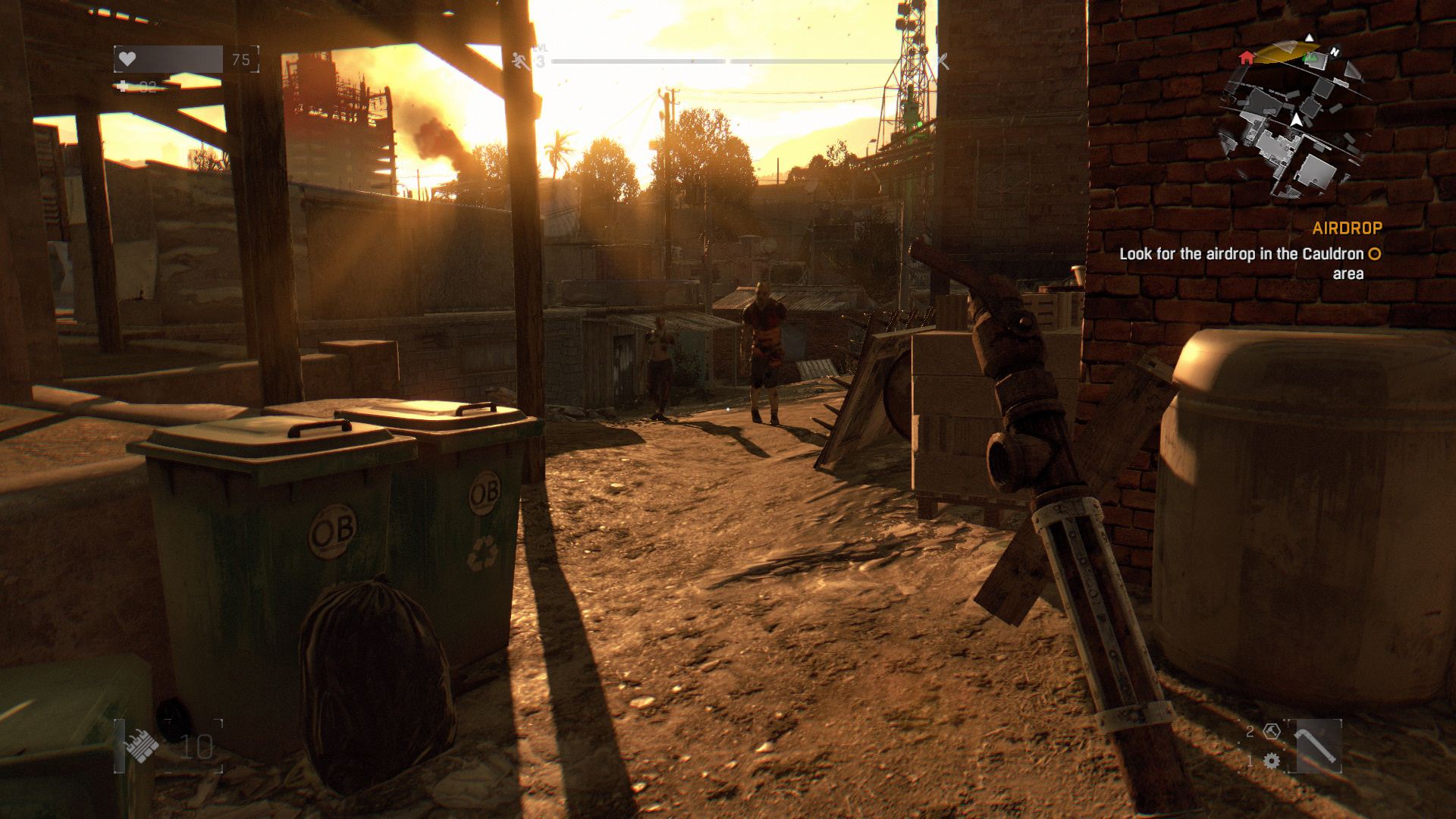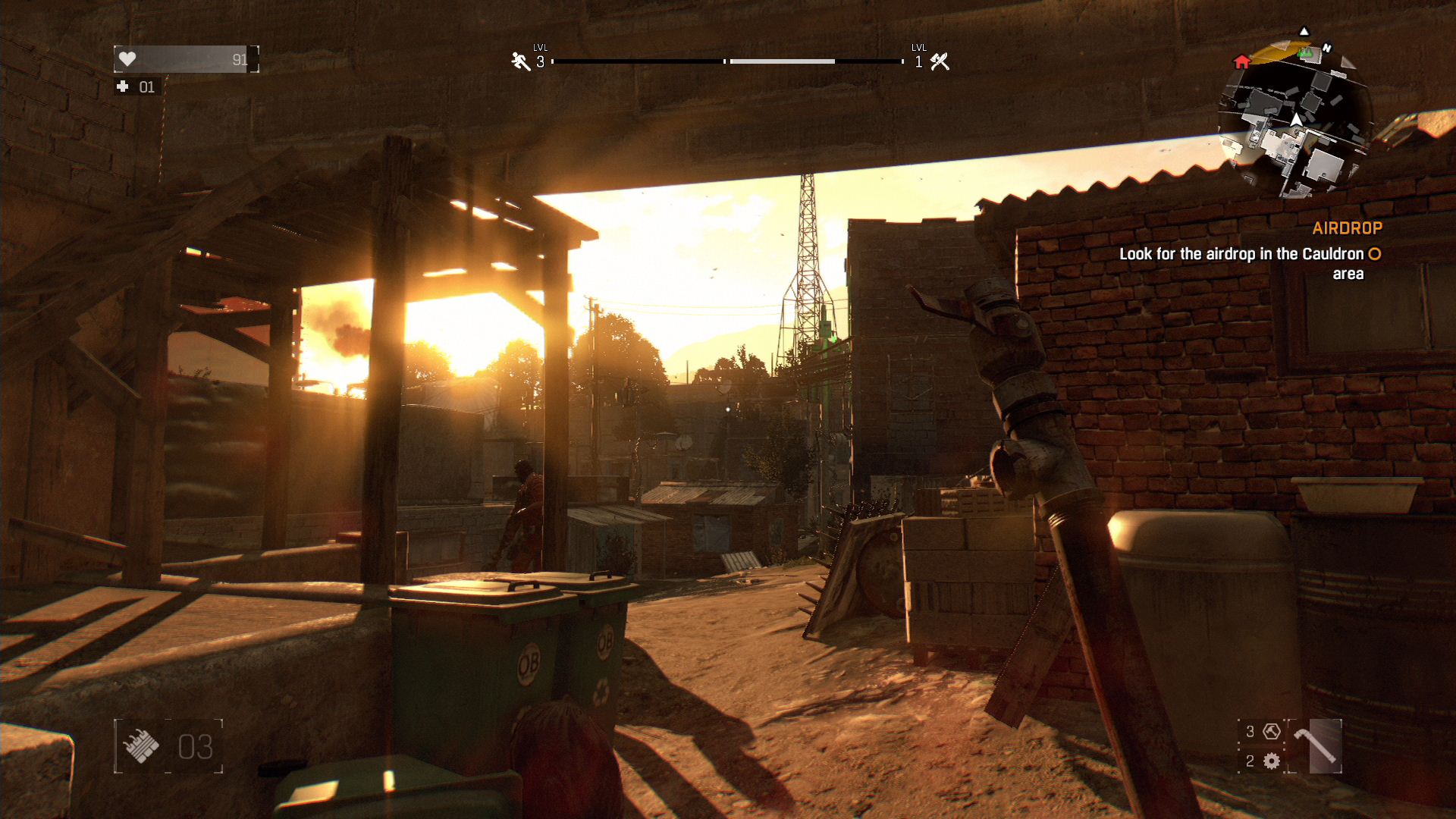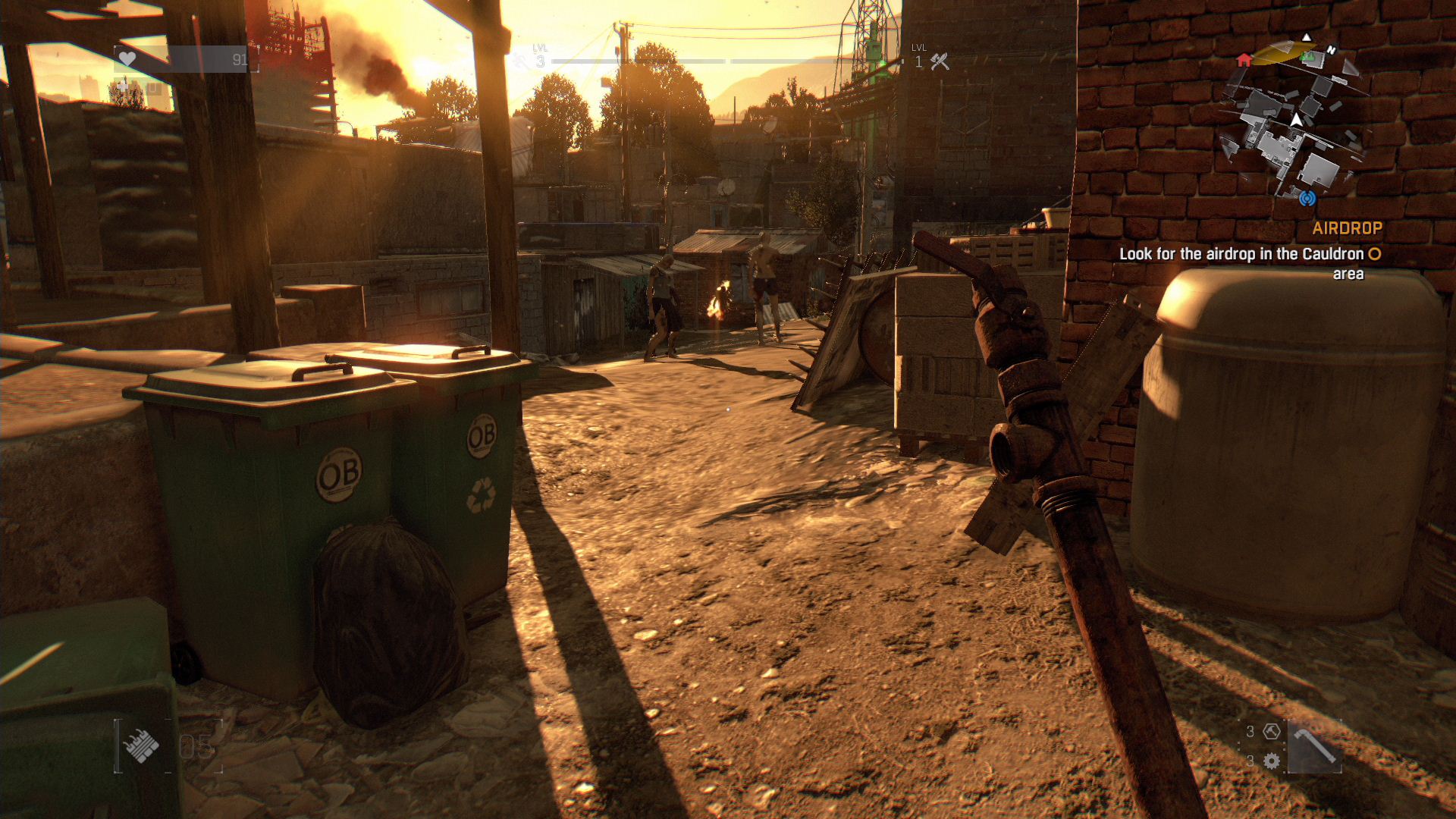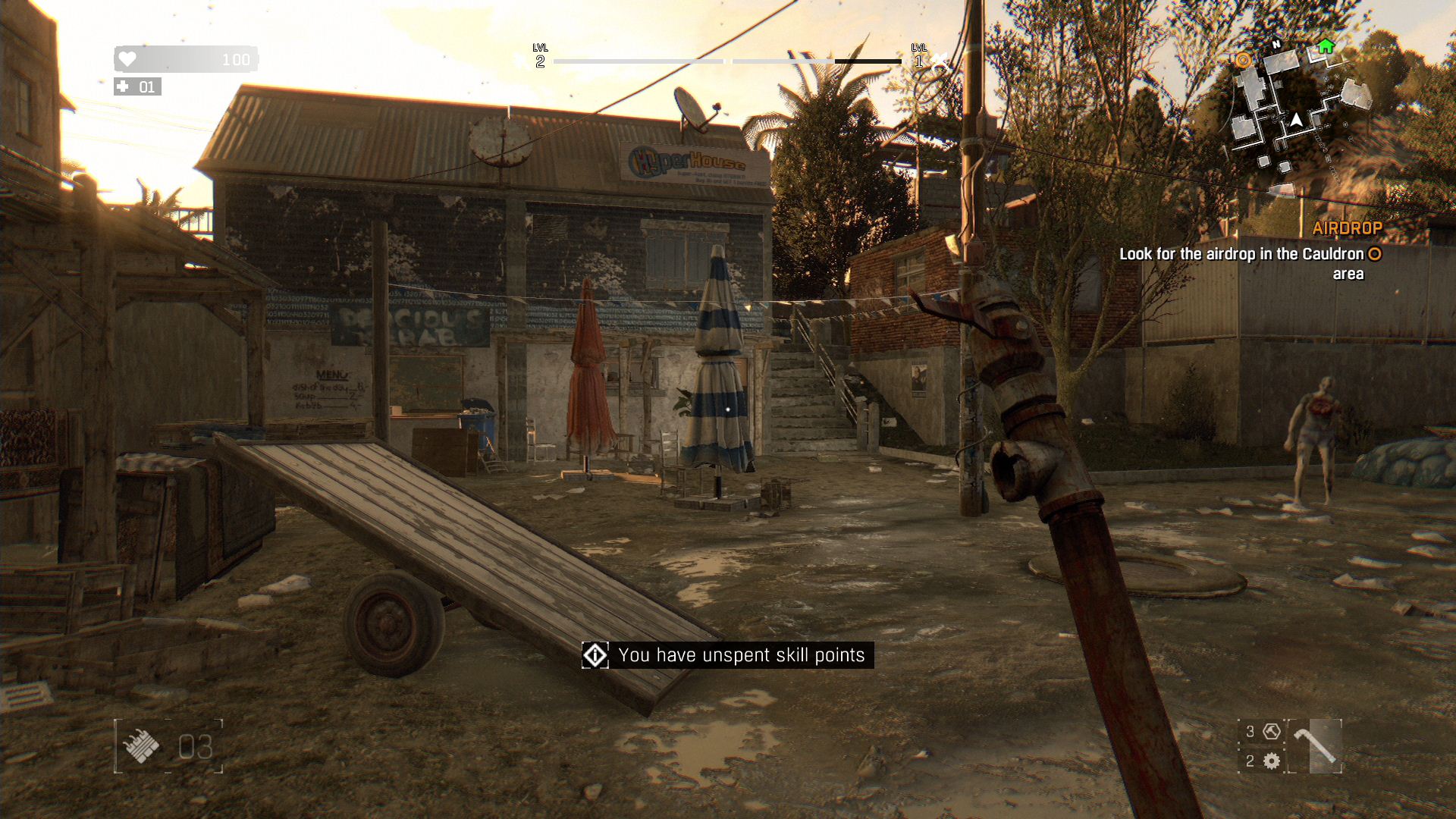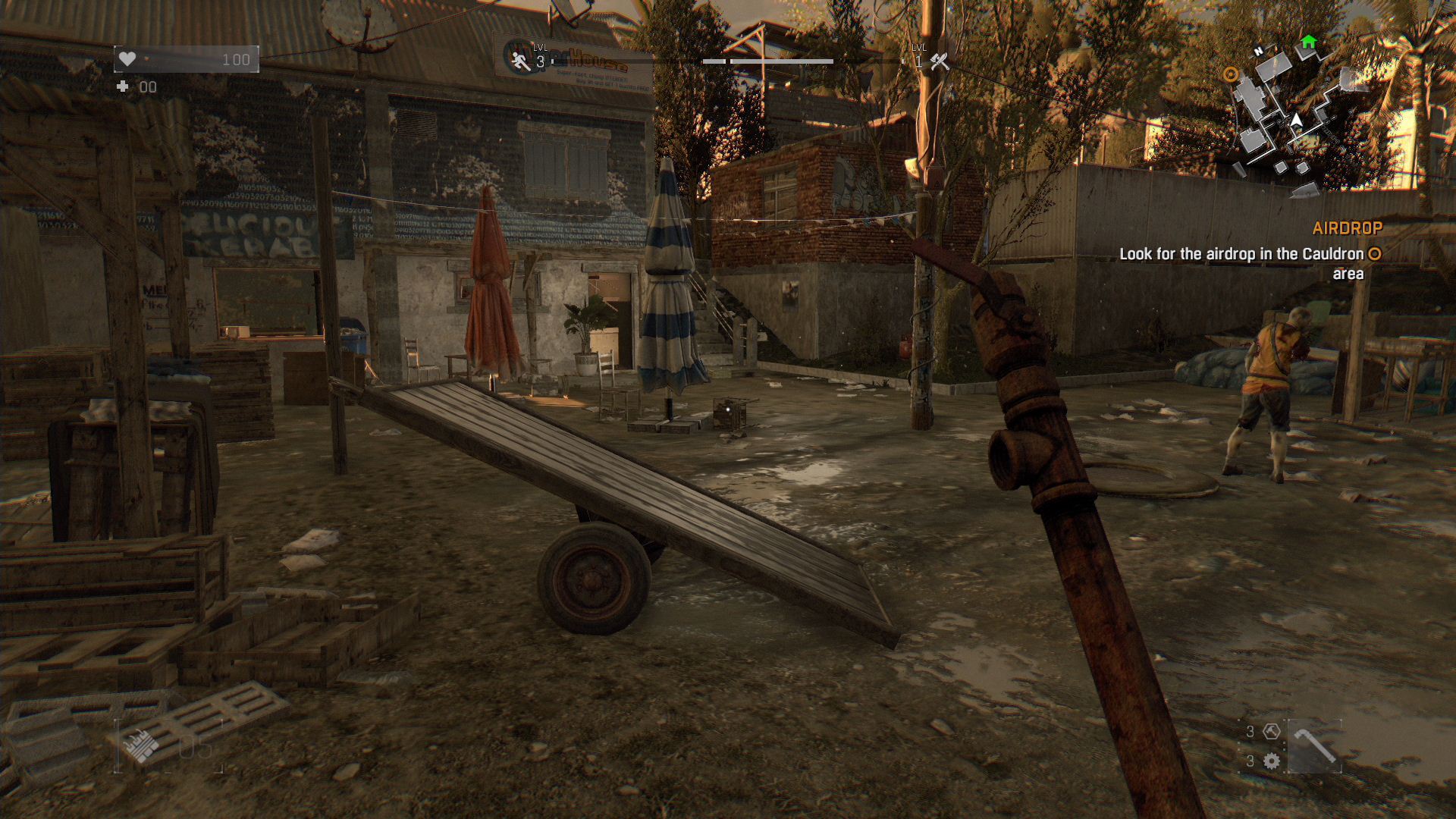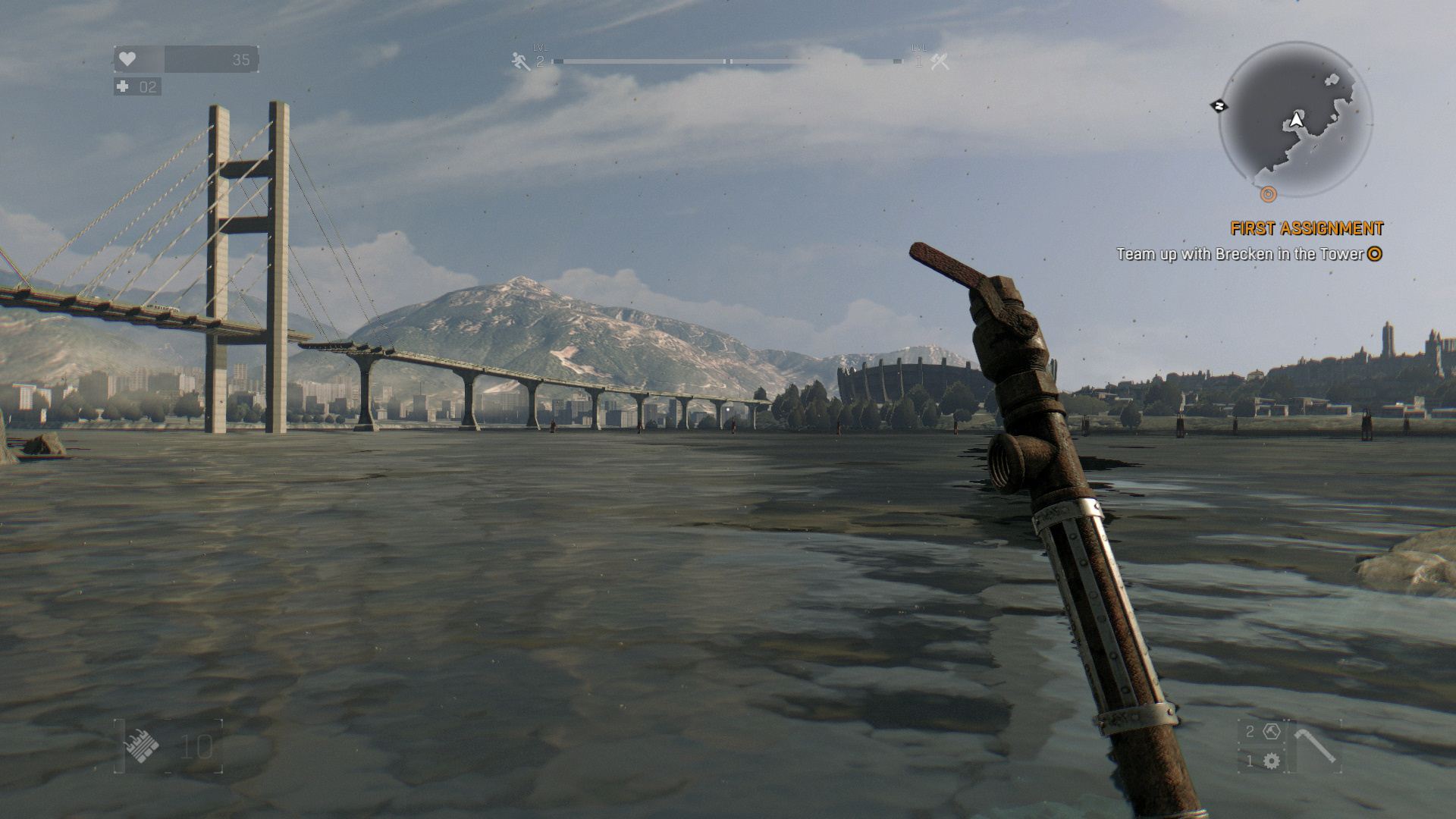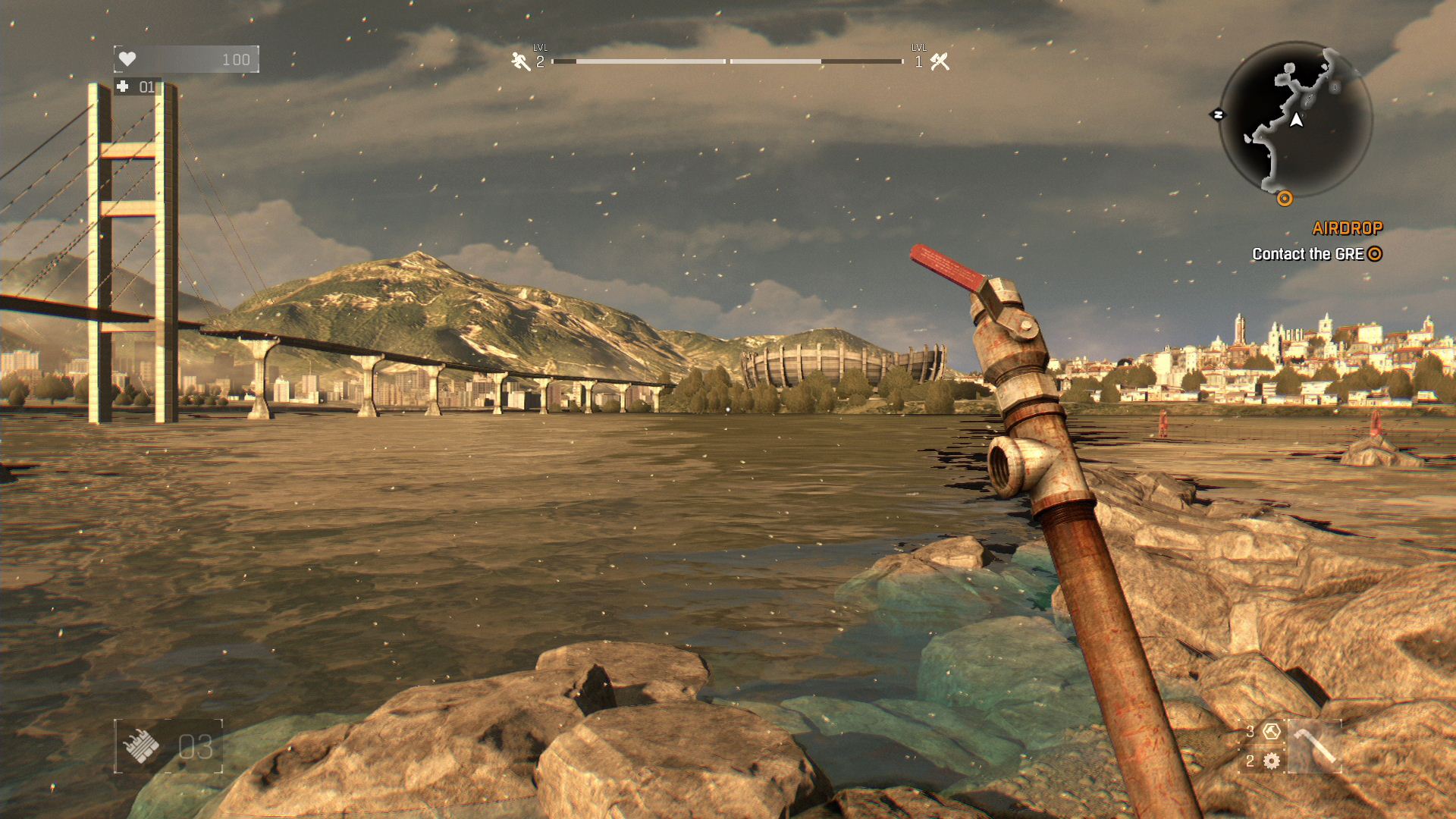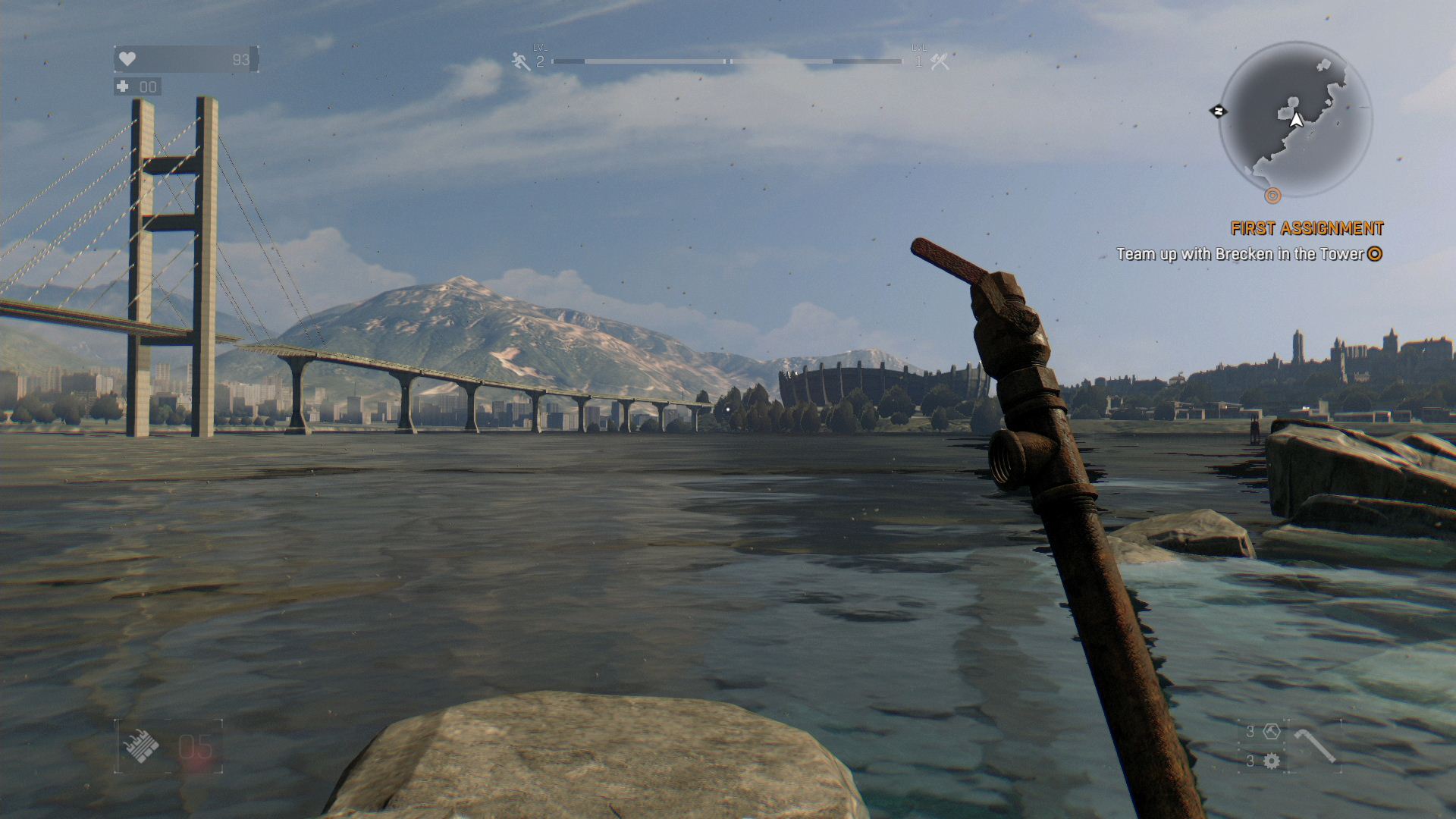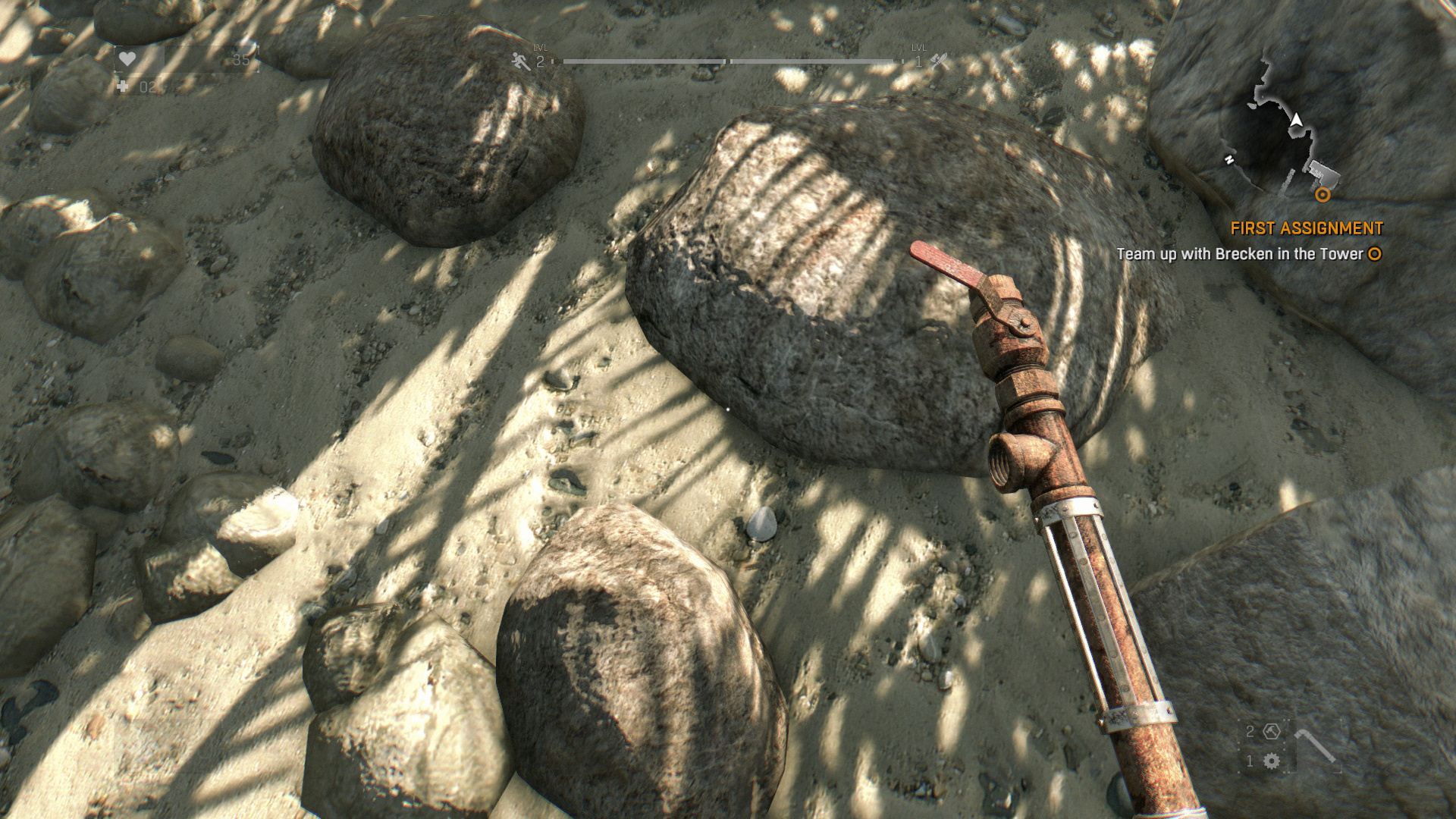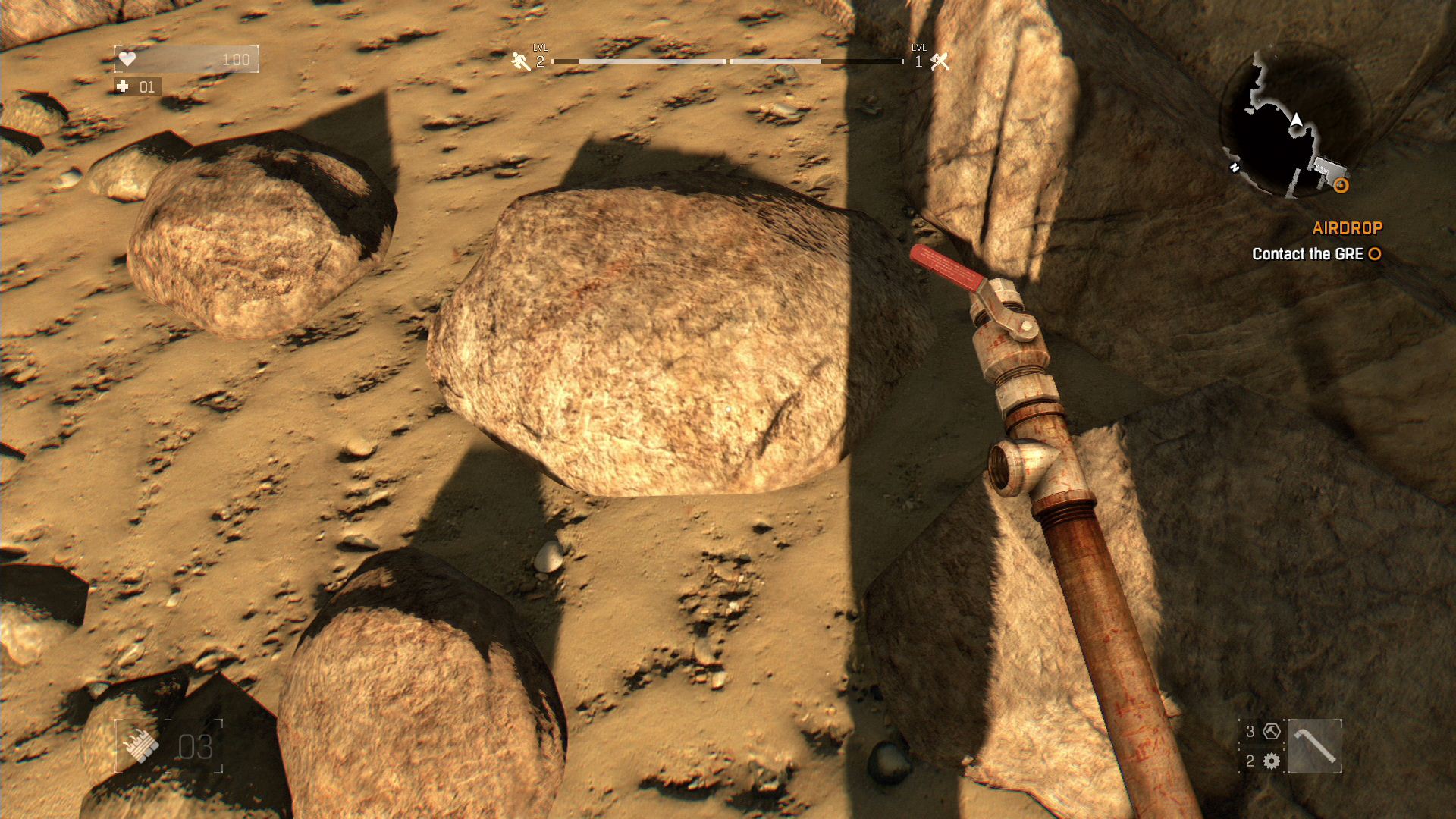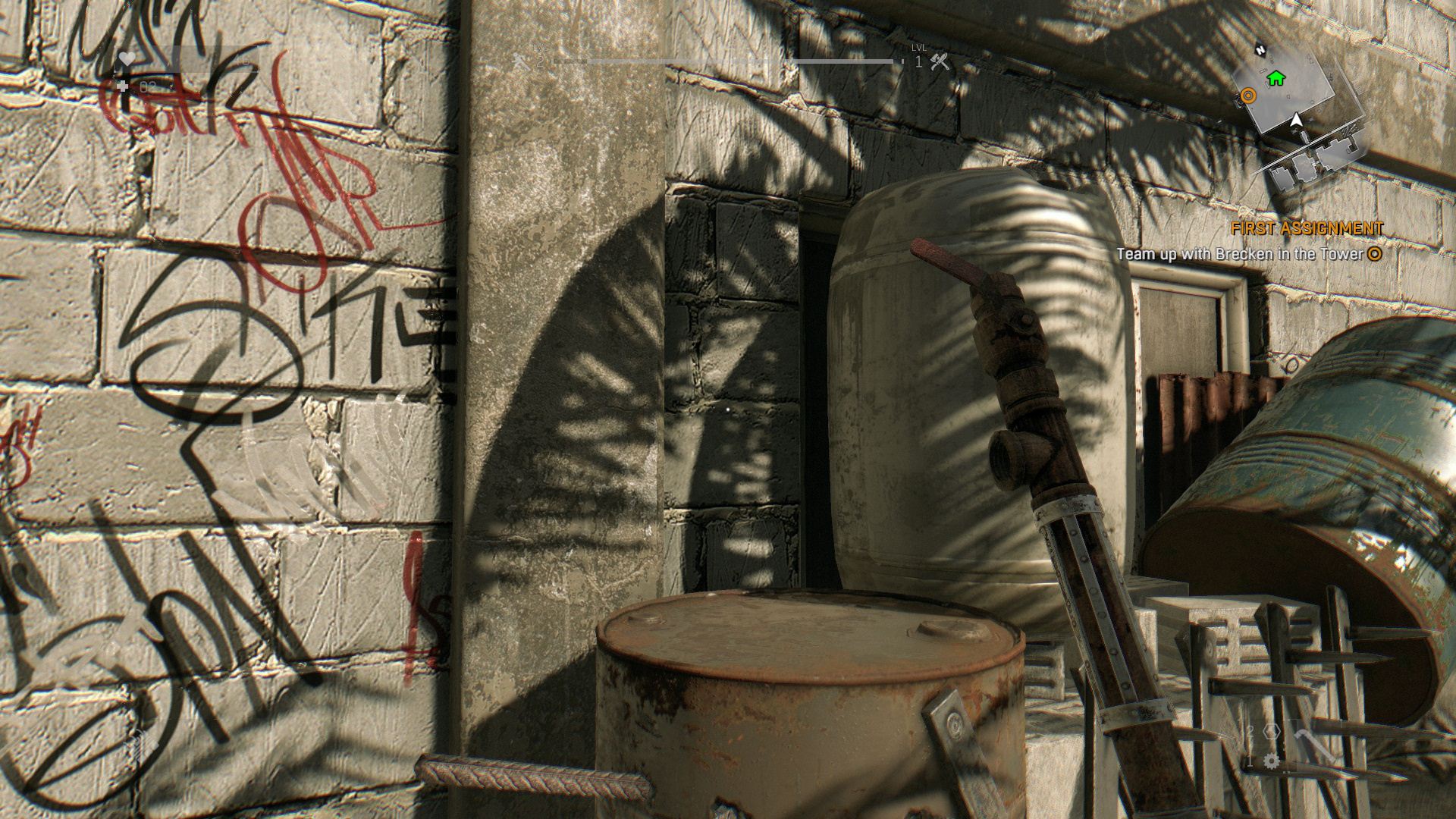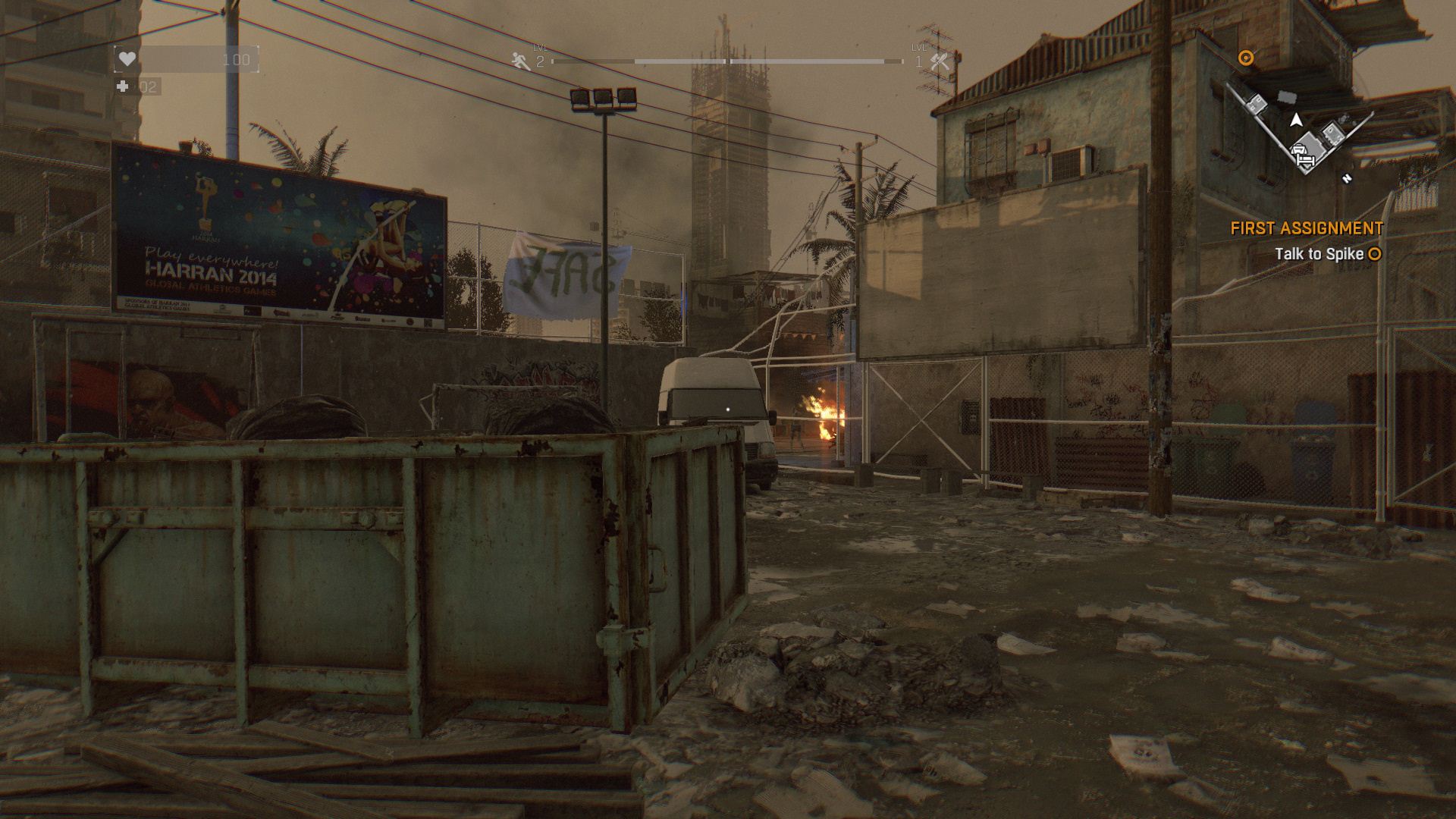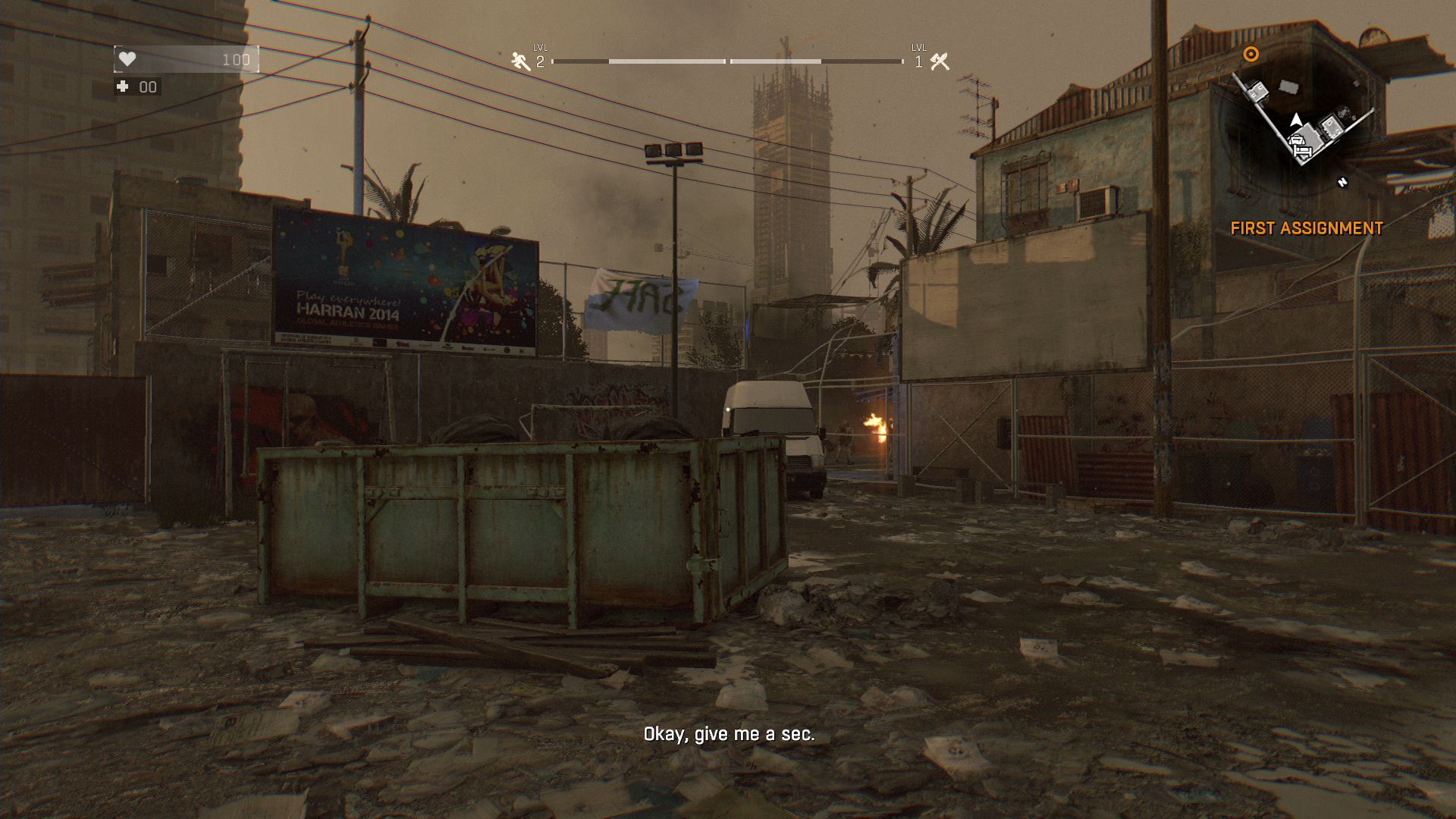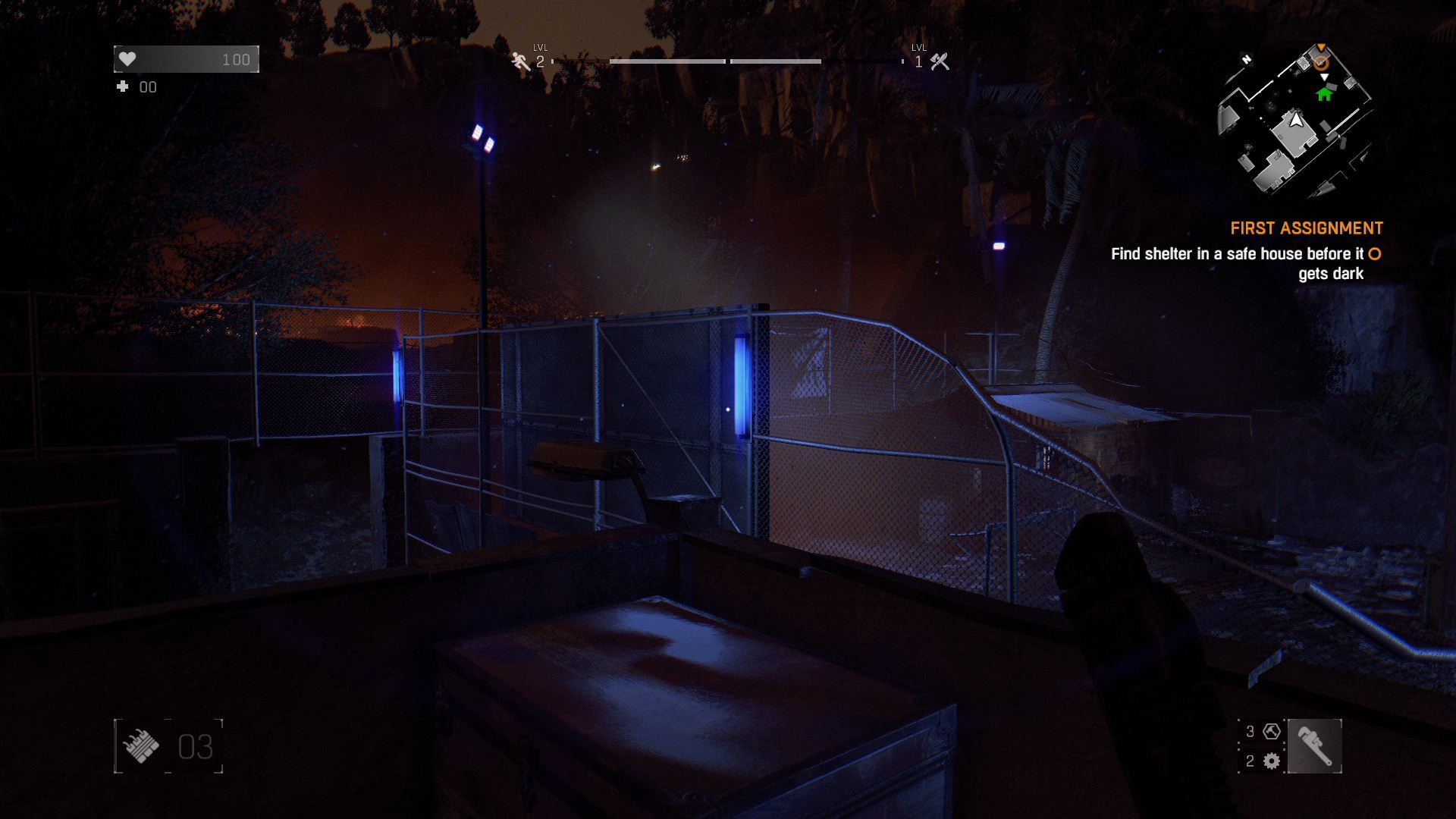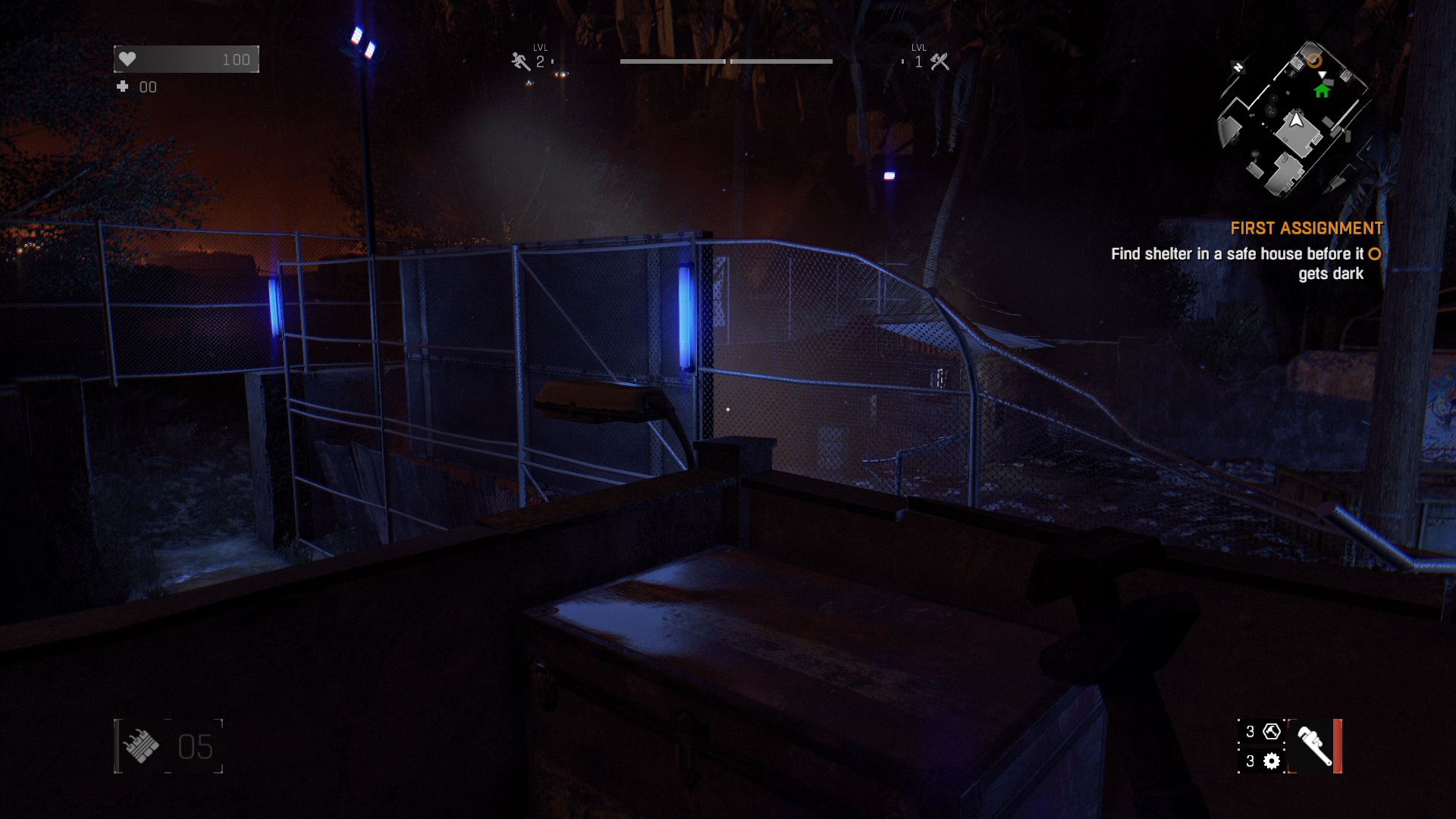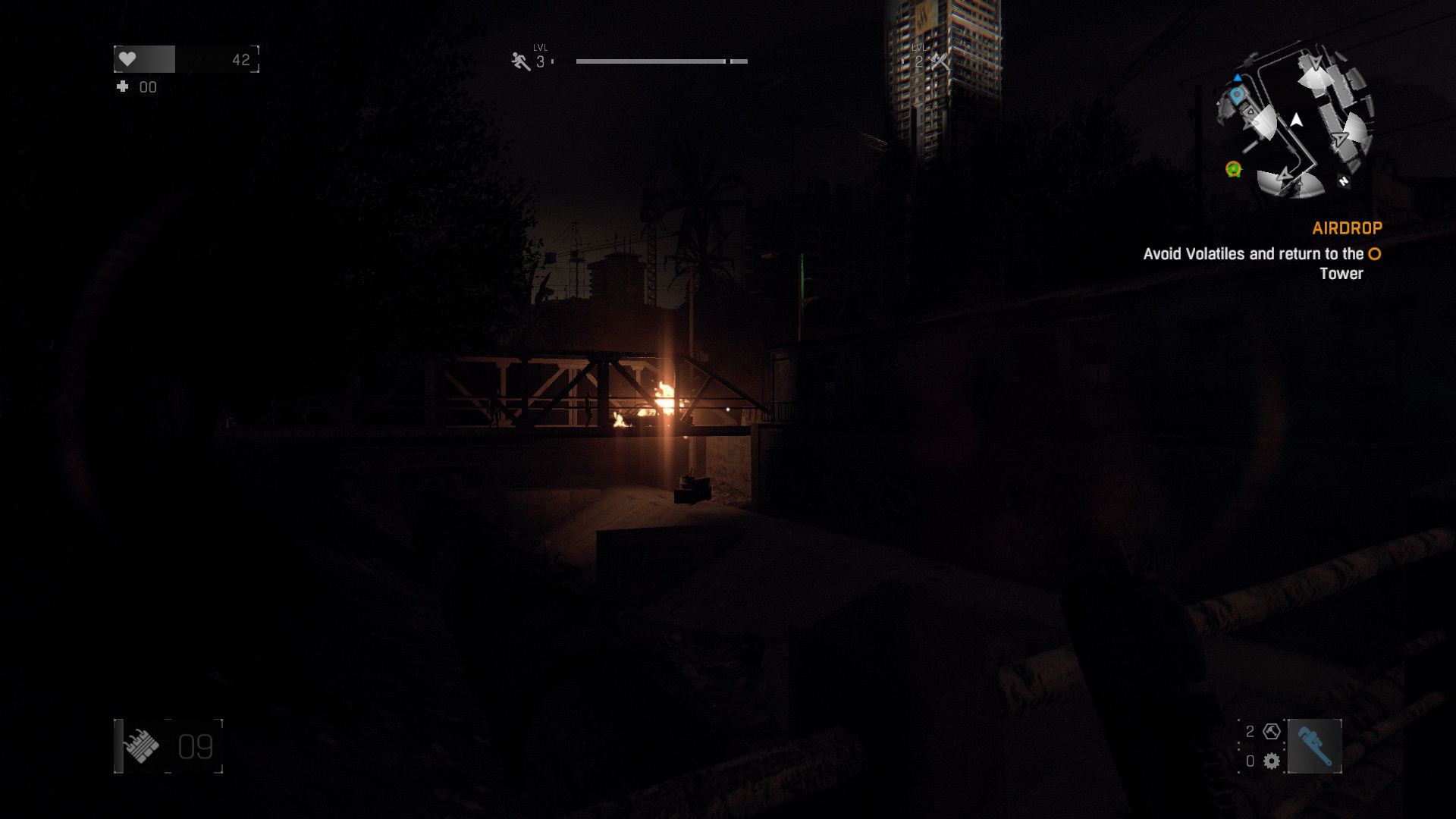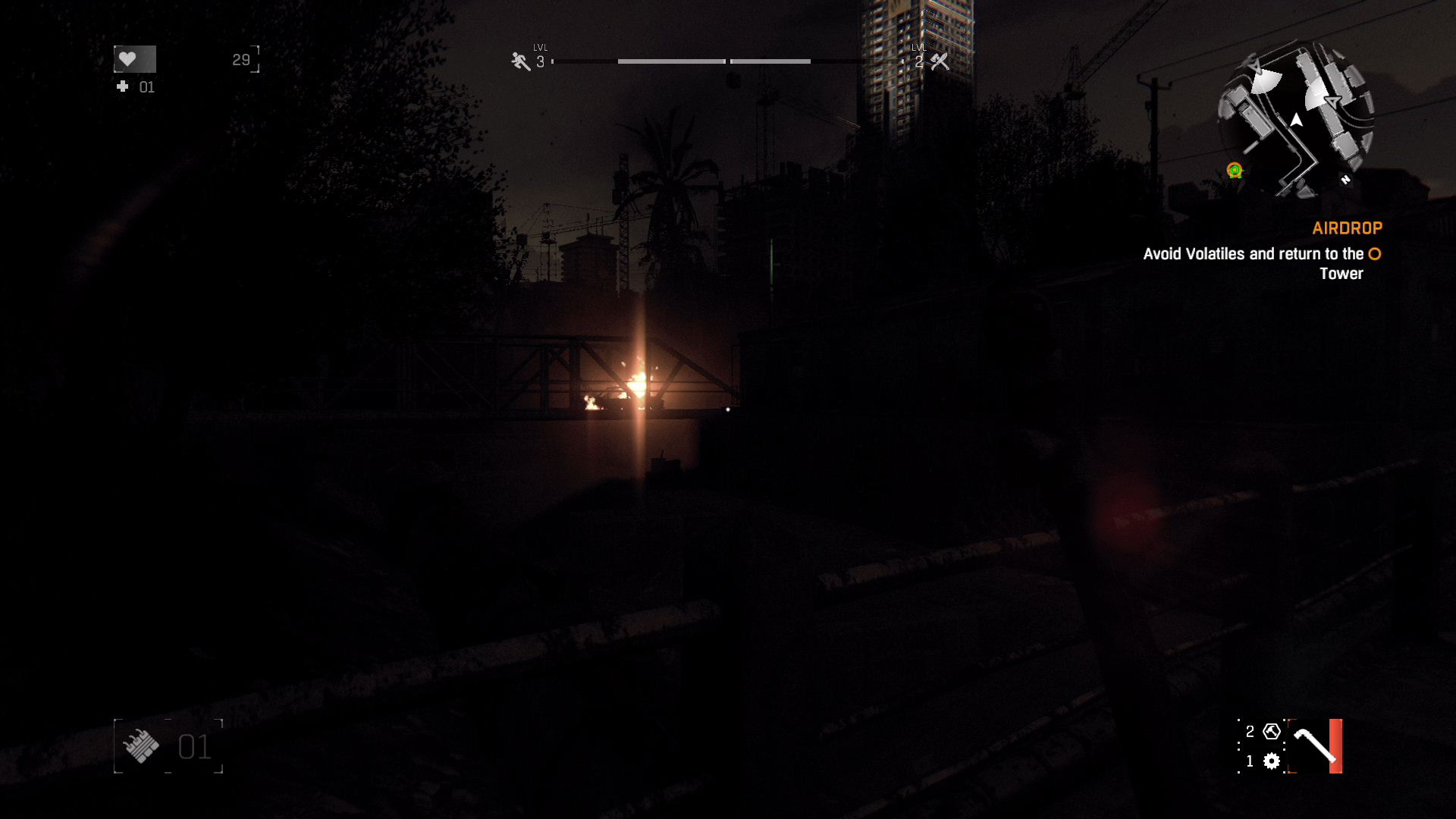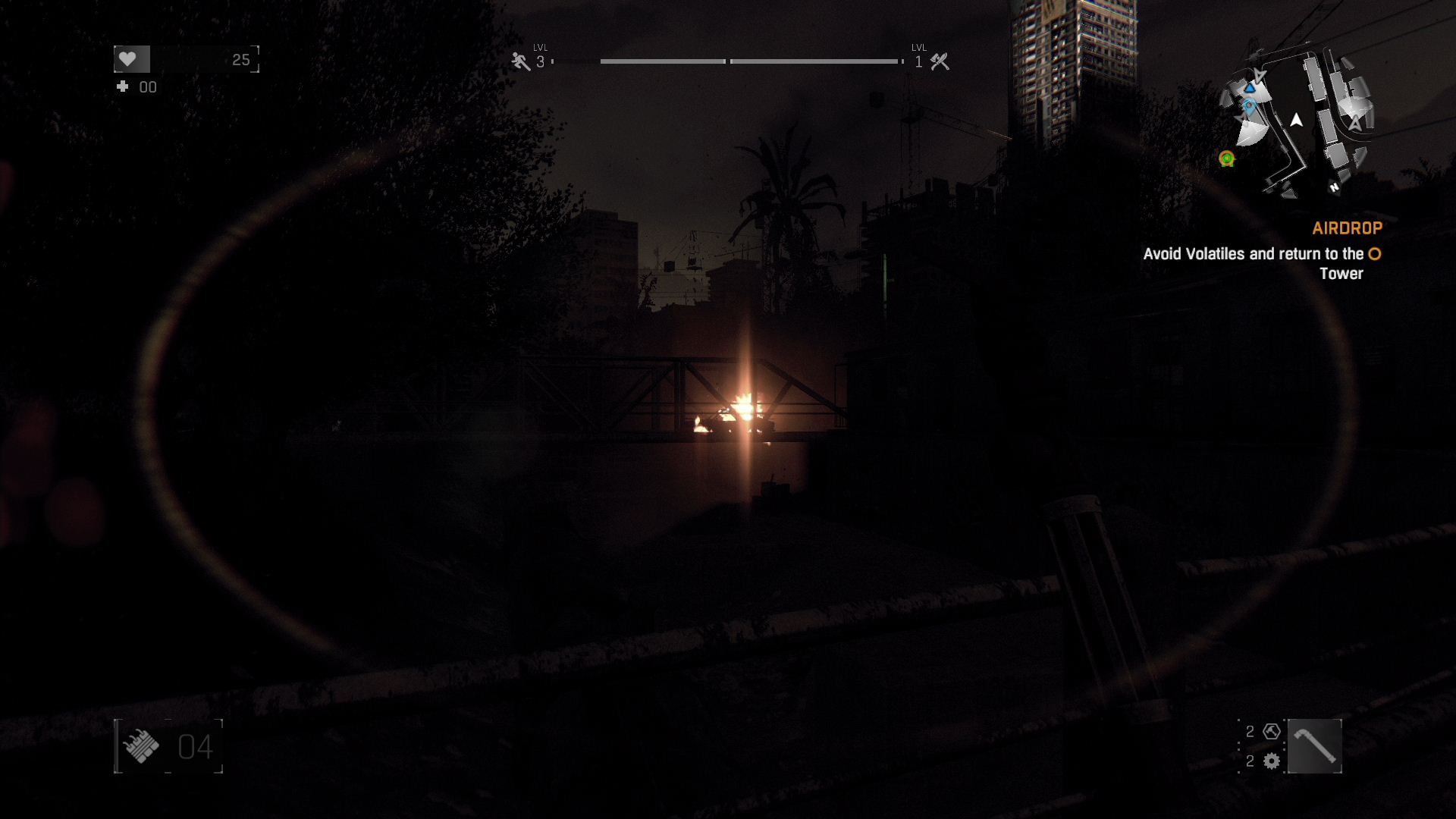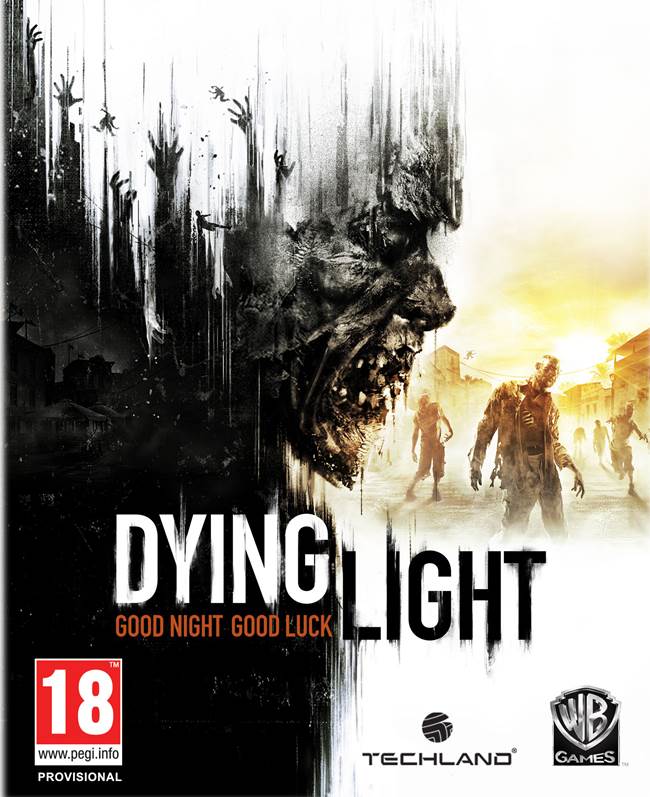
Dying Light has been the quite the flavour of the month. This could be due to the numerous problems plaguing its initial release, such as the first delay, dropping the PS3 and Xbox 360 versions and then the delay of physical retail copies outside of North America, but there has been plenty of talk about its visuals as well. It all started innocently enough – developer Techland revealed that it was targeting 1080p and 60 FPS on the PS4 and Xbox One versions. This wasn’t to say that these settings were locked beforehand. Later, it was announced that Dying Light actually had a locked 30 FPS frame rate while maintaining its 1080p resolution.
With all the optimization that was done, it was eventually decided that 30 FPS provided the best frame rate all around and thankfully, the trade-offs weren’t huge since both the PS4 and Xbox One supported SMAA T2X anti-aliasing as well. There shouldn’t have been any major surprise when we found out that the PS4 and Xbox One versions were at first nearly identical.
Over 14 minutes of gameplay comparison between PS4 and Xbox One versions.
Over 12 minutes of gameplay comparison between PC and PS4 versions.
Over 14 minutes of gameplay comparison between PC and Xbox One versions.
Now that we’ve had significantly more time to analyse both console versions and the PC version, which one stands out as the best-looking version of Dying Light? Does the PC win out with its potential for more powerful hardware utilization? How identical are the PS4 and Xbox One after all? For that matter, what does Techland do to properly simulate the feel of being chased by dozens of zombies across rooftops?
Dying Light on PS4 and Xbox One is interesting right off the bat when you look at its 1080p resolution. PS4 users can take comfort in having the slightly superior version since it uses native 1080p. The Xbox One version runs at a resolution of 1536×1080, so it sticks out every now and then when it comes to image quality.
That being said, the trade-off was made to incorporate anisotropic filtering on the Xbox One to give it that extra bit of detail. Oddly enough, the PS4 version lacks anisotropic filtering. We’re not sure why this was done for only one version but it is intriguing. Perhaps Techland found it easier to run AF on a reduced native 1080p resolution and obtain the same amount of detail as the PS4 version’s native 1080p?
Please note that the images below are compressed. If you want to see uncompressed images, please find them here. Please note that each uncompressed image is around 6MB.
The first image in the row is from the PC version, followed by Xbox One and PS4.
One can only wonder but that doesn’t change the fact the PS4 version is superior in some ways. The SMAA T2X anti-aliasing results in a sharper image on the PS4. Draw distance is also slightly better but it’s one of those things that requires a side-by-side comparison to really notice.
In terms of volumetric effects, the PS4 and Xbox One versions are virtually identical. Aside from the obvious differences in resolution and AF implementation, texture quality on both consoles are similar to those on high settings for the PC version. Volumetric effects such as wind and smoke look the same and Techland incorporated an ample dose of depth of field and motion blur during the high-speed parkour segments. It certainly helps build that sensation of speed, which only accentuates the fact that multiple monsters are attempting to eat you.
What doesn’t help is the inconsistent frame rate on both the Xbox One and PS4. The latter hovers around 30 FPS and sees a few drops at times. For the most part, it’s nothing debilitating but on the PS4, you’ll see frame judders every now and then. This is where the frame rate jumps from 30 FPS to 45 FPS at times. It’s irritating at times and certainly doesn’t help the PS4 version’s movement.
One should also note that both consoles have a fair amount of shadow dithering where the shadow textures come off as grainy.
The first image in the row is from the PC version, followed by Xbox One and PS4.
Oftentimes when building a AAA title for PC, it’s important to emphasize optimization and stability over a full suite of options. This isn’t to say that developers shouldn’t tag on a few bells and whistles but it’s important to get the game running above all.
That being said, we’re baffled that there aren’t any options for anti-aliasing on the PC version of Dying Light. It also utilizes SMAA T2X just like the console versions. We can only speculate as to why Techland didn’t provide other AA solutions and while it doesn’t look horrible, it certainly handicaps the visual fidelity that Dying Light could achieve on PC.
Another annoying aspect of the PC version is how some objects seem to have inferior detailing compared to the console versions. Visual artefacts abound in these instances but are noticeable absent on the Xbox One and PS4.
For comparing the Xbox One and PS4 to the PC version, we decided to test Dying Light on six configurations. An Intel Core i7-5960X clocked at 3 GHz with 16 GB RAM was employed with all settings dialled up and resolution set to 1080p.
The average frames rates across GPUs certainly pointed to Techland’s focus on optimization across a variety of GPUs. The Radeon R9 290 with 4 GB VRAM averaged 69 frames per second; the GeForce GTX 780 Ti 3 GB came close with 67 frames per second while the GeForce GTX 780 3 GB averaged 54 FPS. The GeForce GTX 680 2 GB delivered 46 frames per second, the Radeon HD 7970 an average of 41 frames per second and the Radeon HD 7850 2 GB averaged 34 FPS.
As seen from the results above, the game scales pretty well across a variety of GPUs, delivering a visually strong experience with frame rates above the 30 FPS standard on consoles.
The lack of AA options in the PC version is a bit baffling.
Dying Light utilizes physical based rendering and global illumination for realistic interactions between lights and objects. The dynamic lighting isn’t on the level of, say, Assassin’s Creed: Unity but it’s still incredibly solid overall. Environmental effects like rain look good but they seem like they could be improved. At the very least, the rain causes objects to moisten up and you’ll notice the differences in glossiness and dryness depending on the weather. Dynamic day/night cycles also look good and manage to actually gel with one’s sense of time (which is important given the dangers that the night can bring).
Techland further impressed us with the post-processing applied to the motion blur and wind – sometimes, you’ll see foliage blowing right by as you run. Foliage density is almost the same on PS4 and Xbox One with the PC version being slightly higher. Screen space reflections are strangely not prominent throughout the game – they exist but on a very small scale.
The first image in the row is from the PC version, followed by Xbox One and PS4.
There is also the odd bit of screen tearing at times across all platforms. It’s also rare but hopefully Techland continues to optimize the title to eliminate them completely. Maybe add a shadow to protagonist Kyle Crane in the meantime since we couldn’t find one.
Dying Light is often cited as being the game Dead Island should have been. In terms of optimization and engine use, it does a far better job with Chrome Engine 6 then Dead Island did with Chrome Engine 5. It paints a fairly good picture for the engine’s future on other platforms.
The Xbox One and PS4 versions do have their share of faults with the frame rate drops, reduced resolution with better AF on the former and better image quality but no AF on the latter. The PS4 version is definitely recommend since its native 1080p looks better than the Xbox One but those frame judders can be annoying.
Those with a good PC are thus advised to opt for the PC version if they want that 1080p/60 FPS experience. Chrome Engine 6 may still need some optimizing and Dying Light does have its fair share of issues to be ironed out across all versions but visually, Techland is off to a good start this generation.
GamingBolt’s Bill Smith also contributed to this article.








